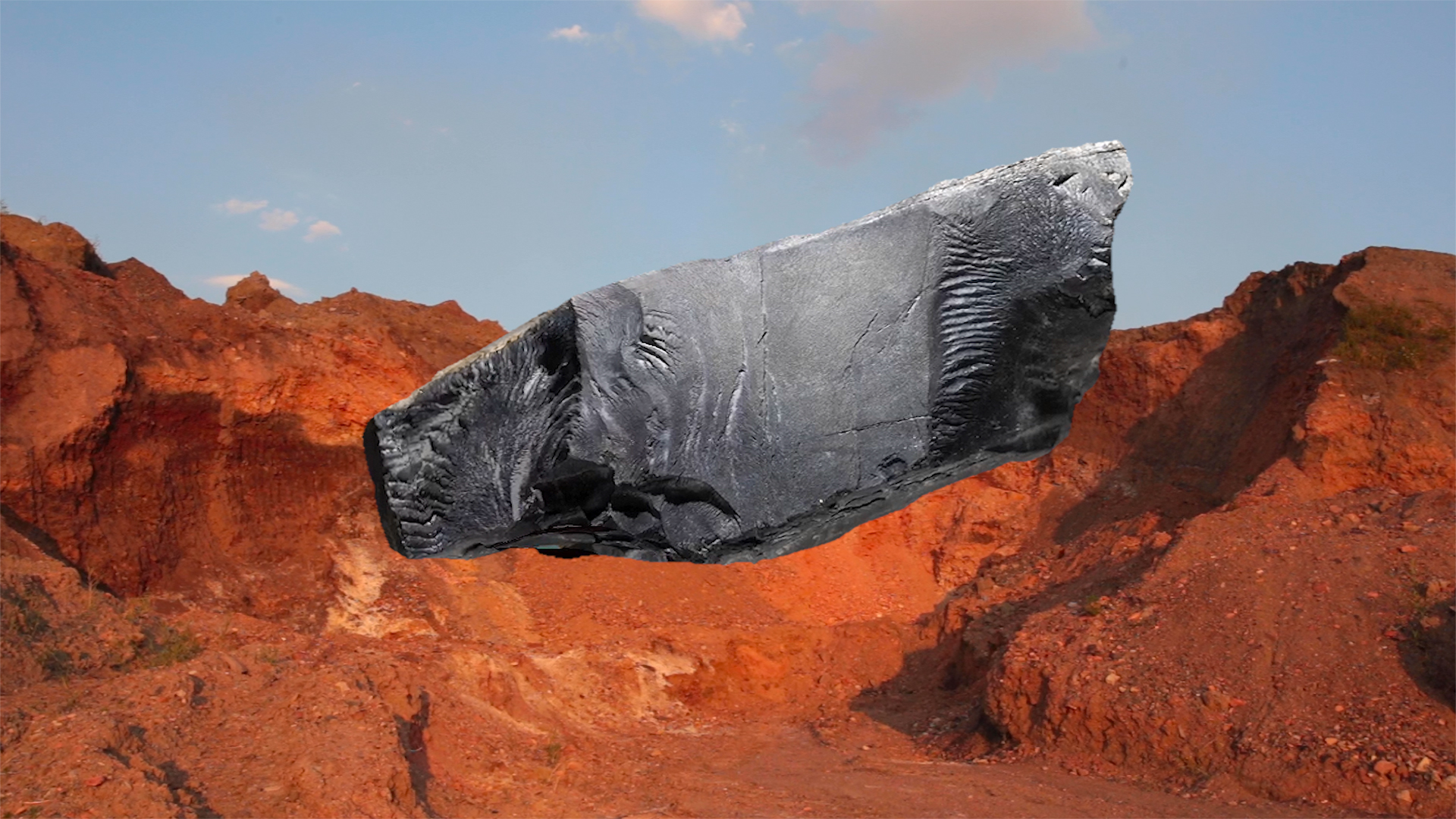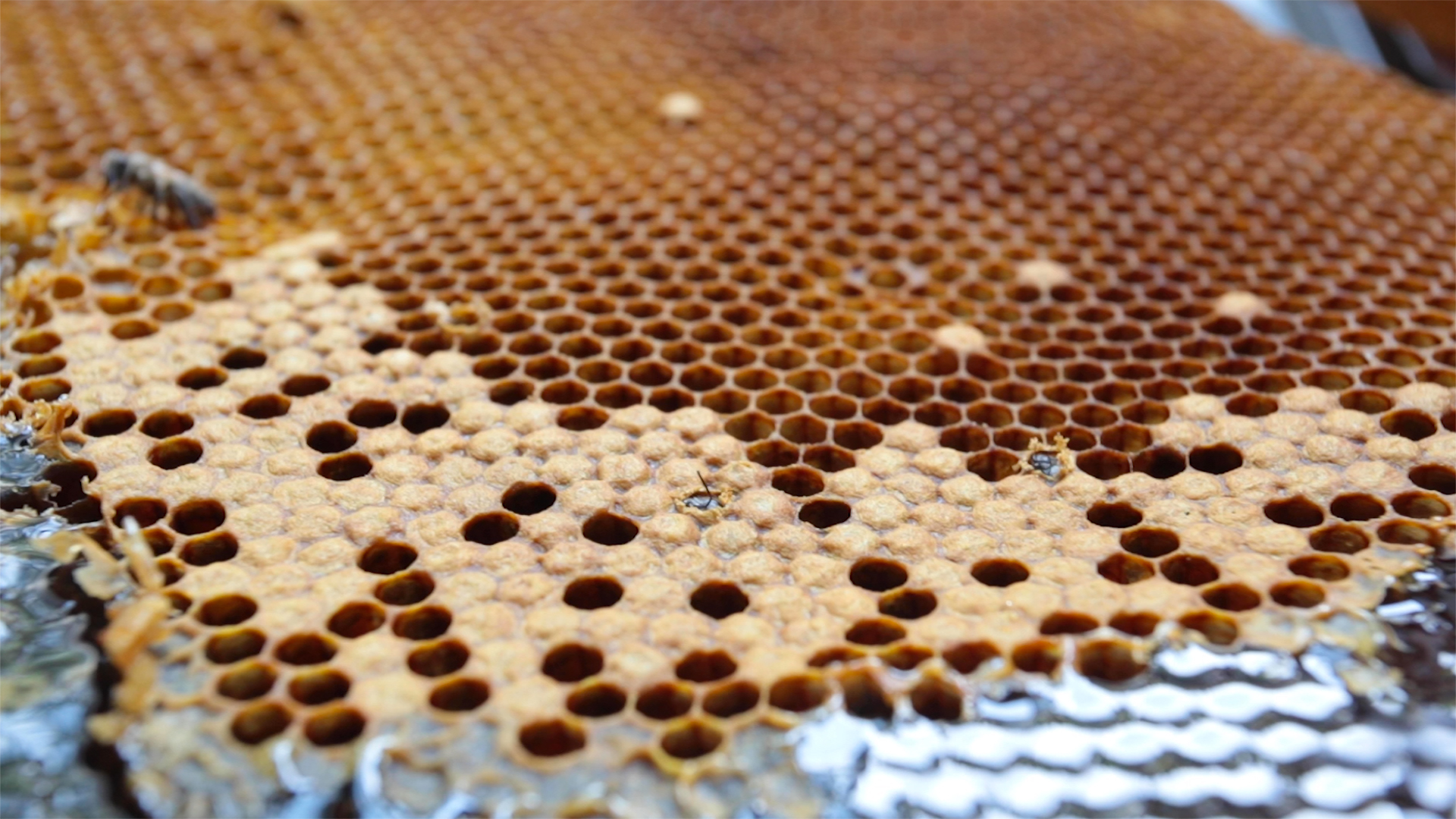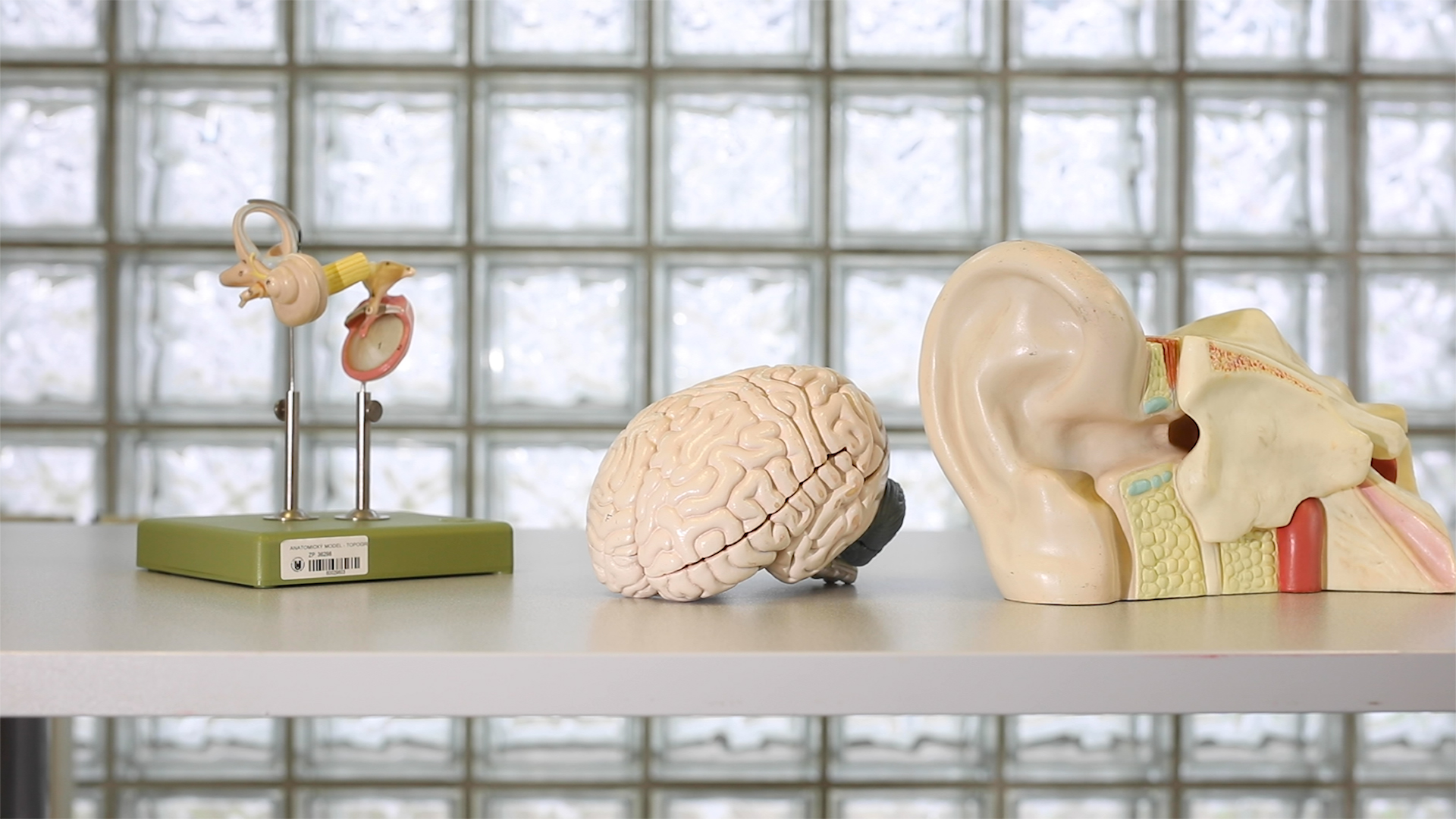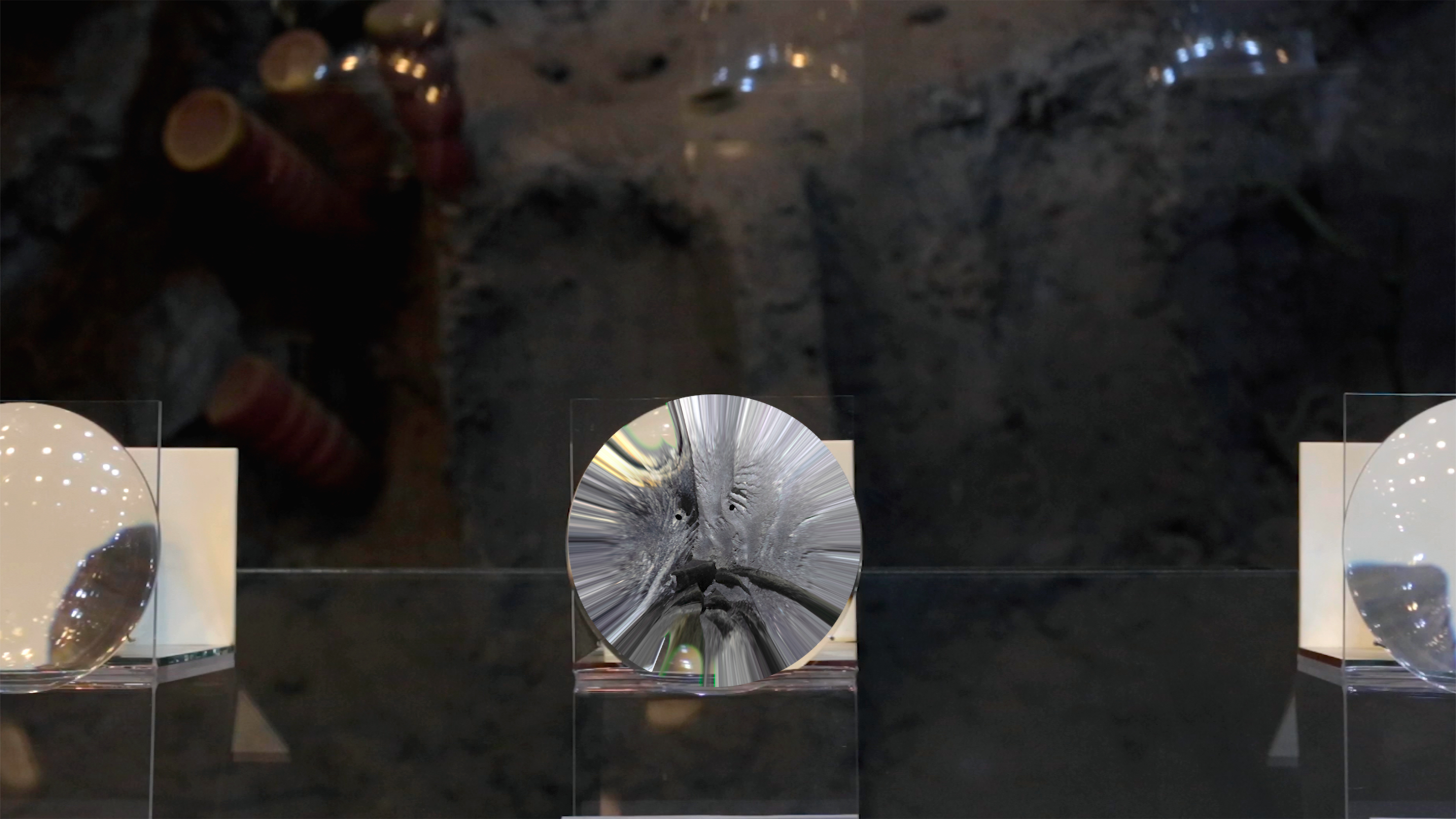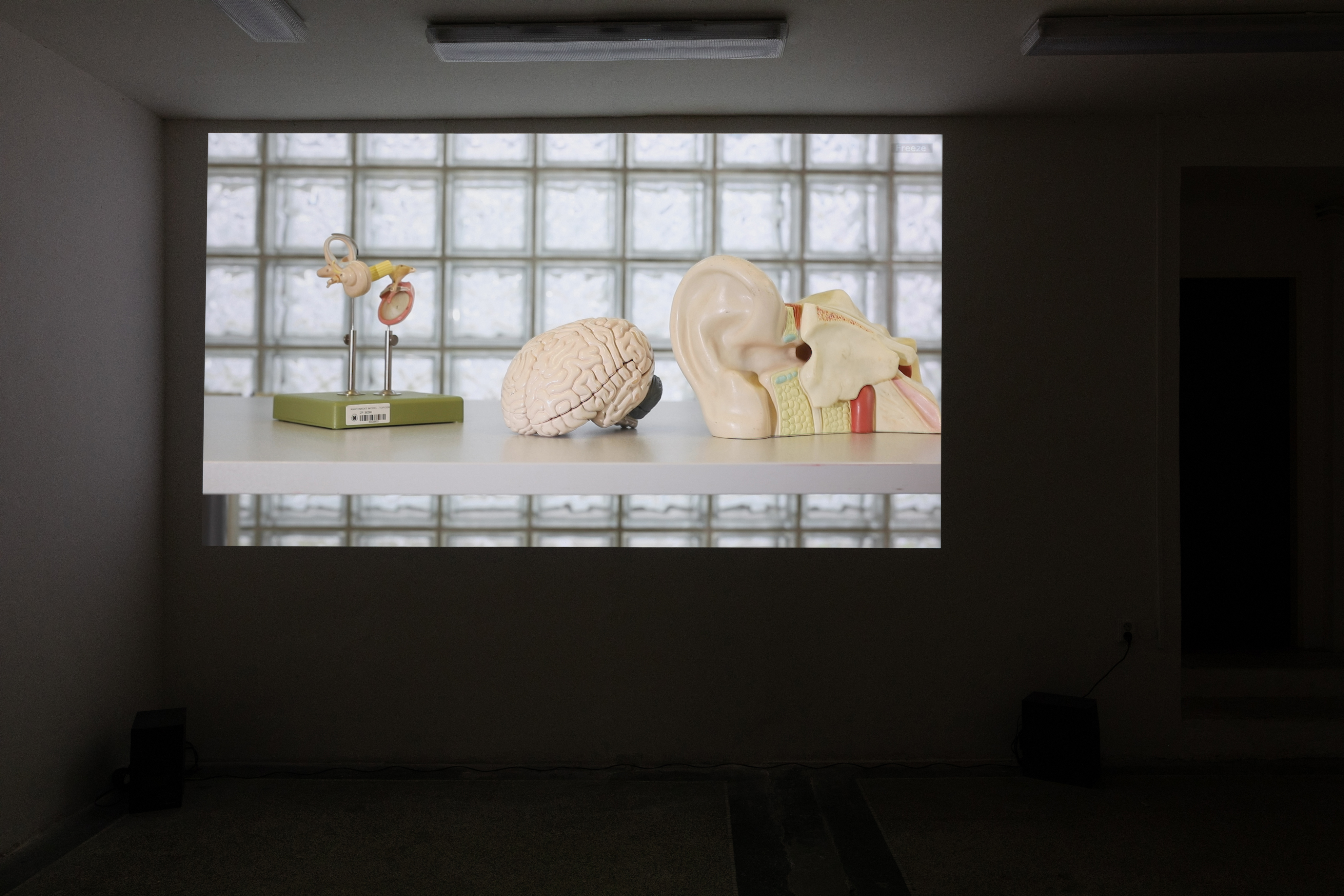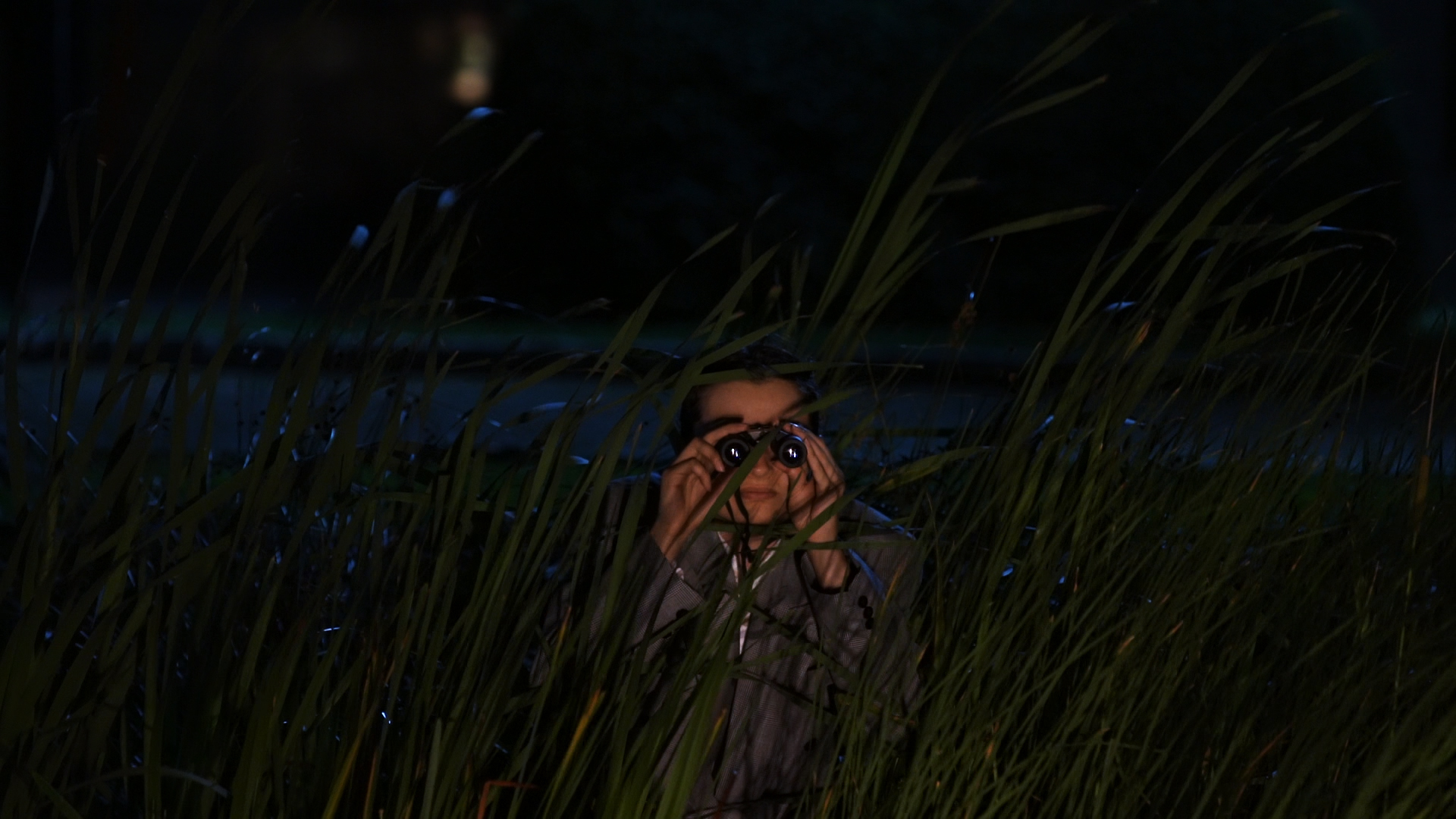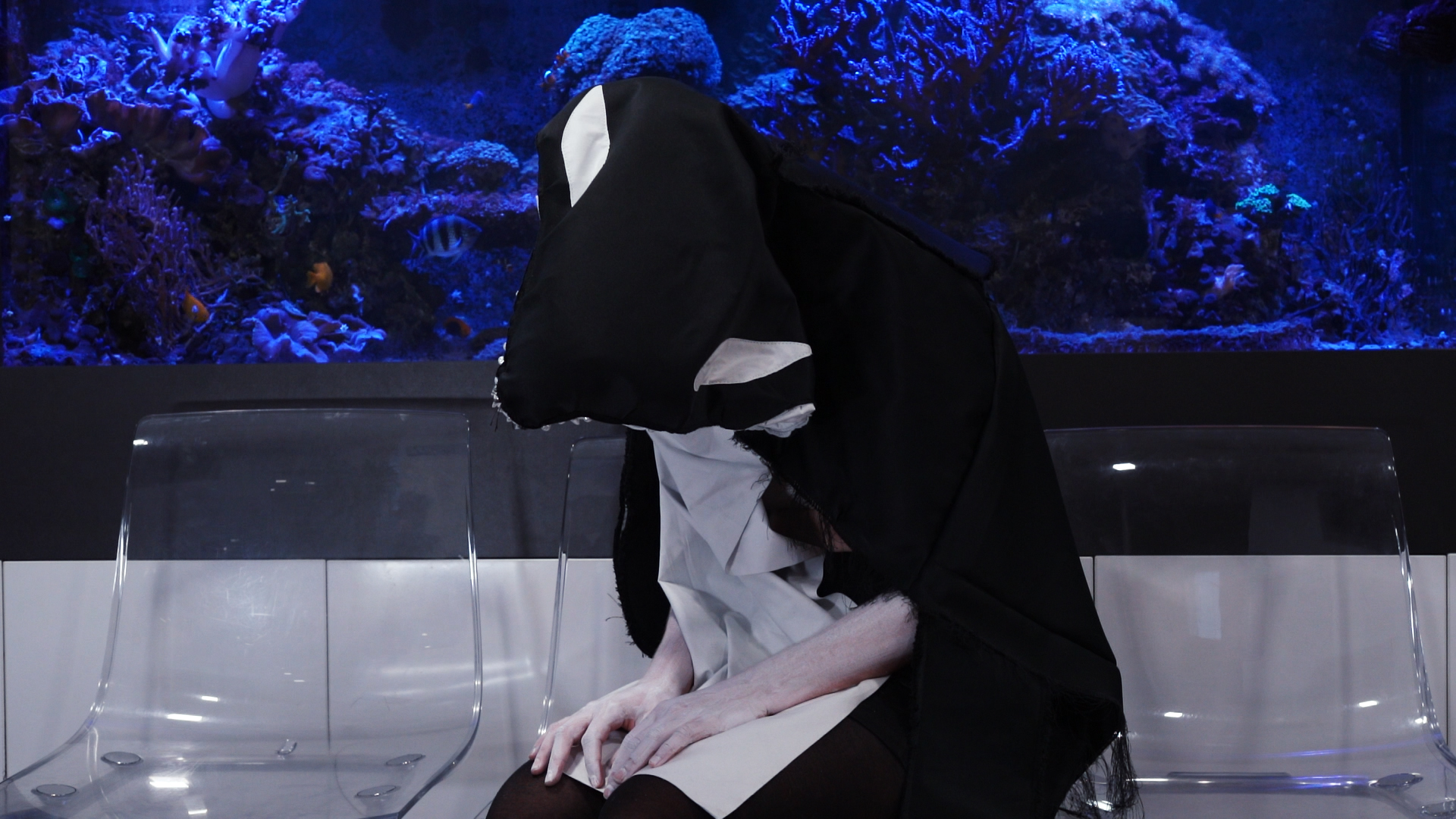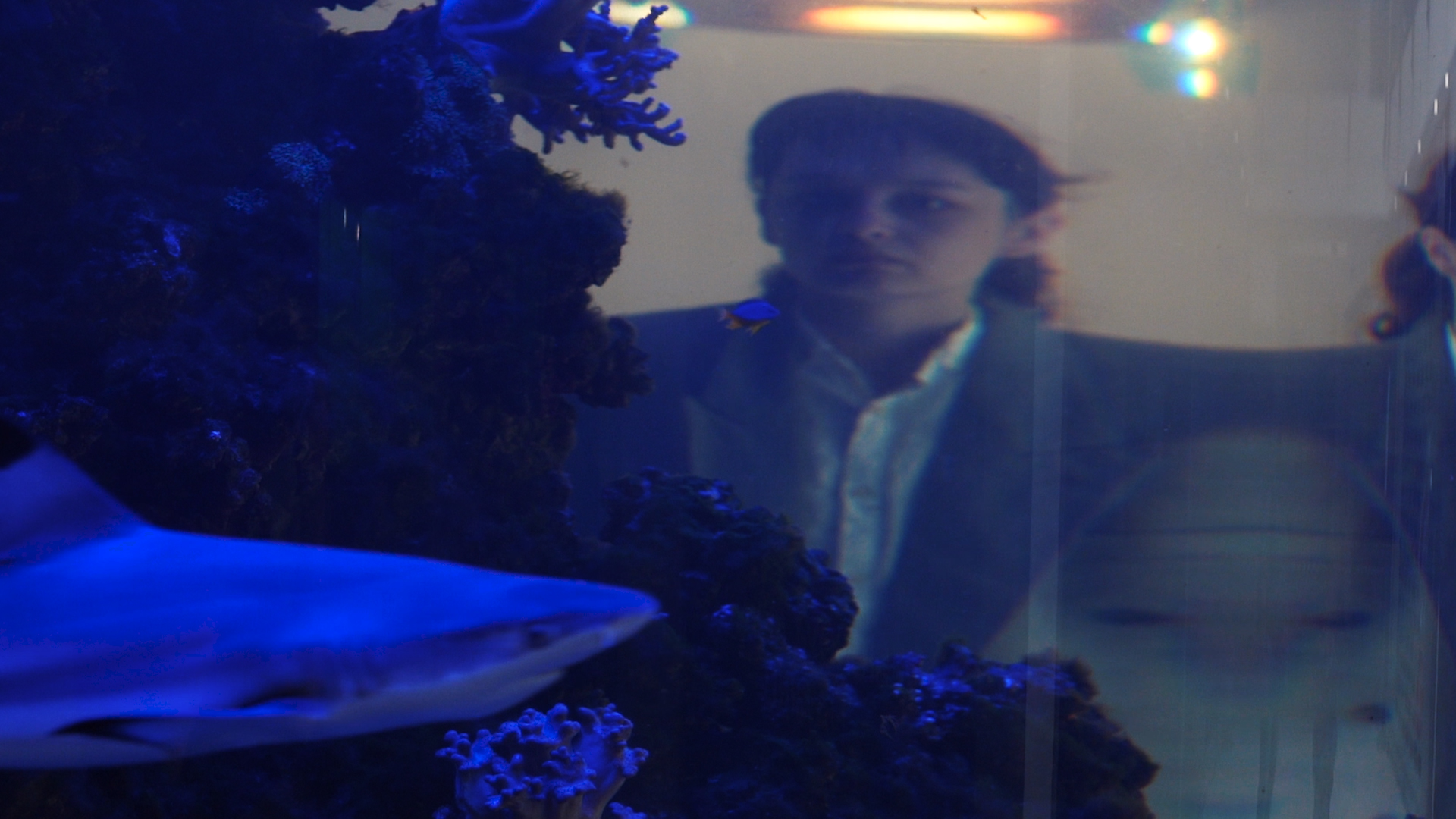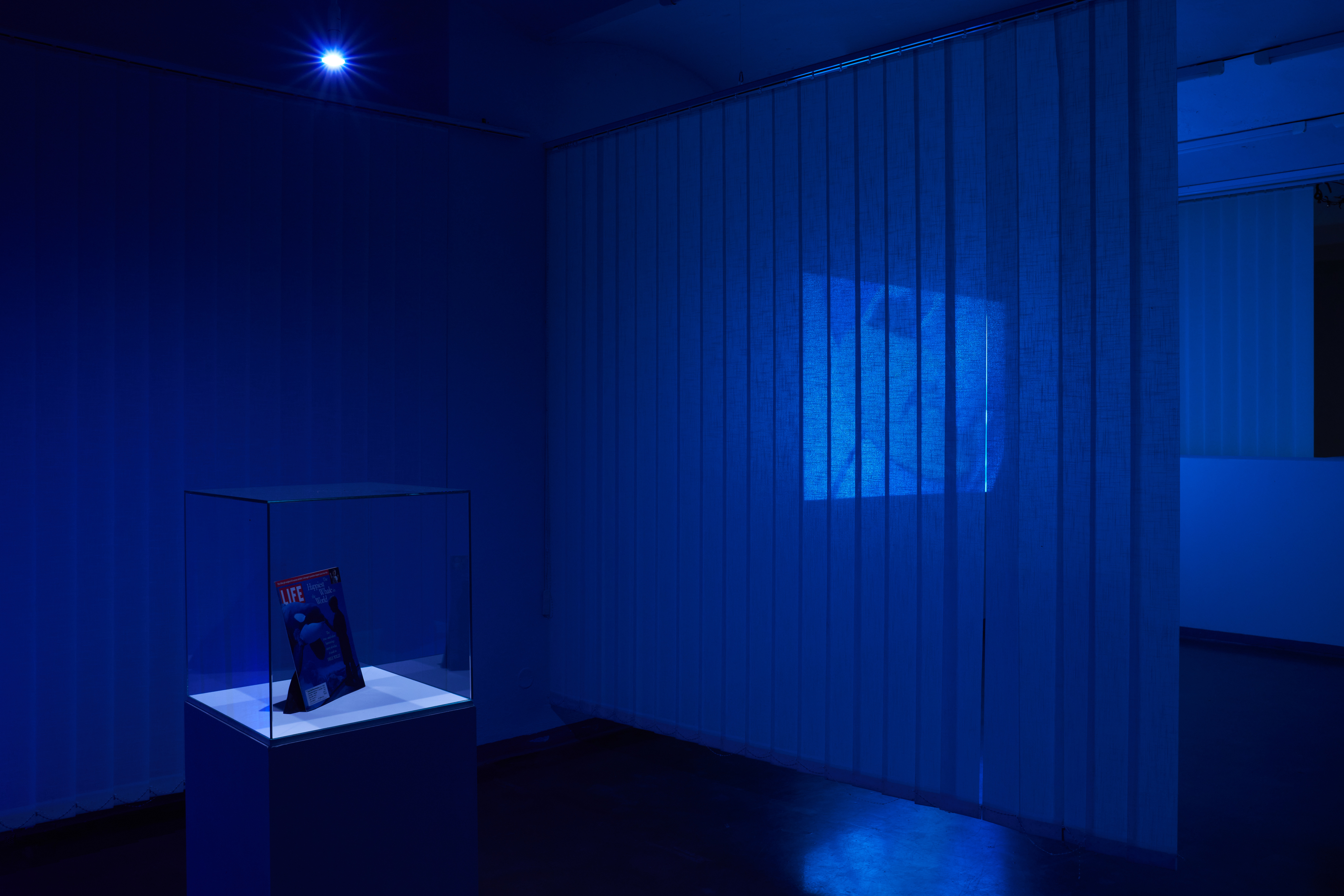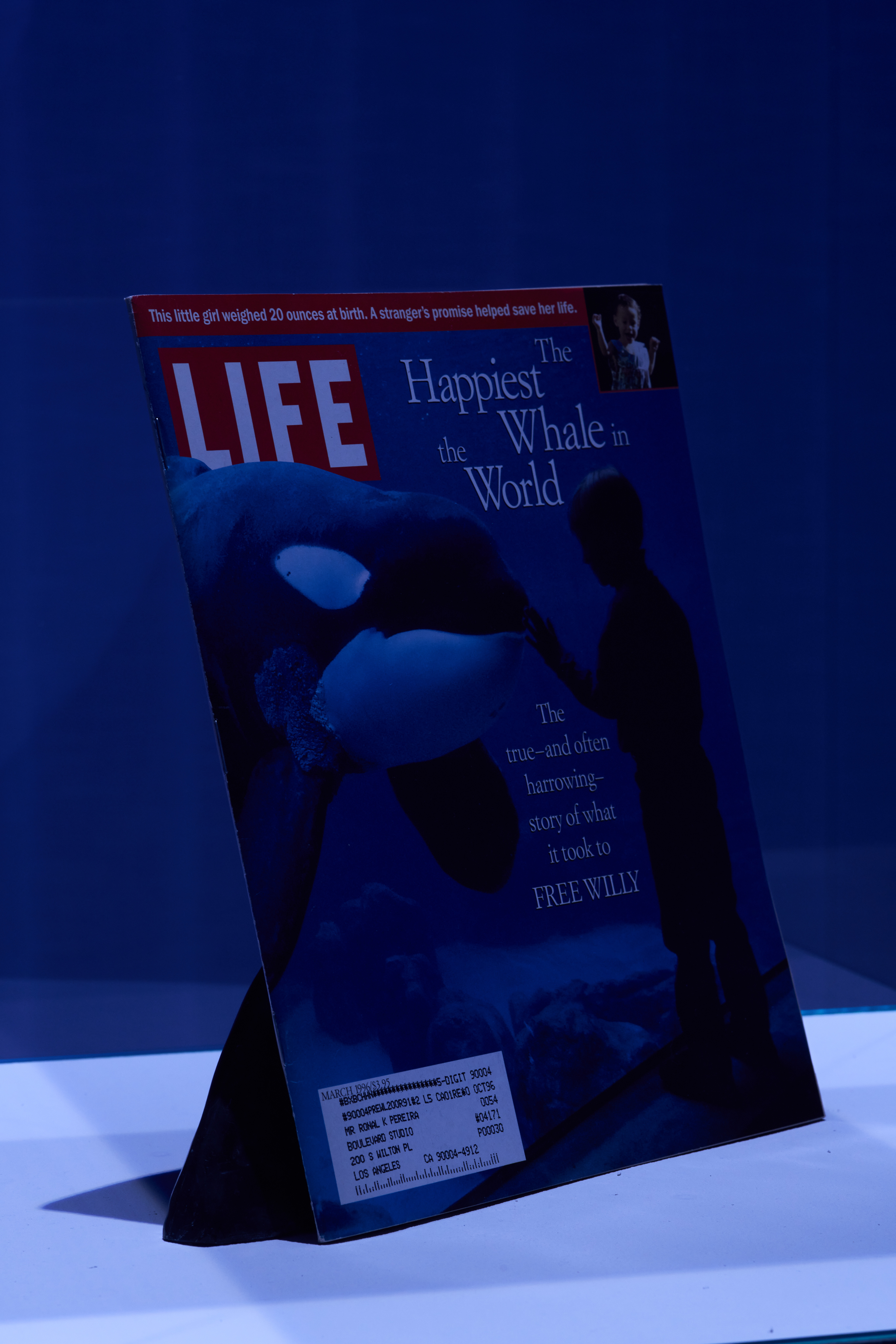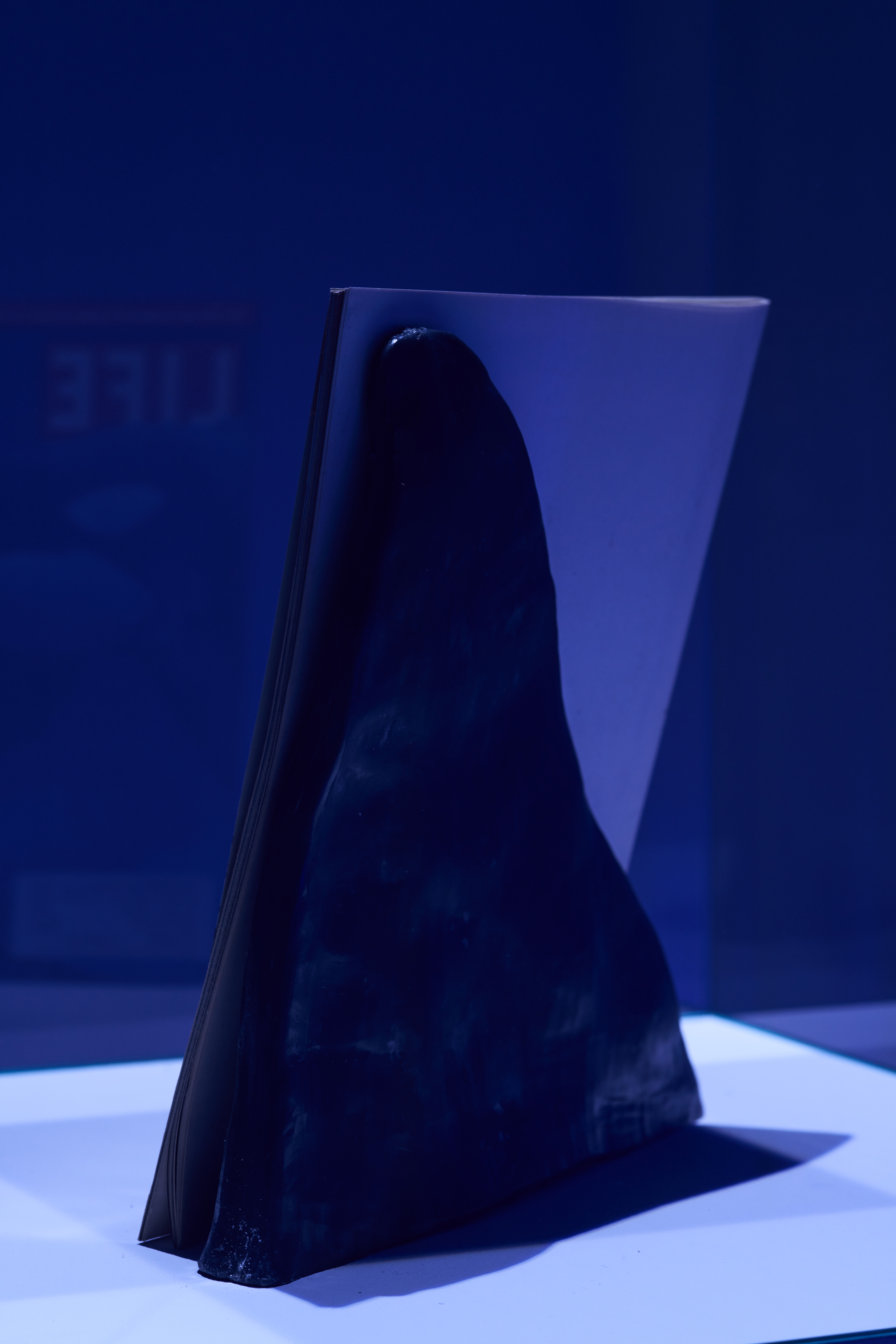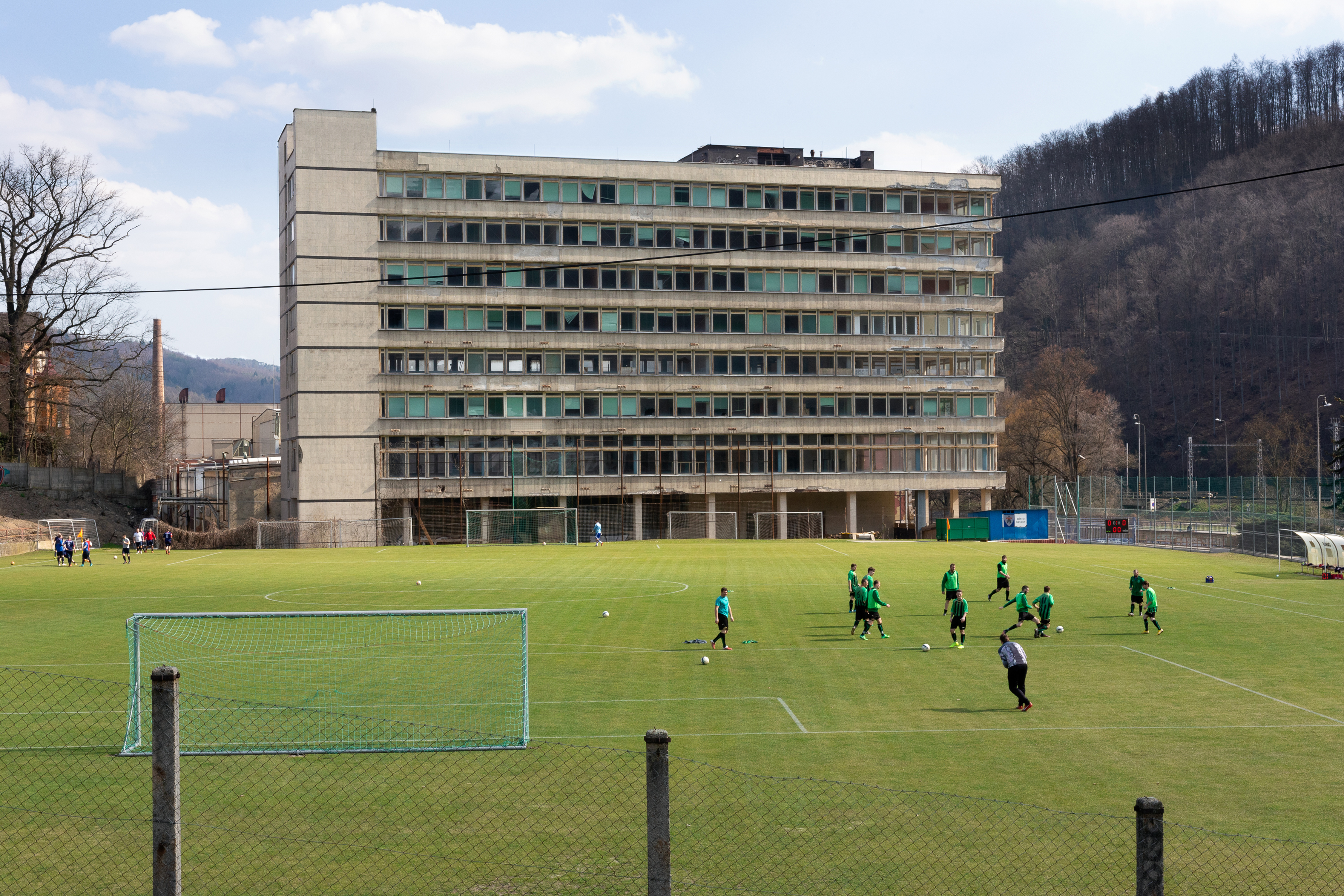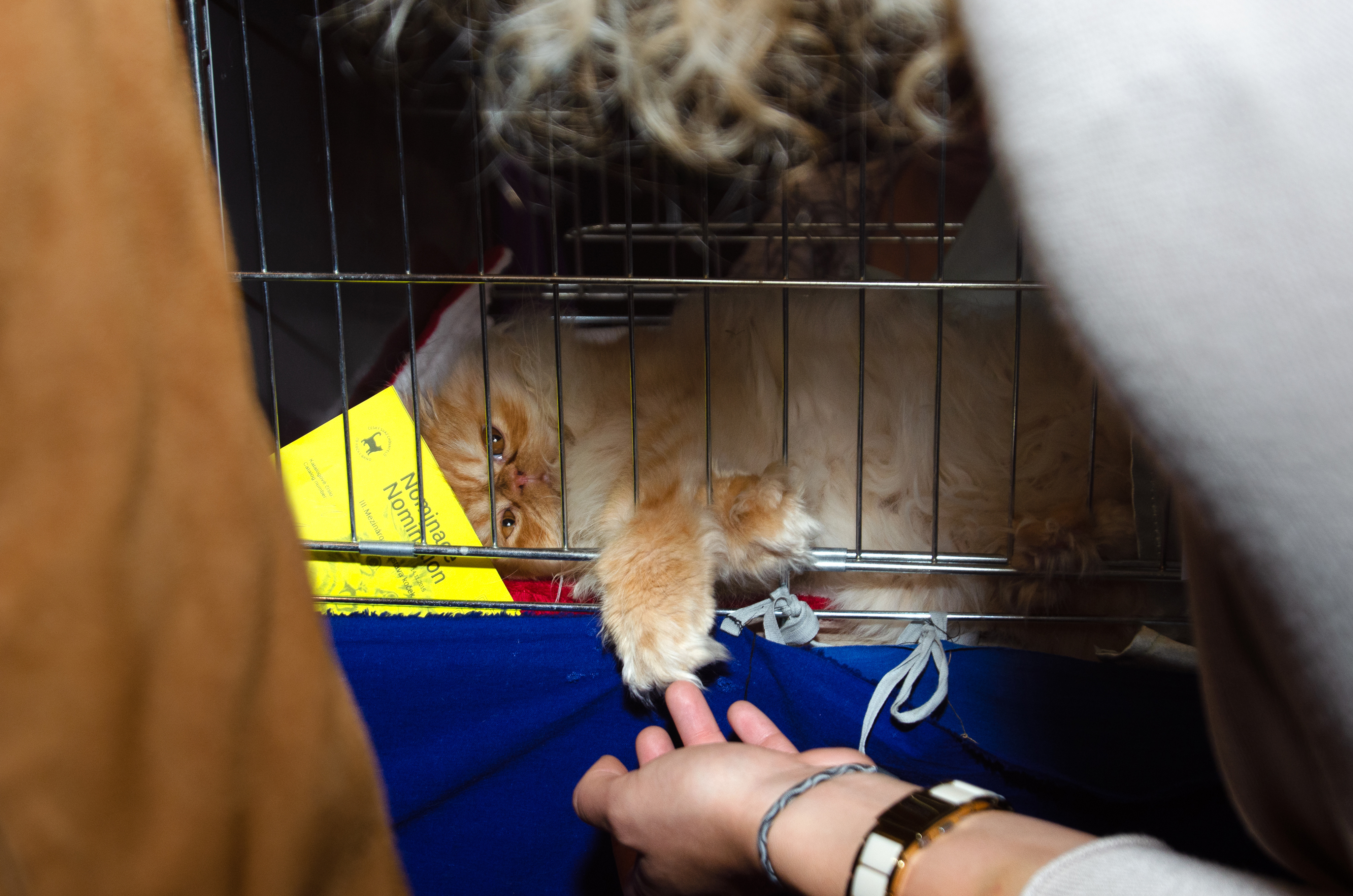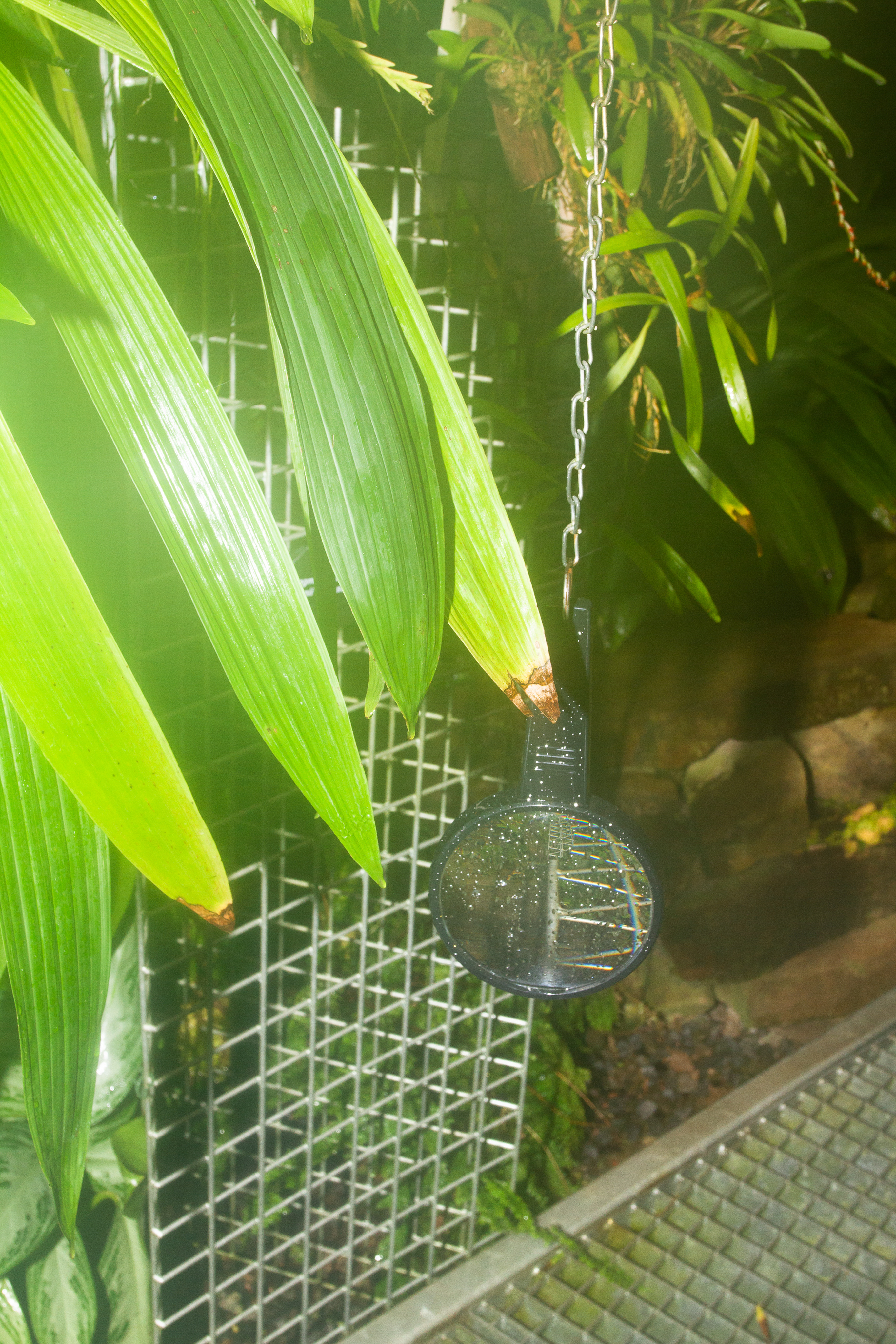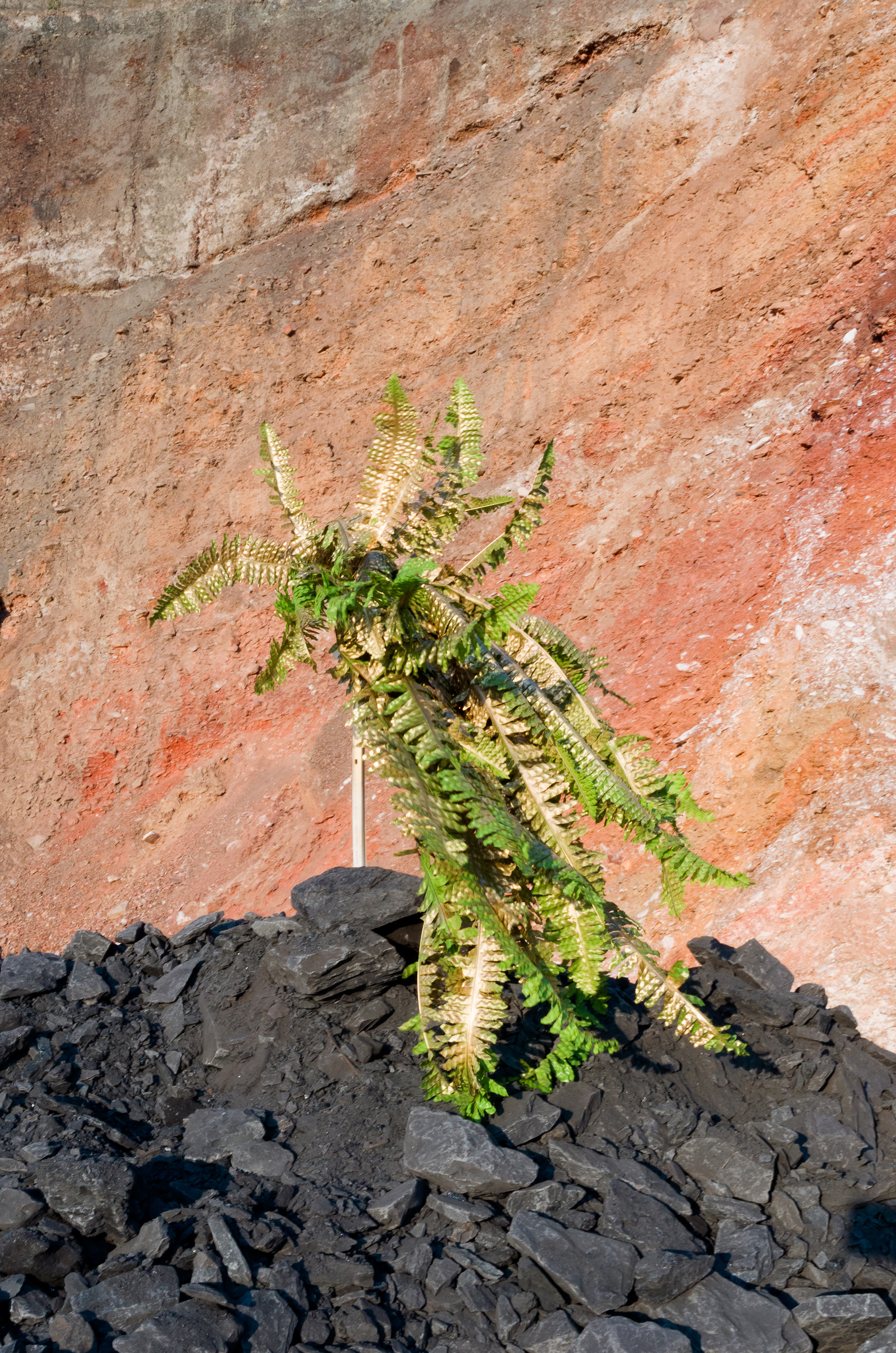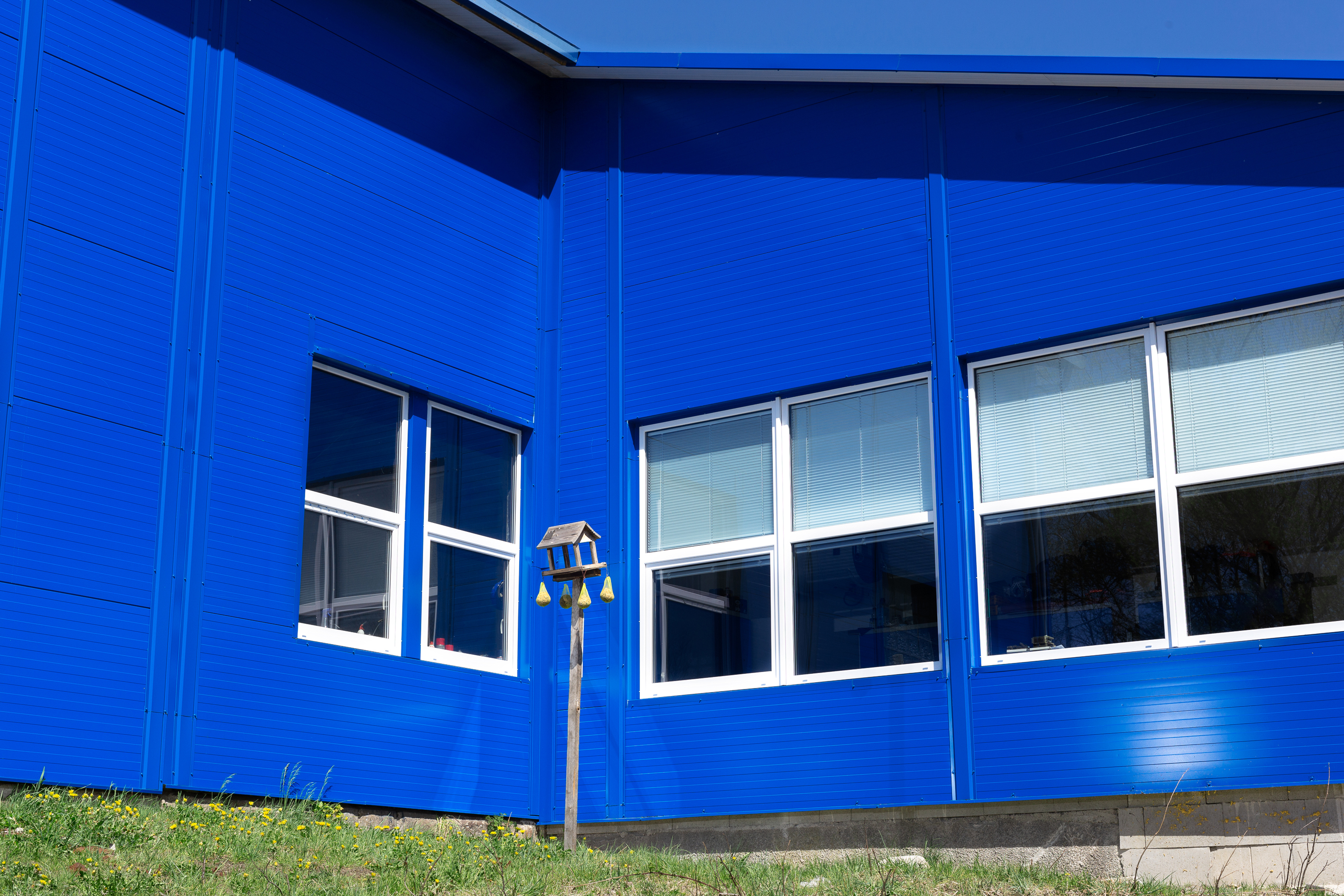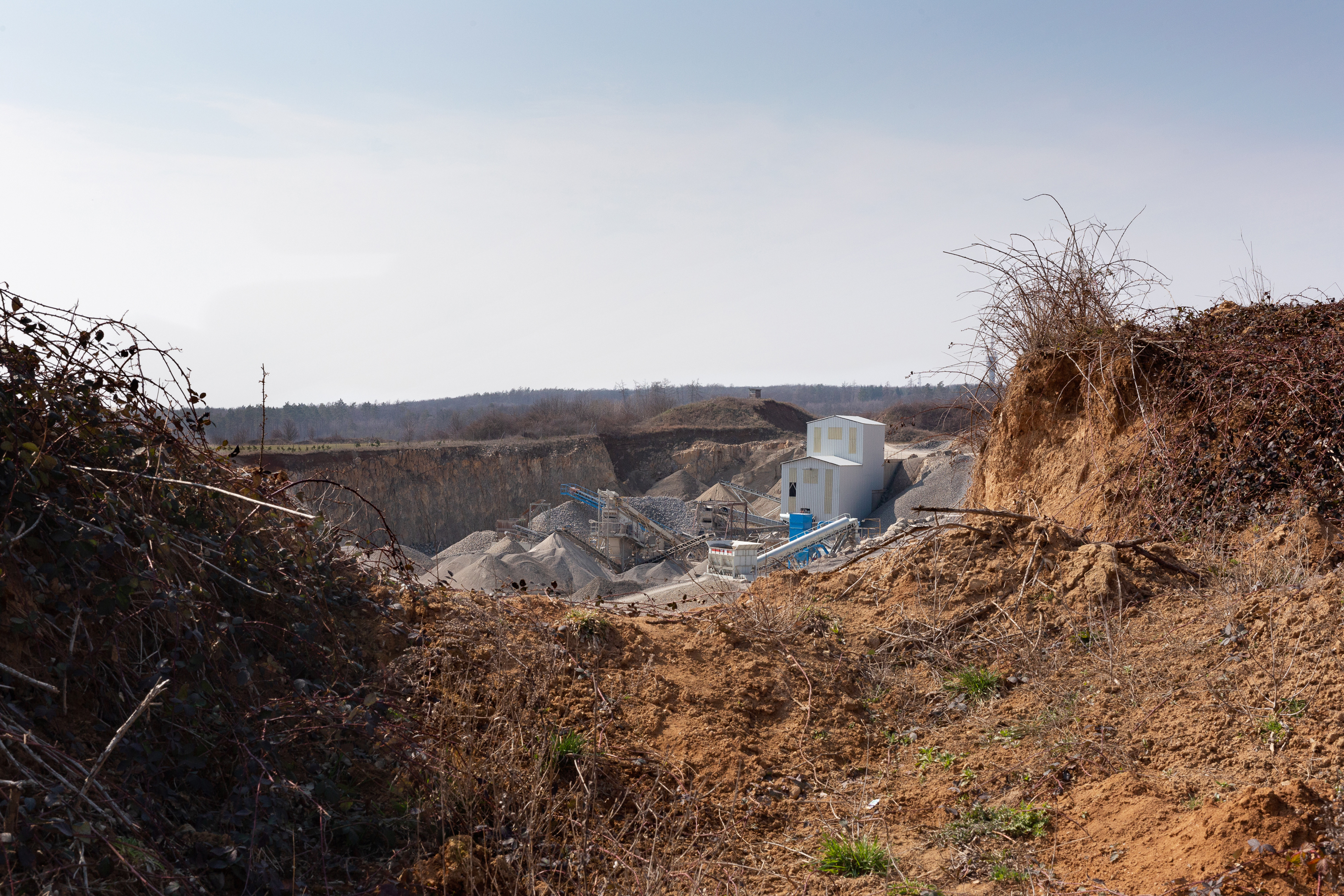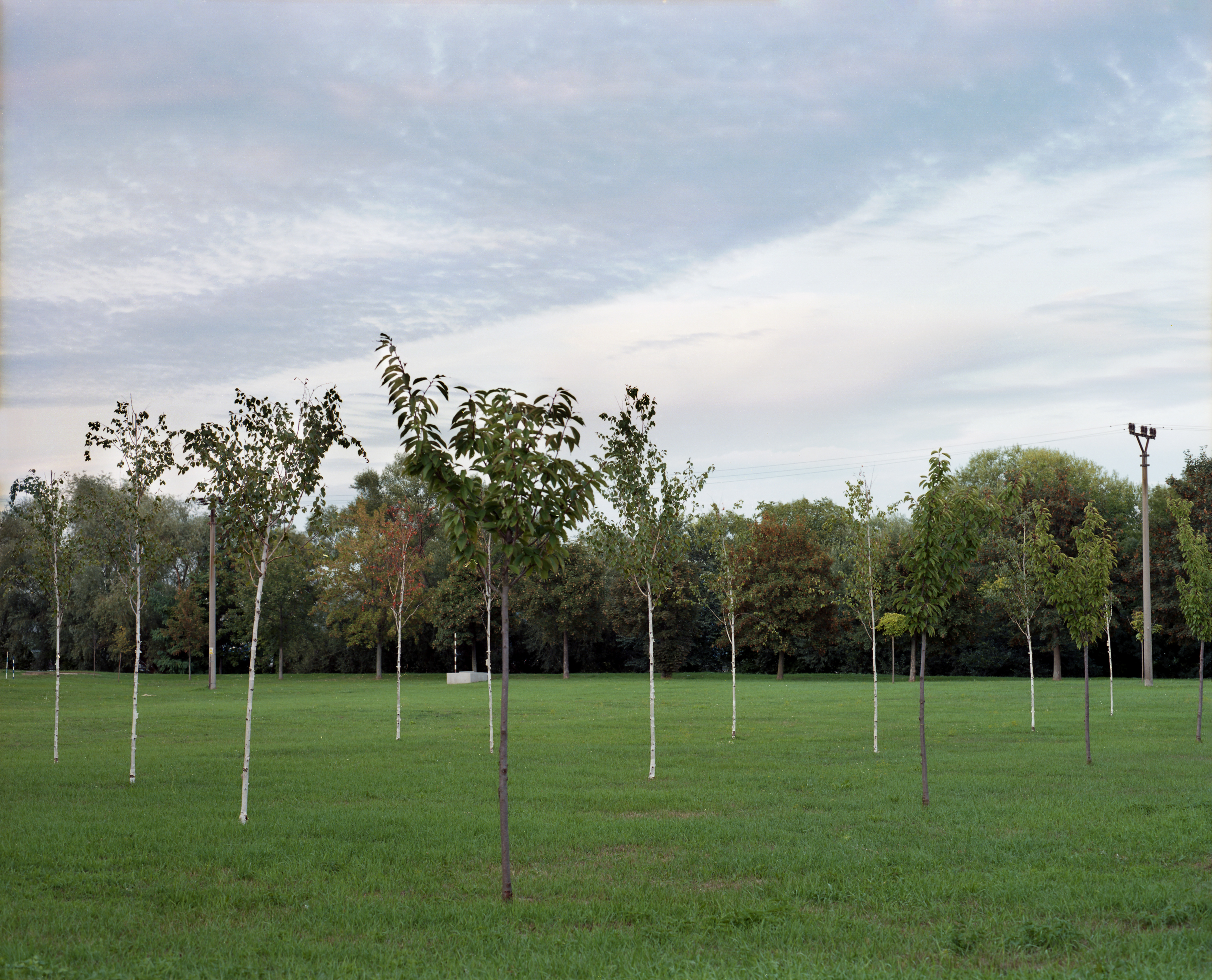A Place of Flowers
about
- text by
- Ivana Hrončeková
- place
- Center for Contemporary Art, Jelení Gallery, Prague, Czech republic
- show
- A Place of Flowers (curated by Ivana Hrončeková)
- medium
- Video 16’ 9”, large format slide photography
- year
- 2025
visual artist working in the field of photography overlapping with the media of video, audio and text
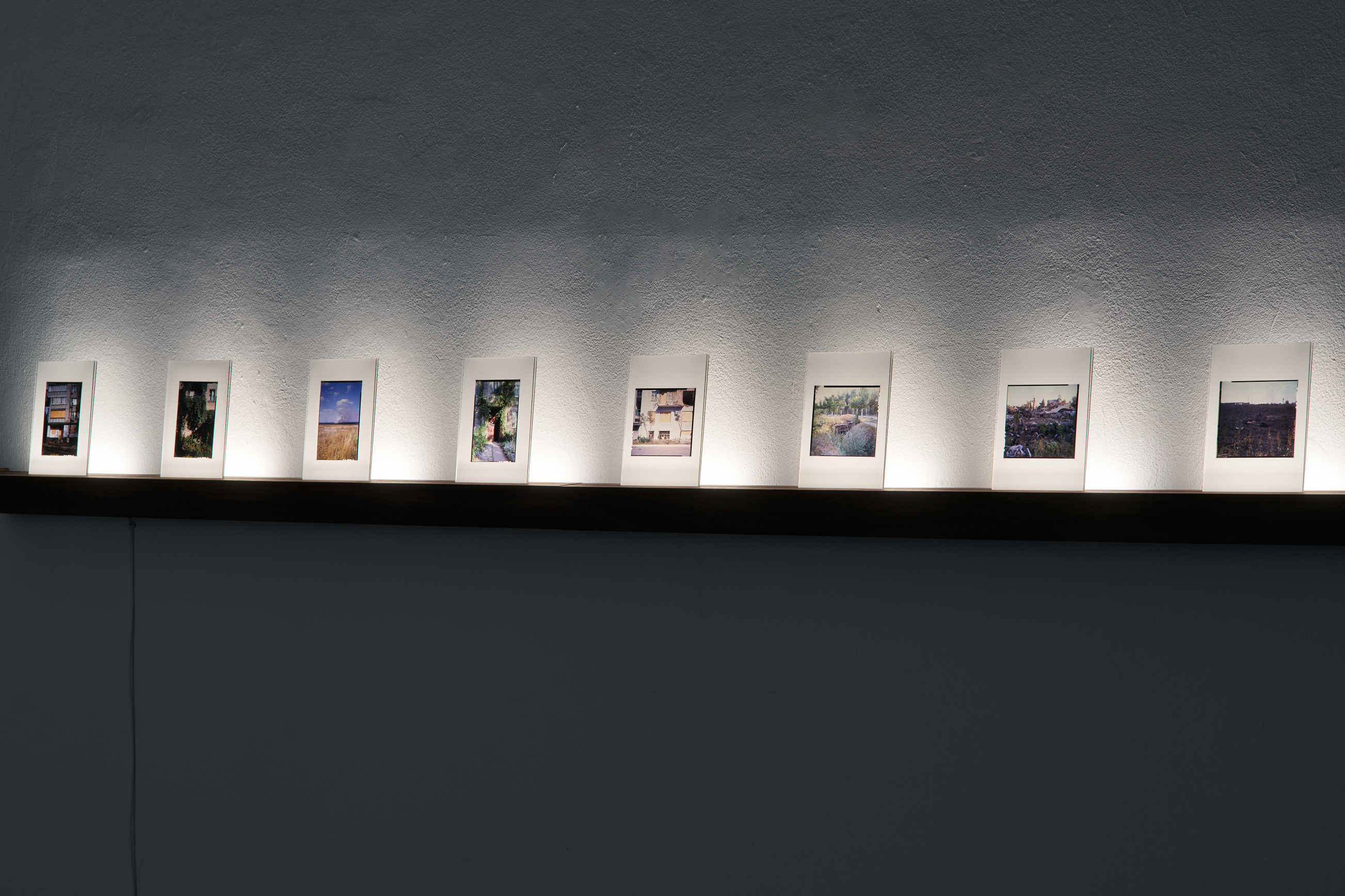
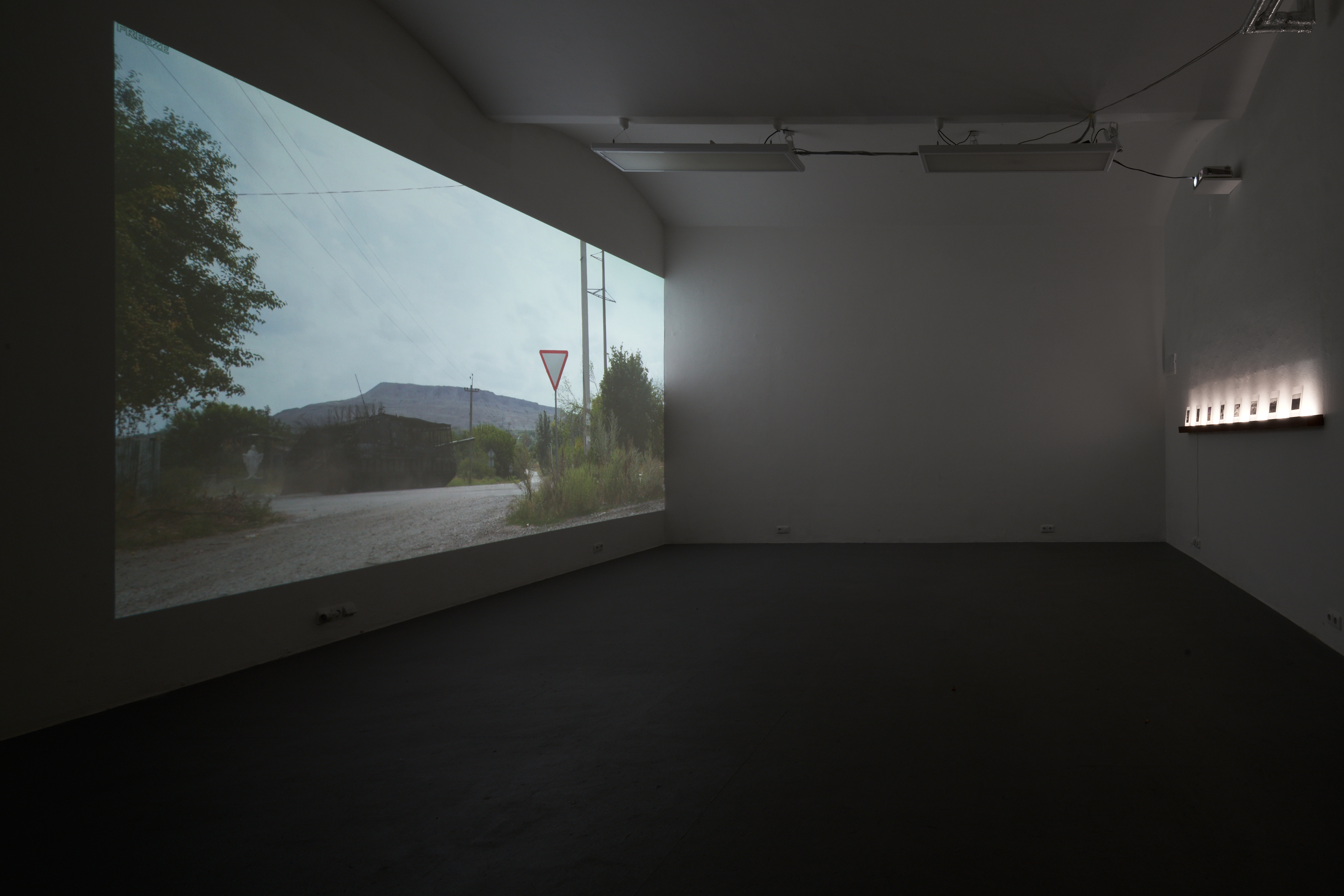
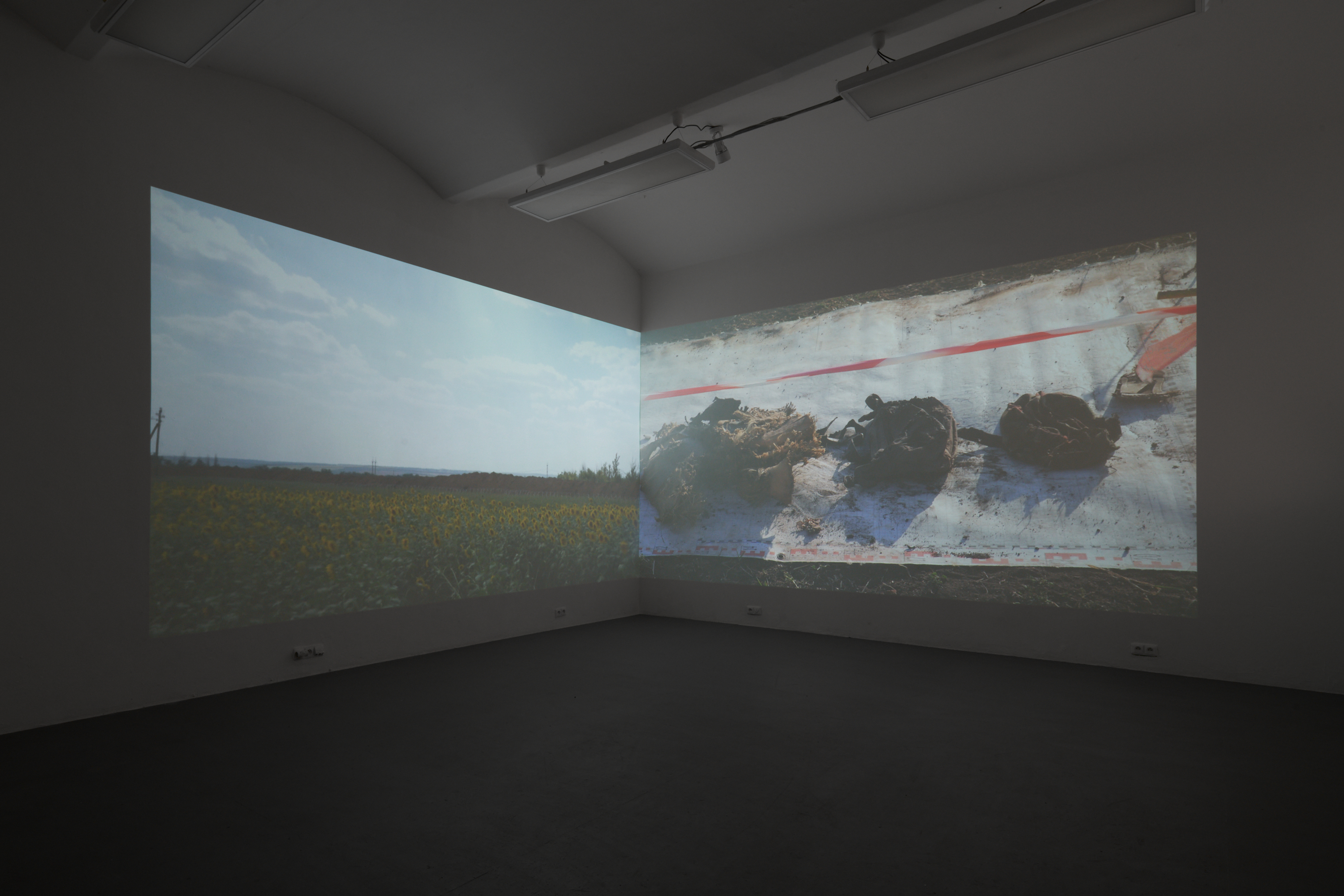
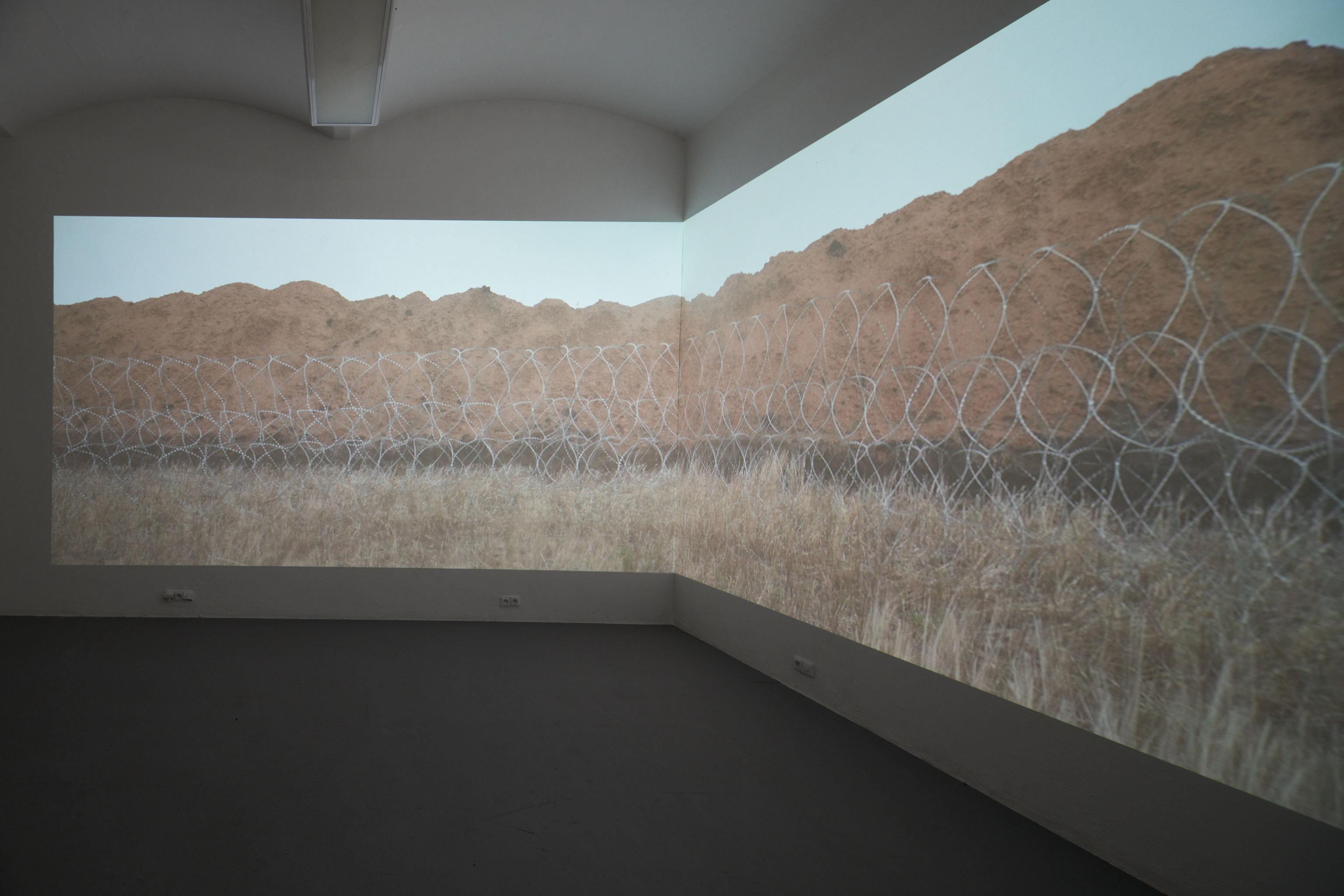


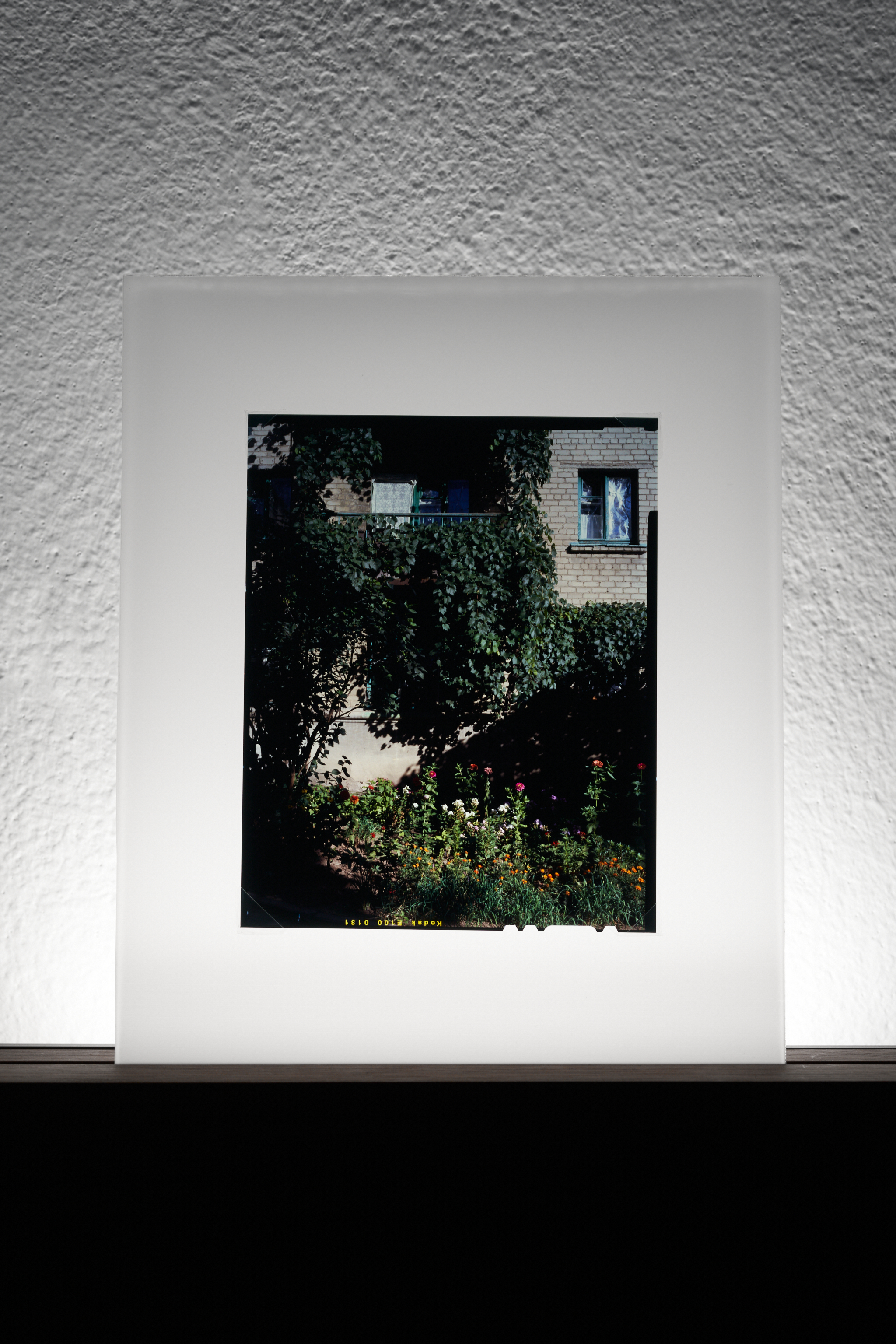
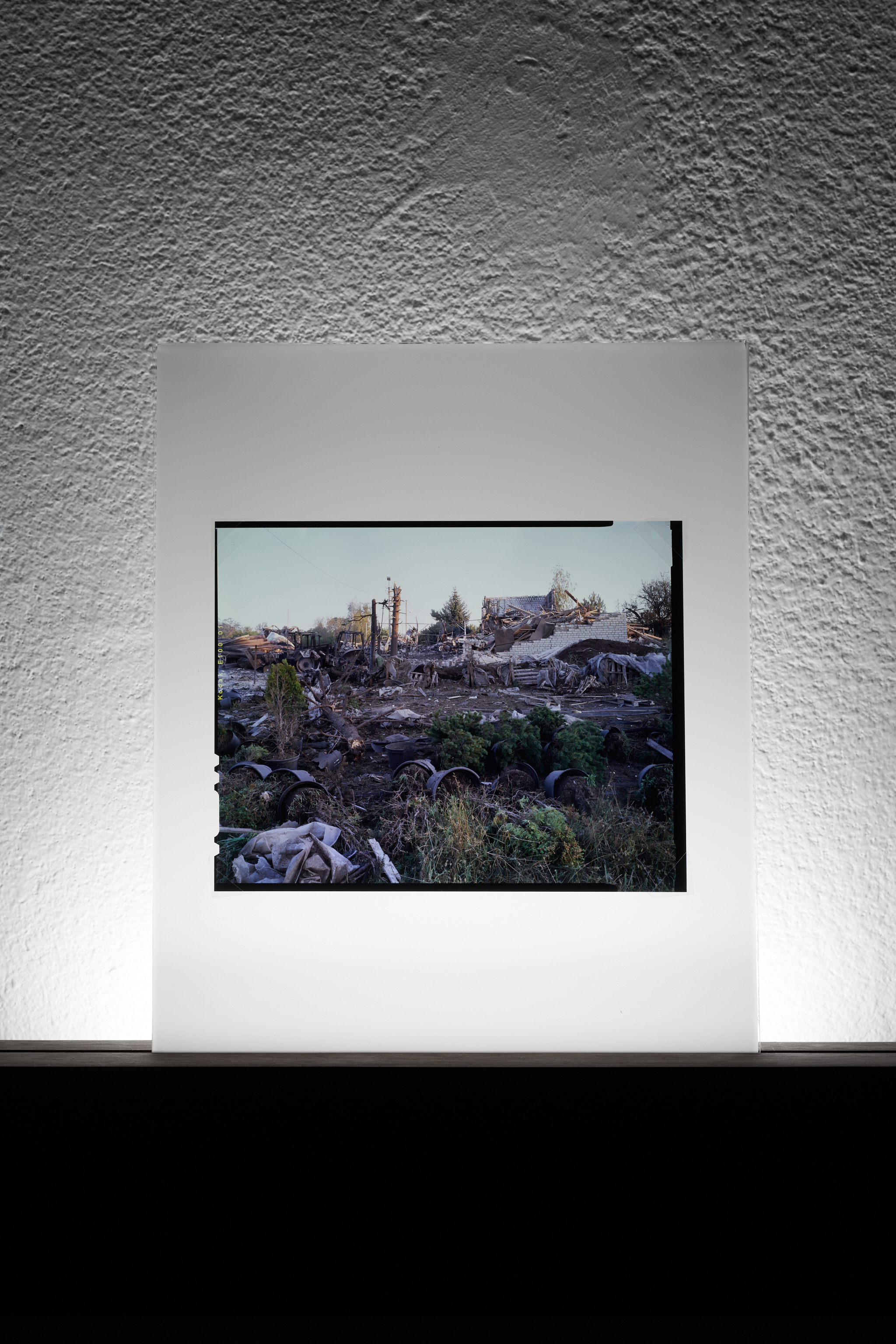

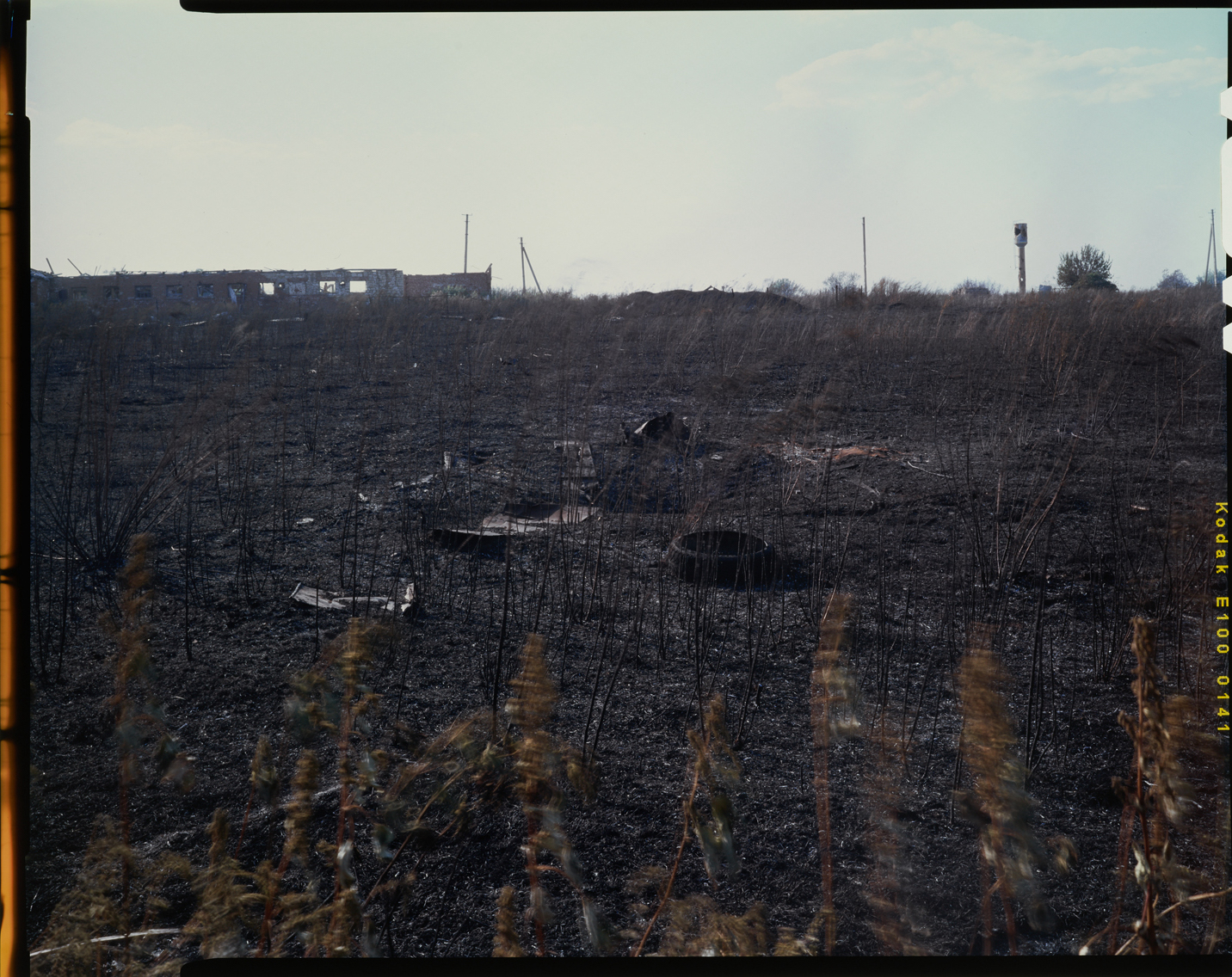

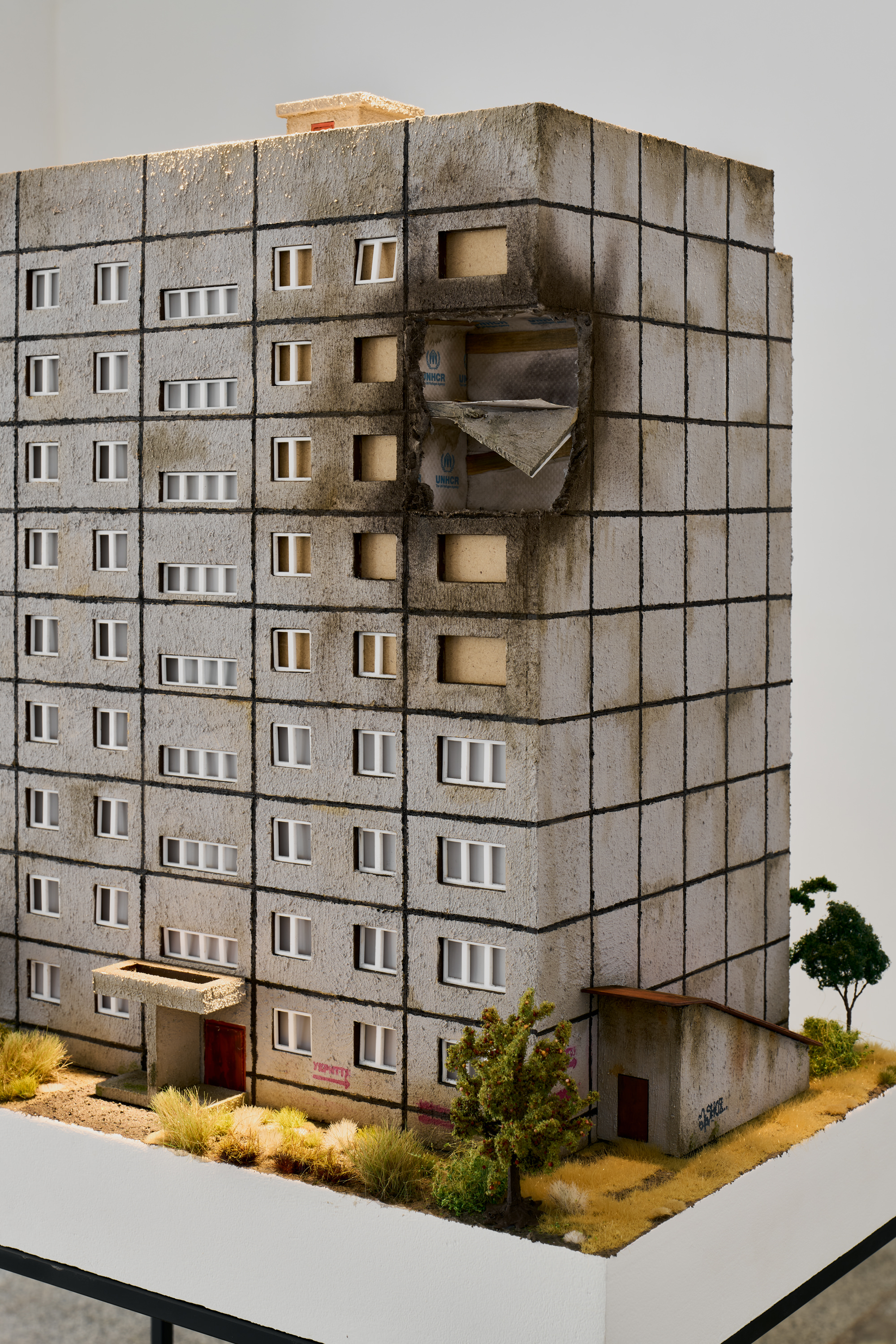
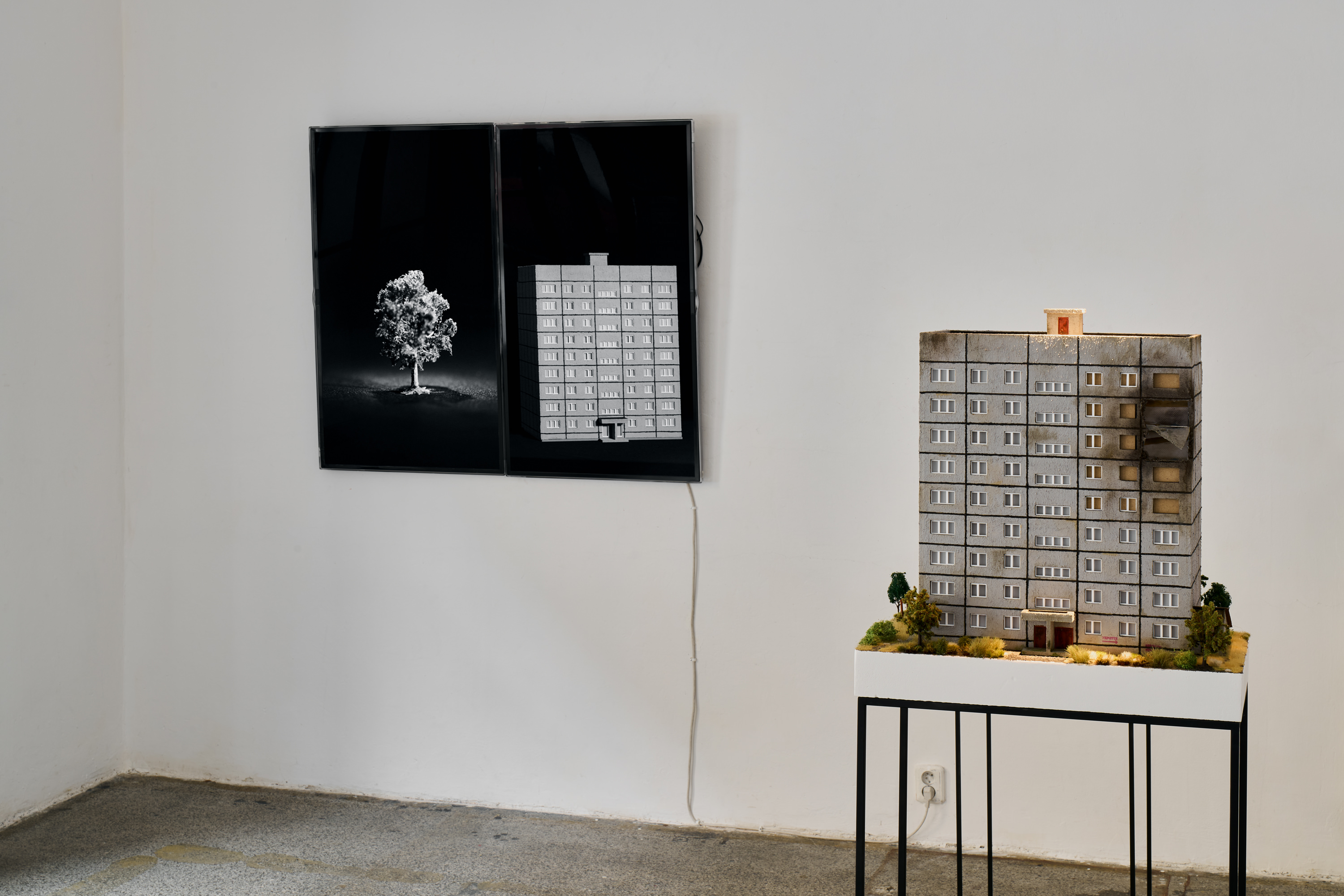
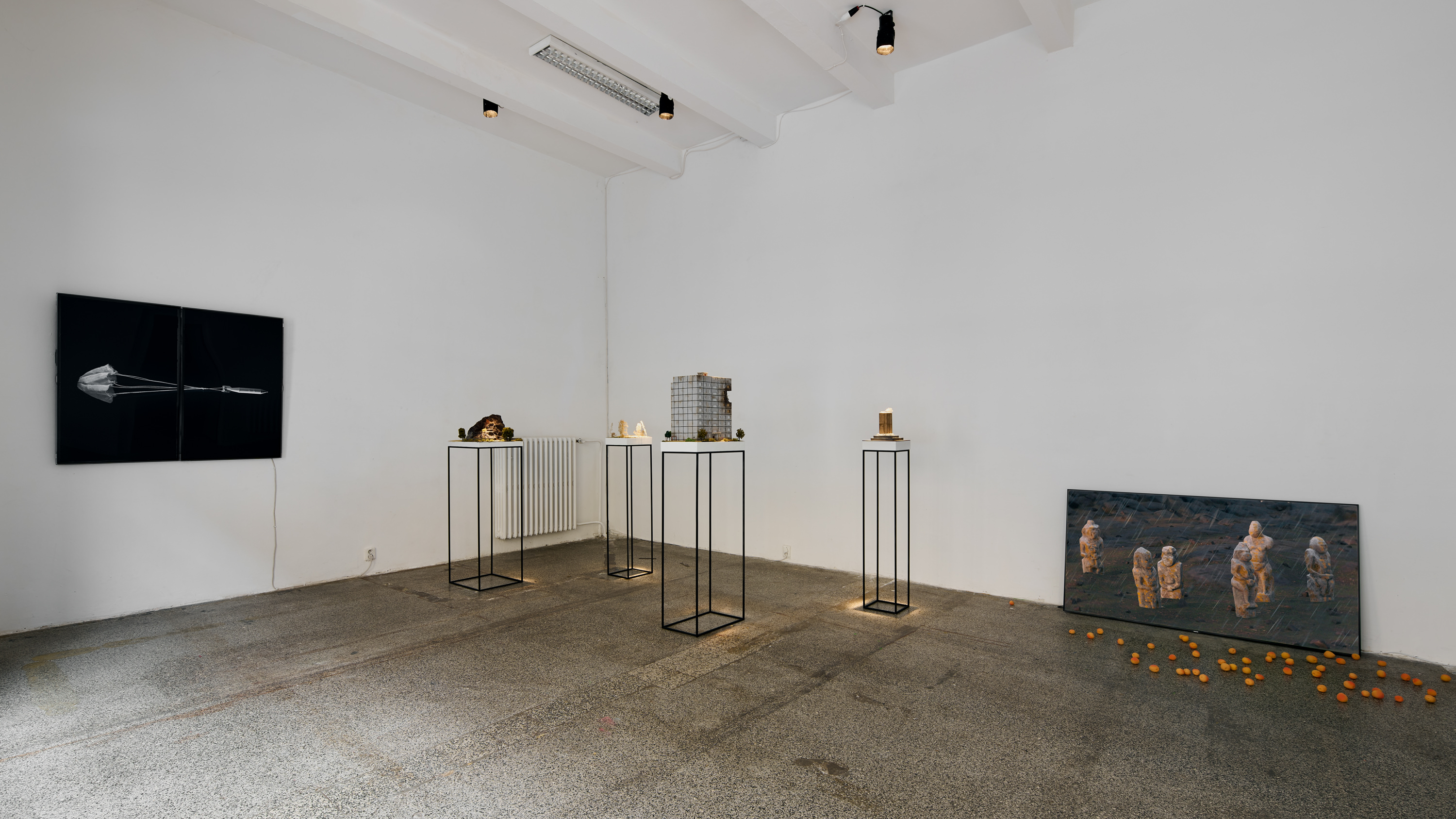
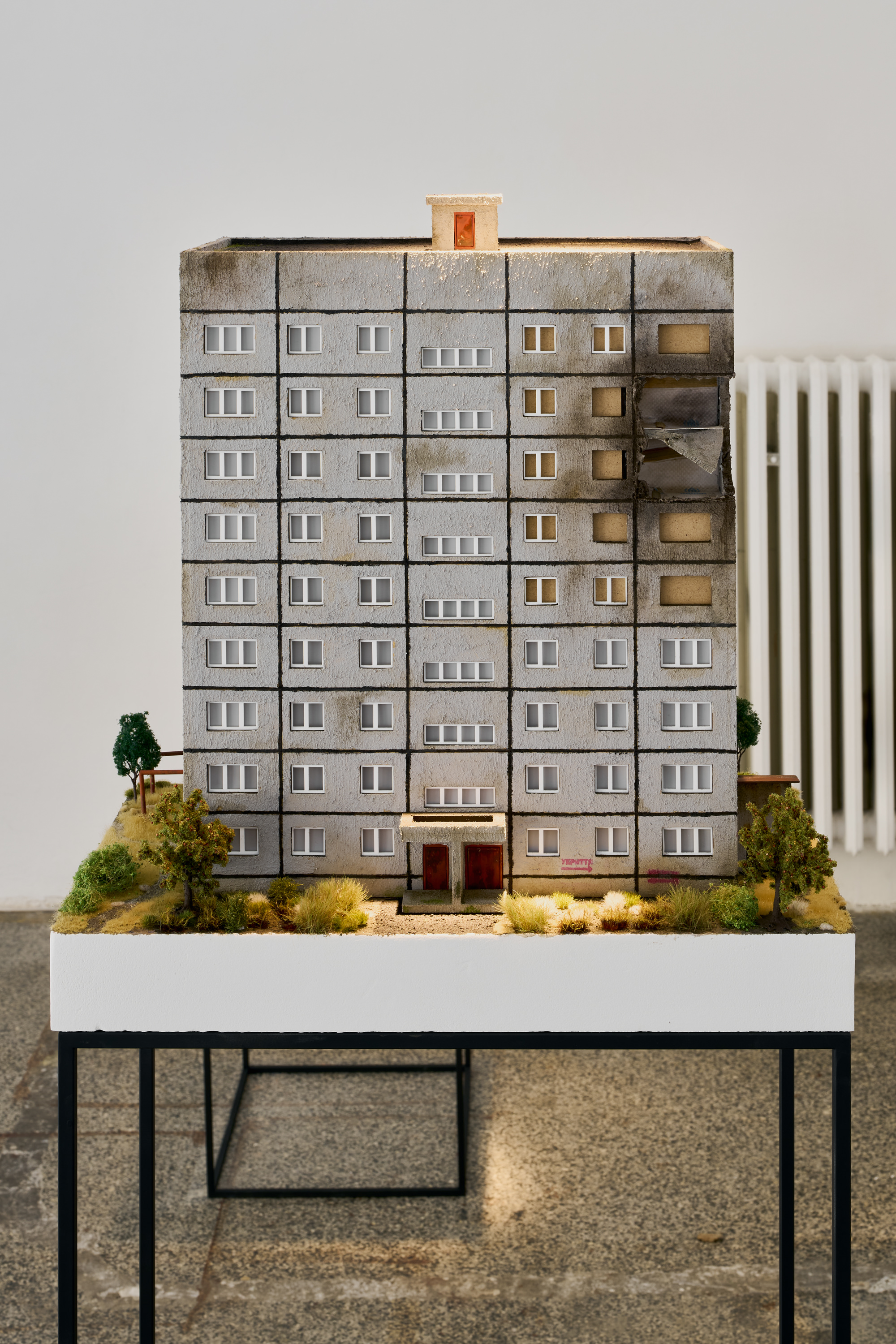
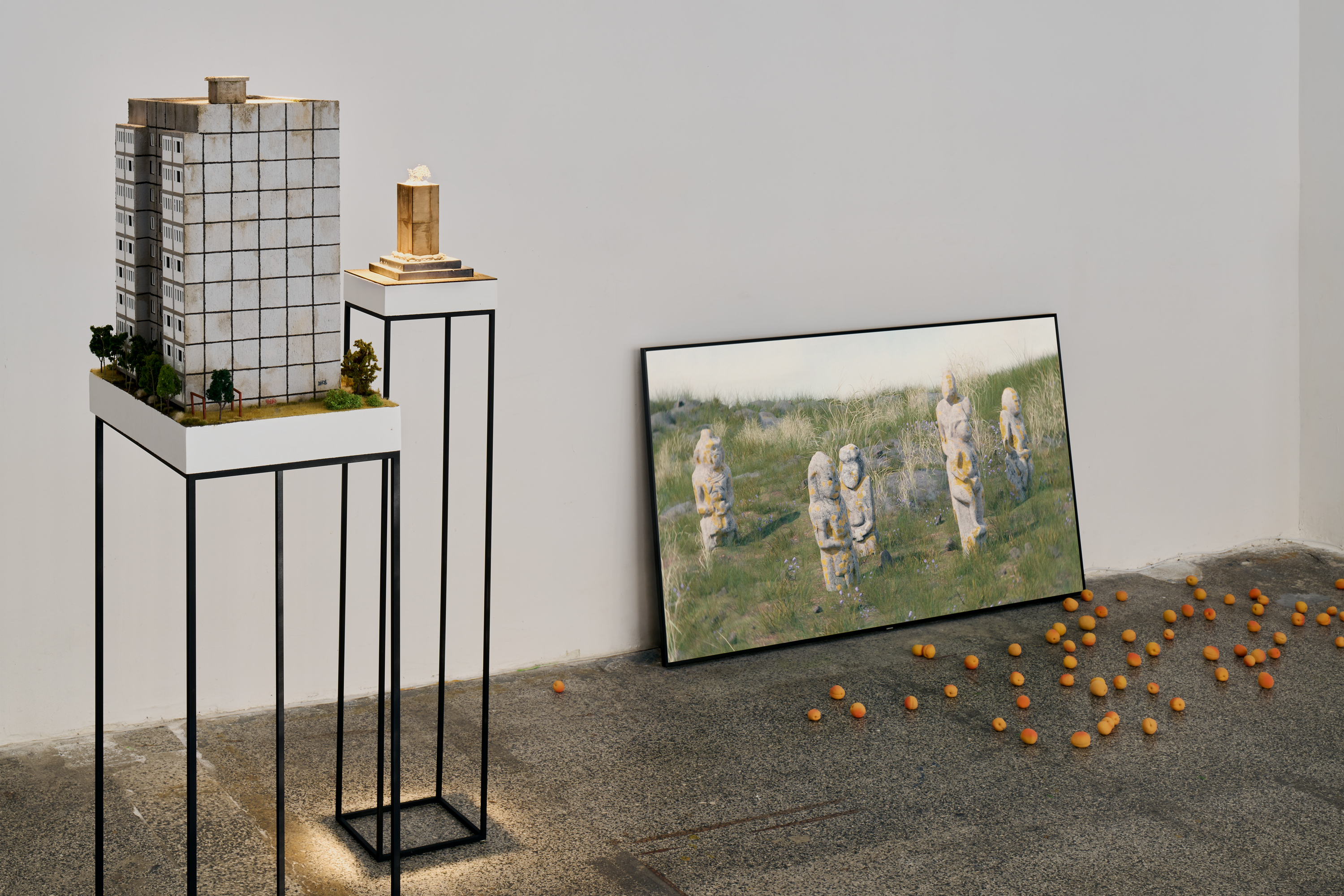
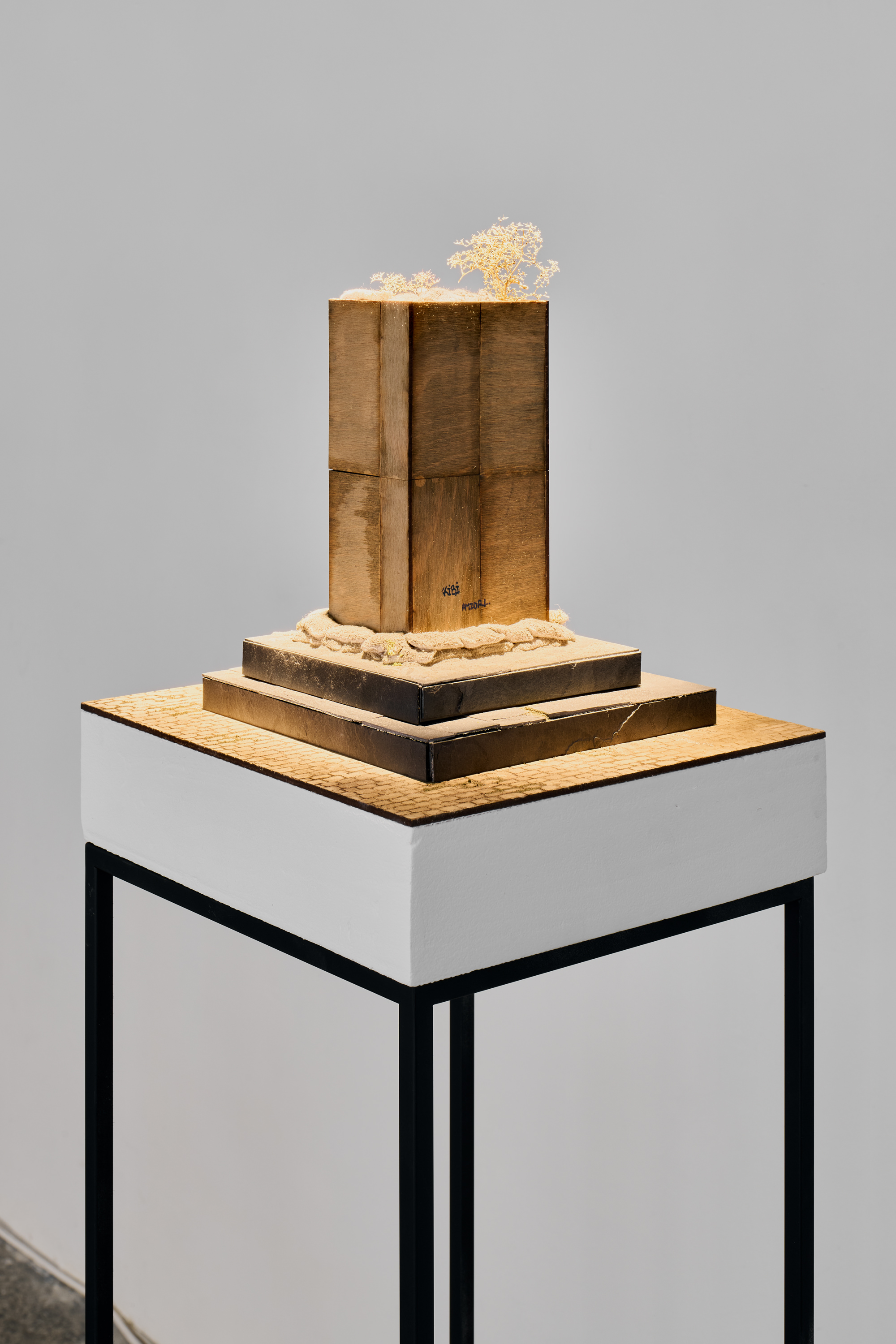
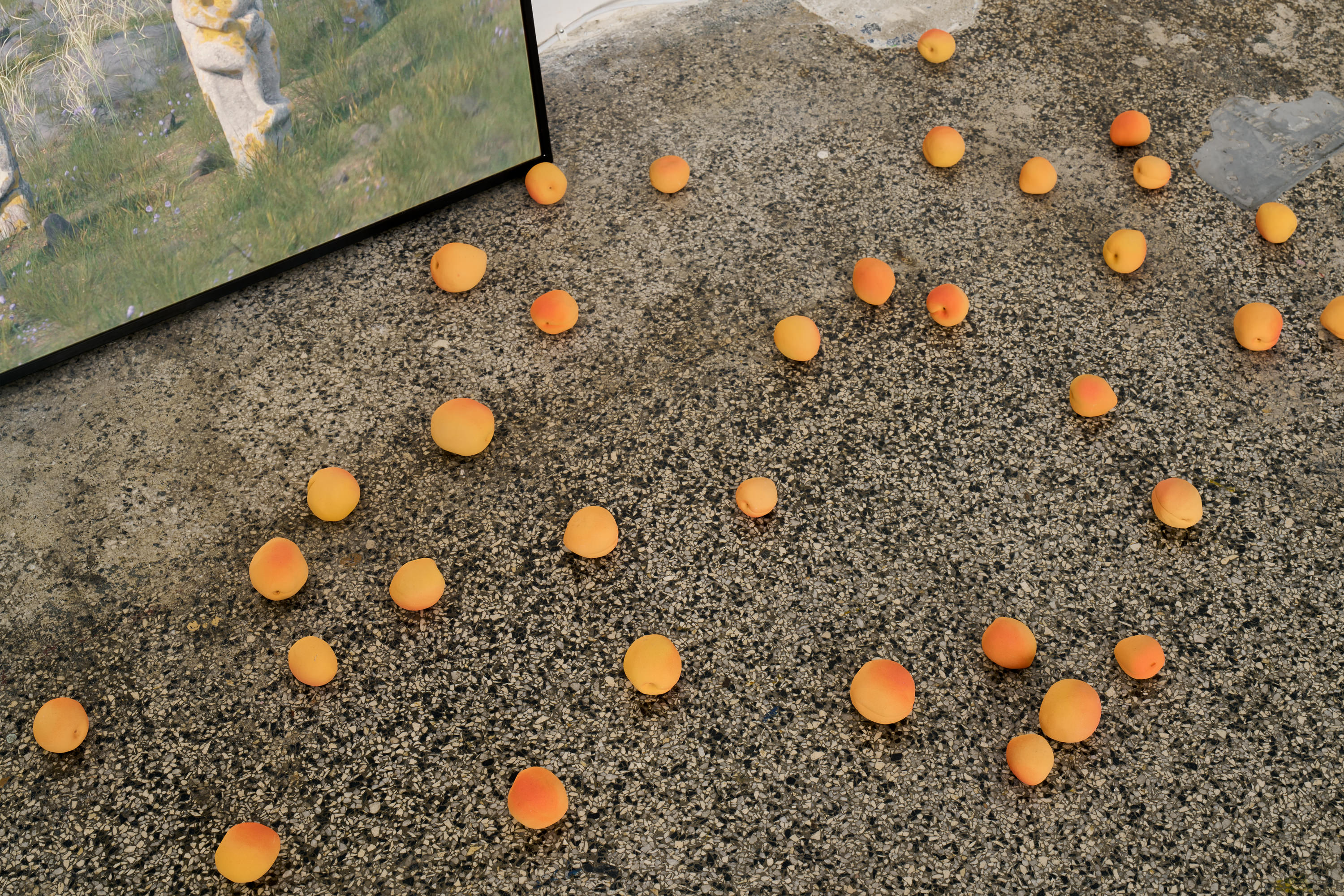

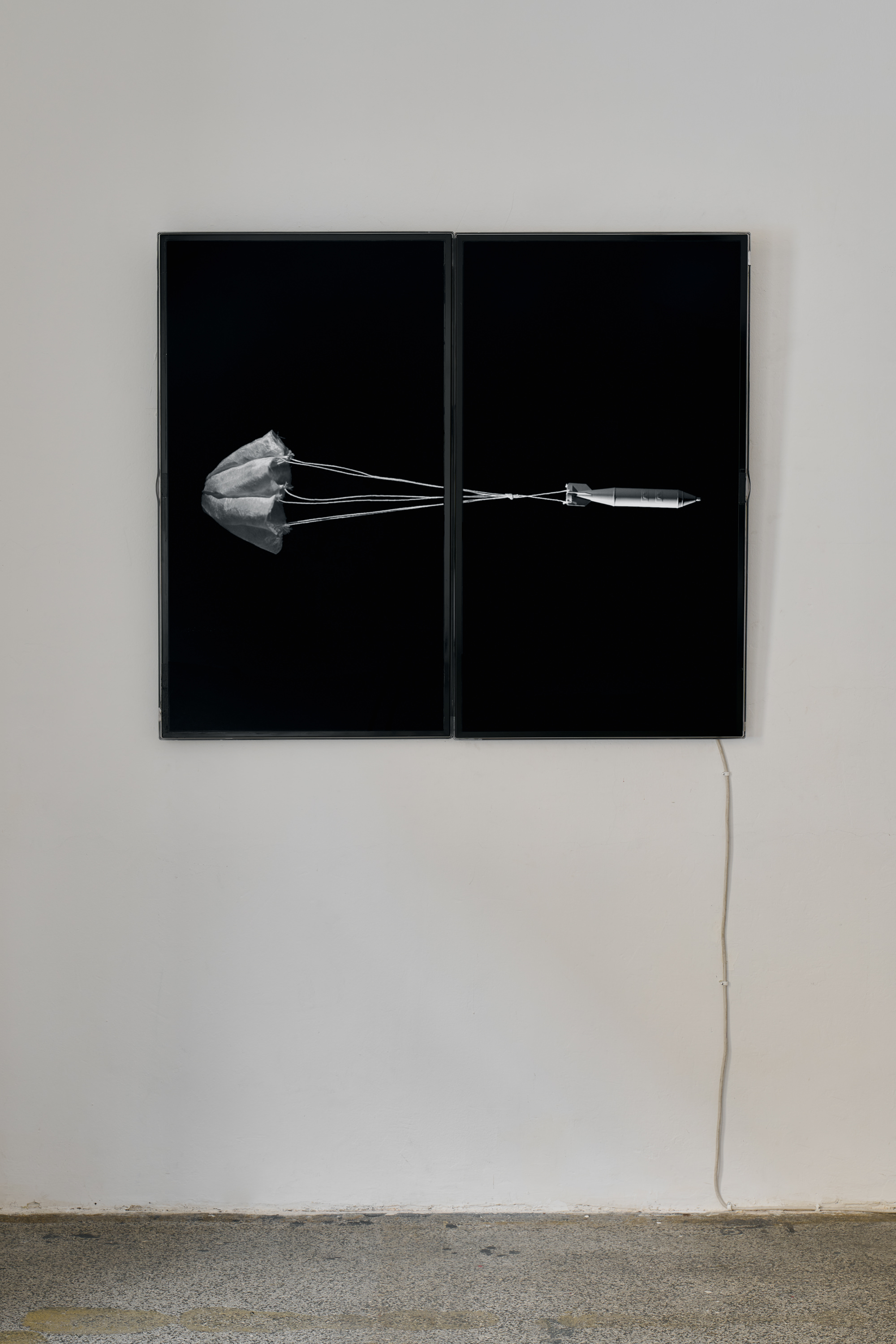
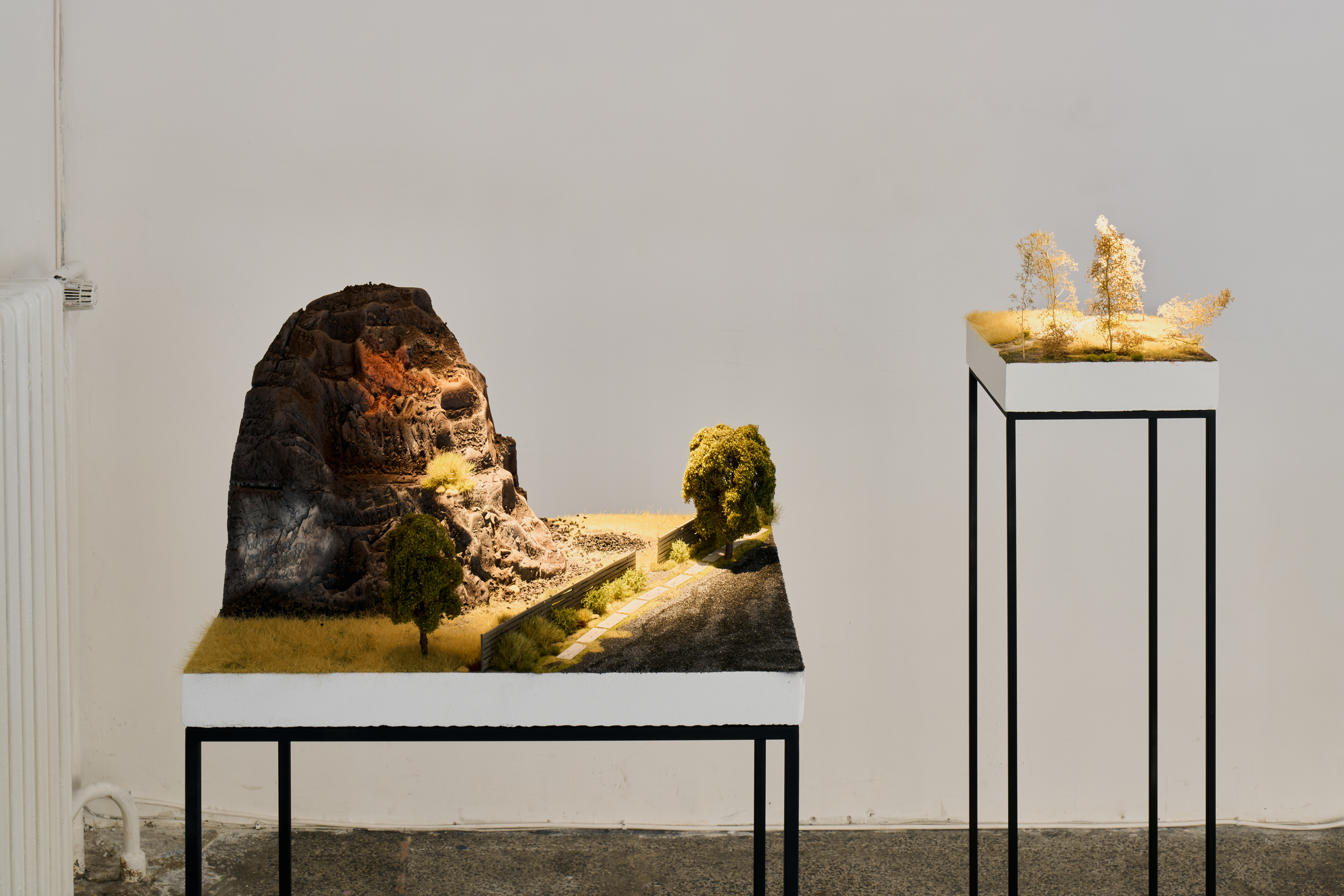
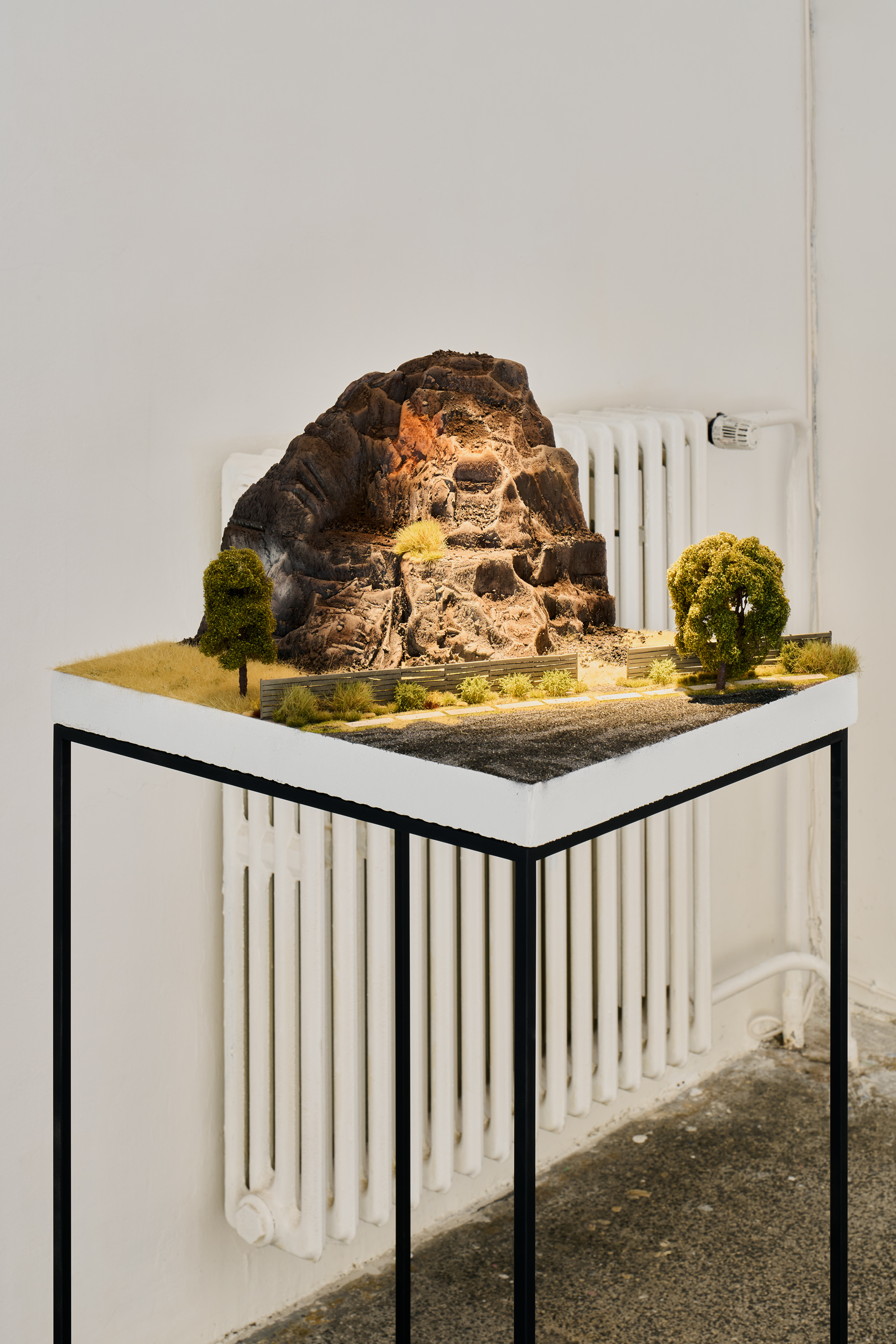
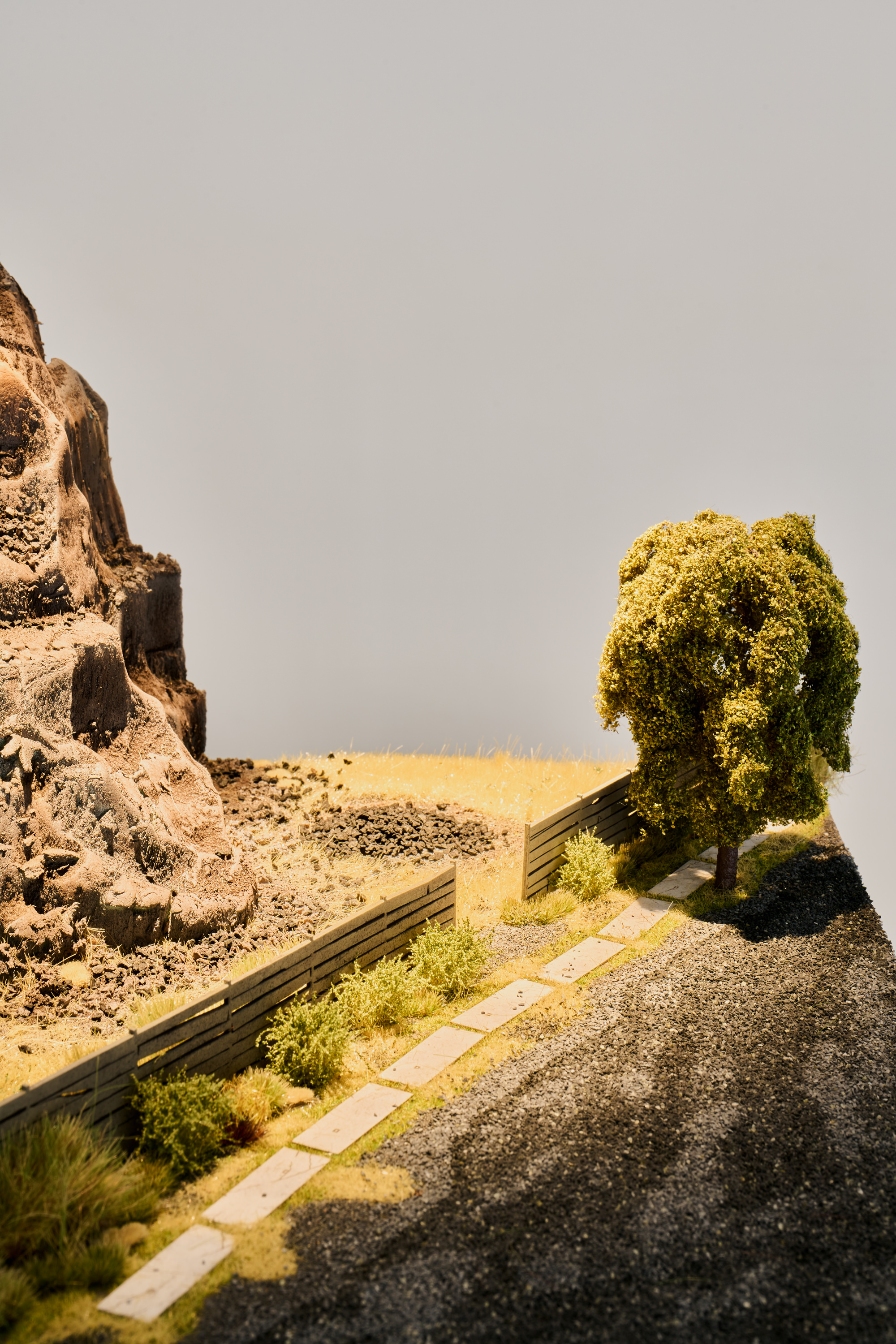
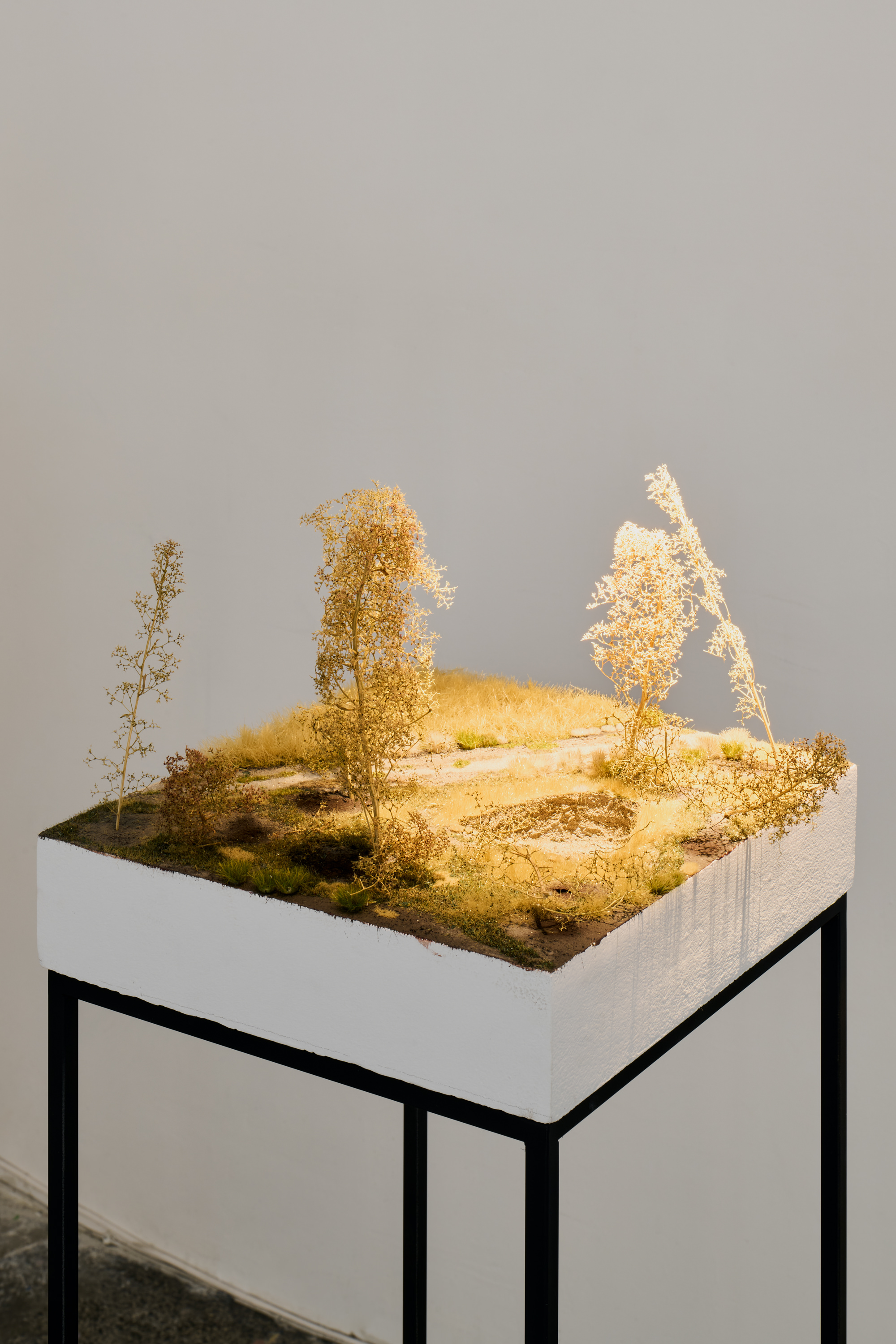
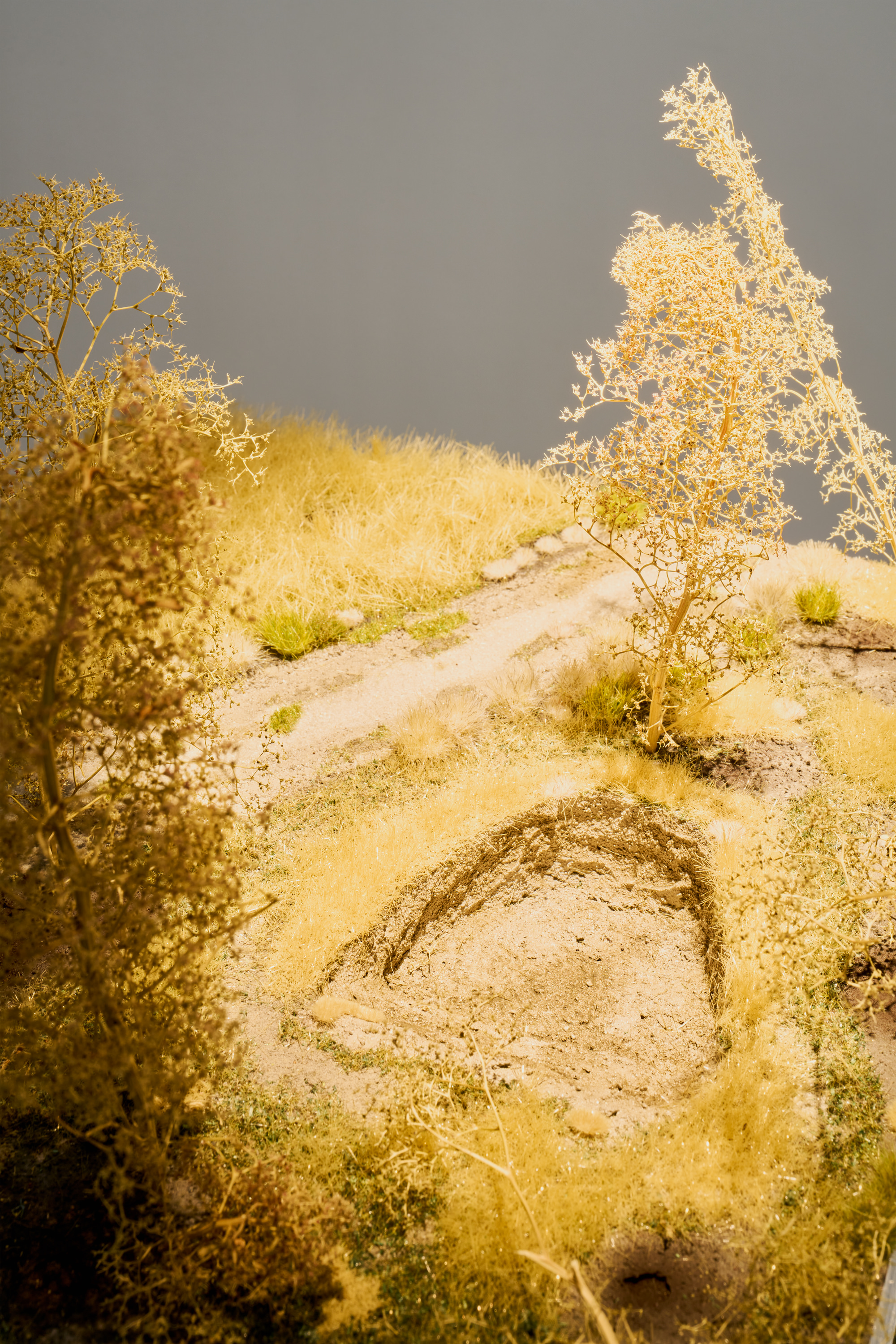
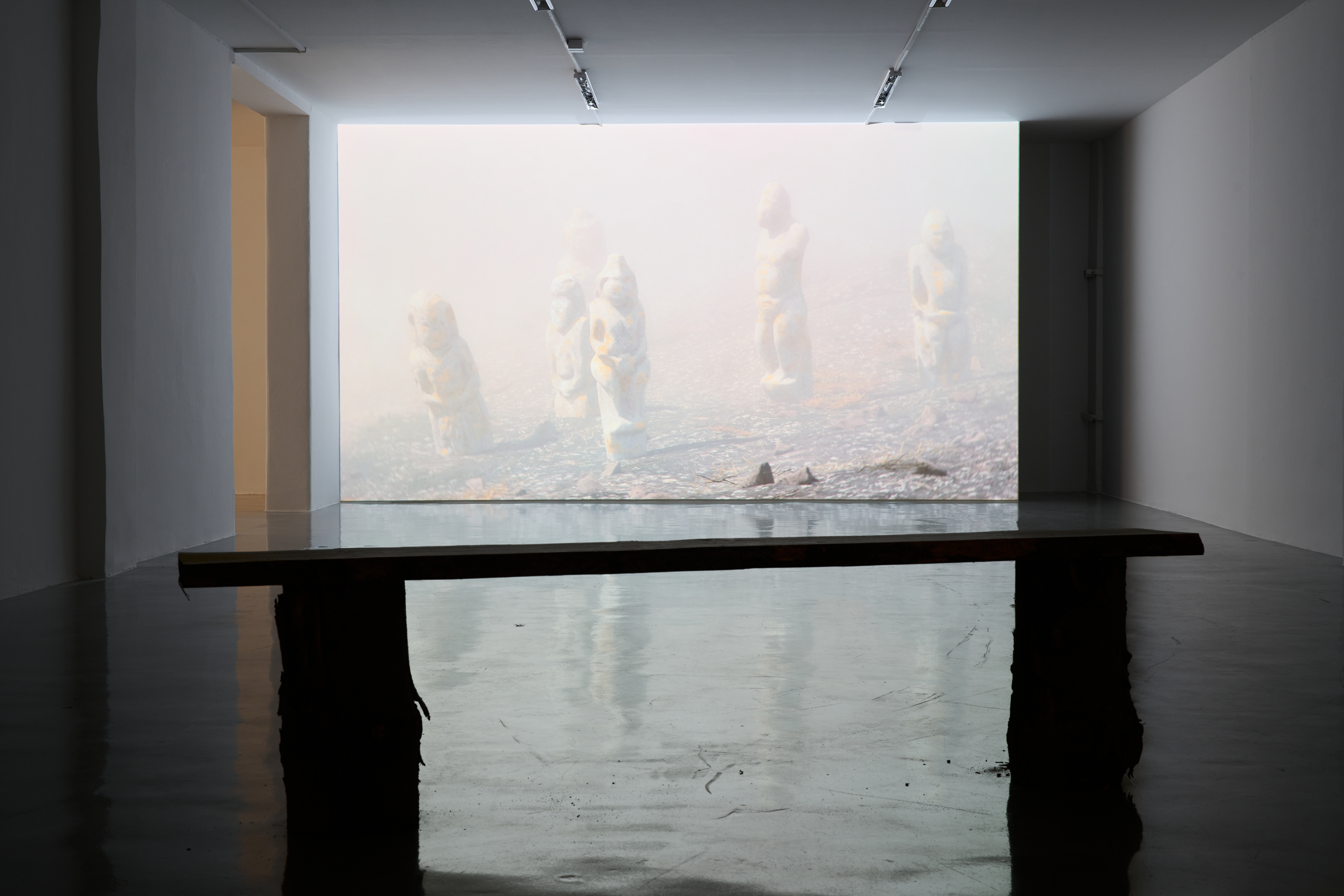
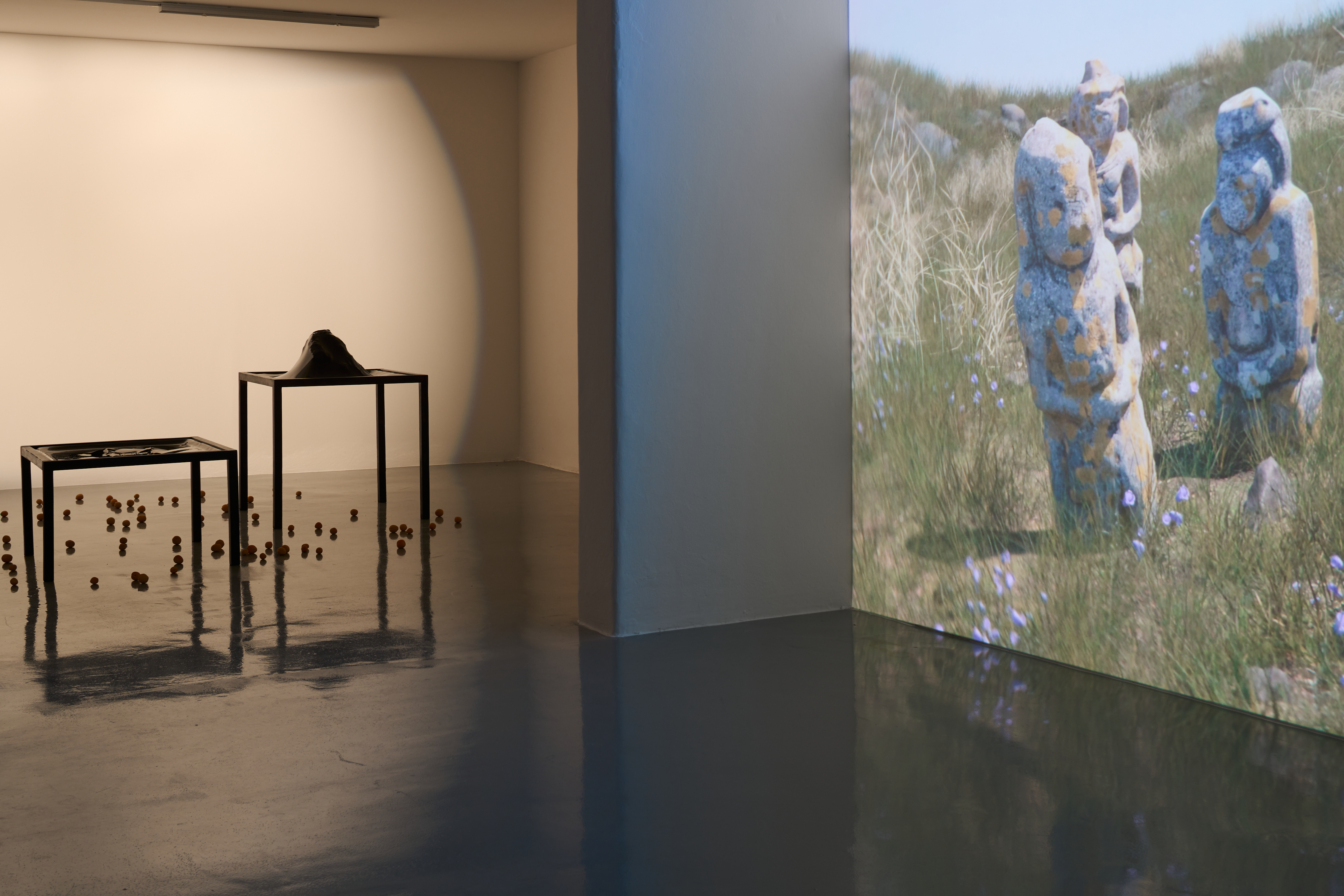
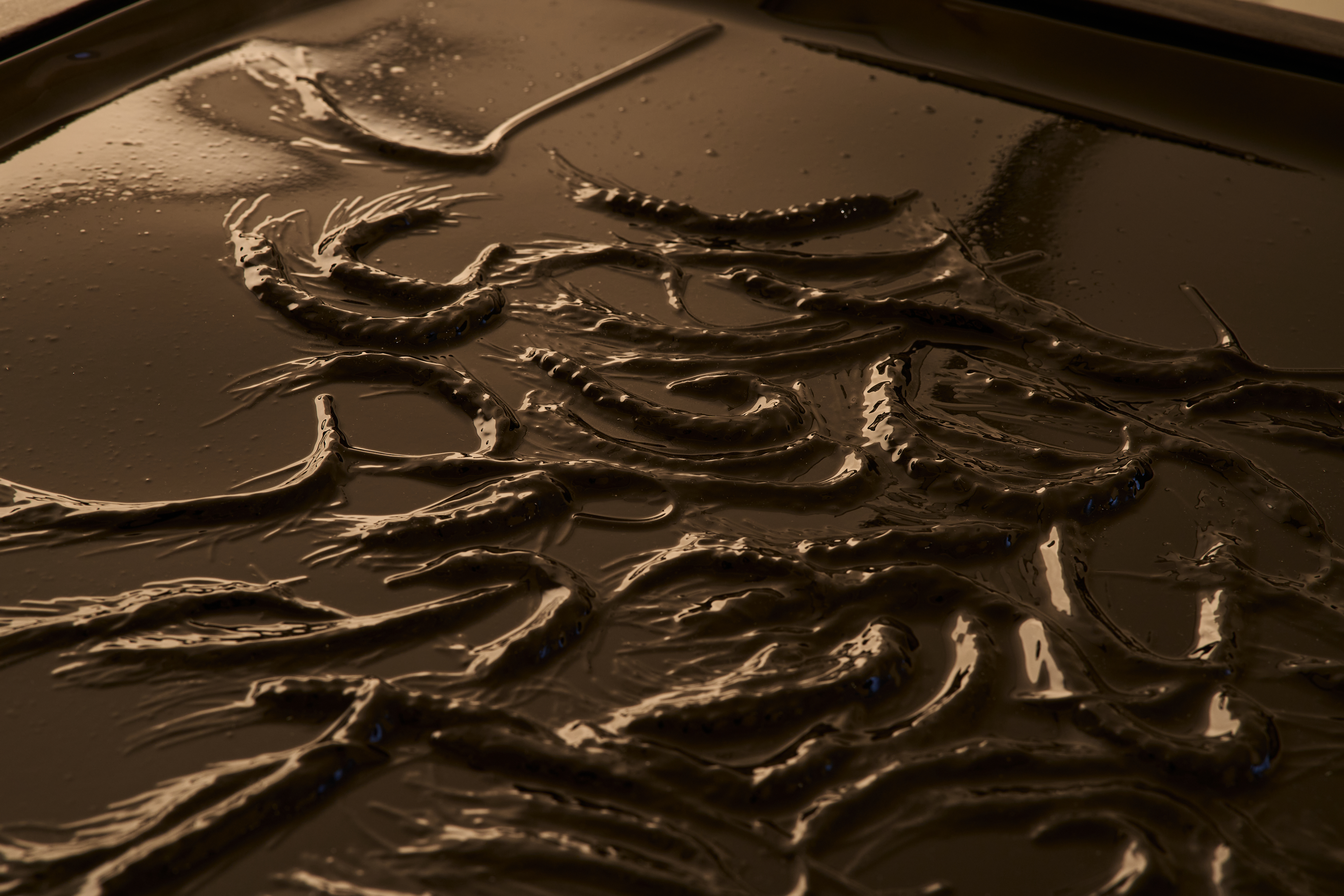
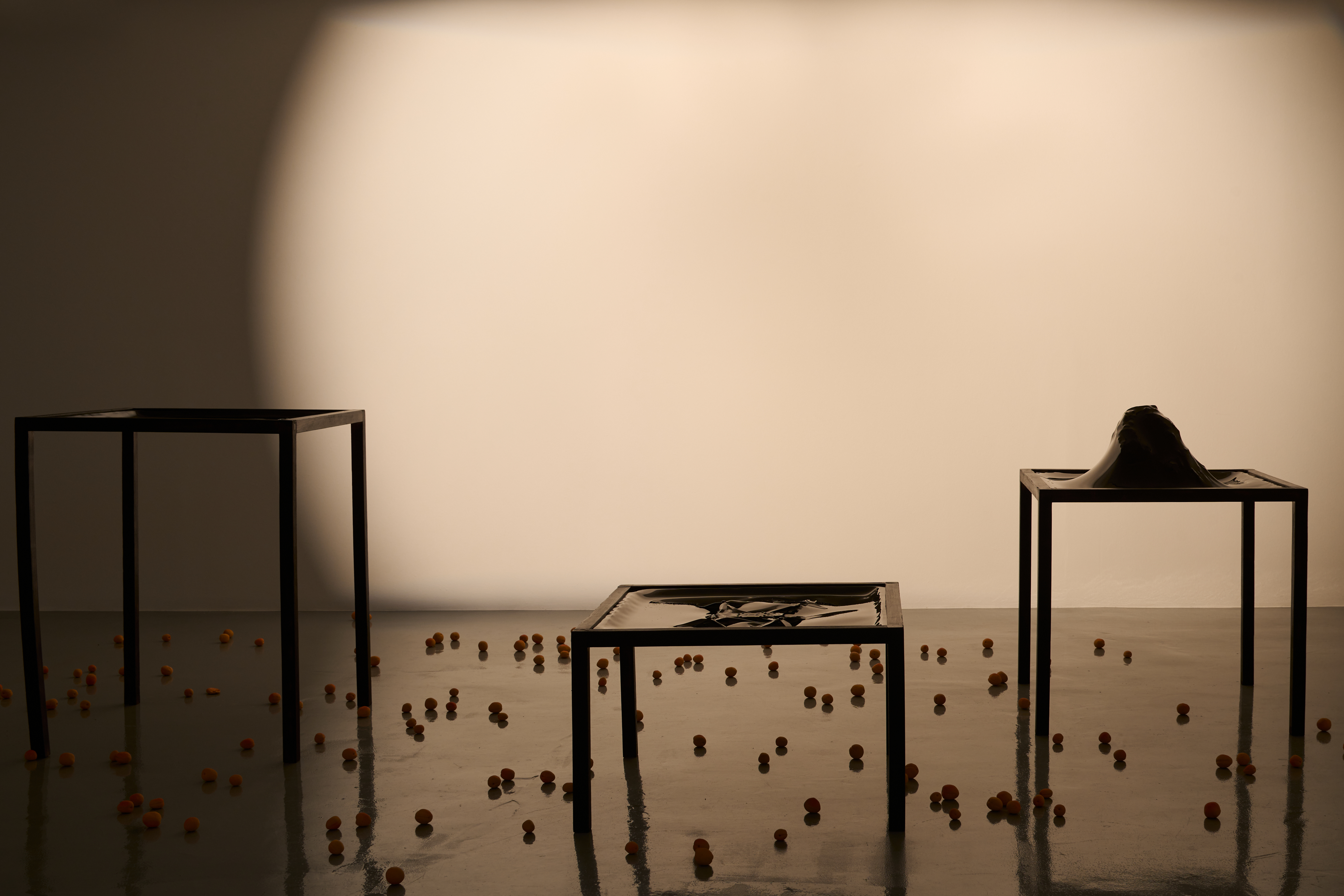
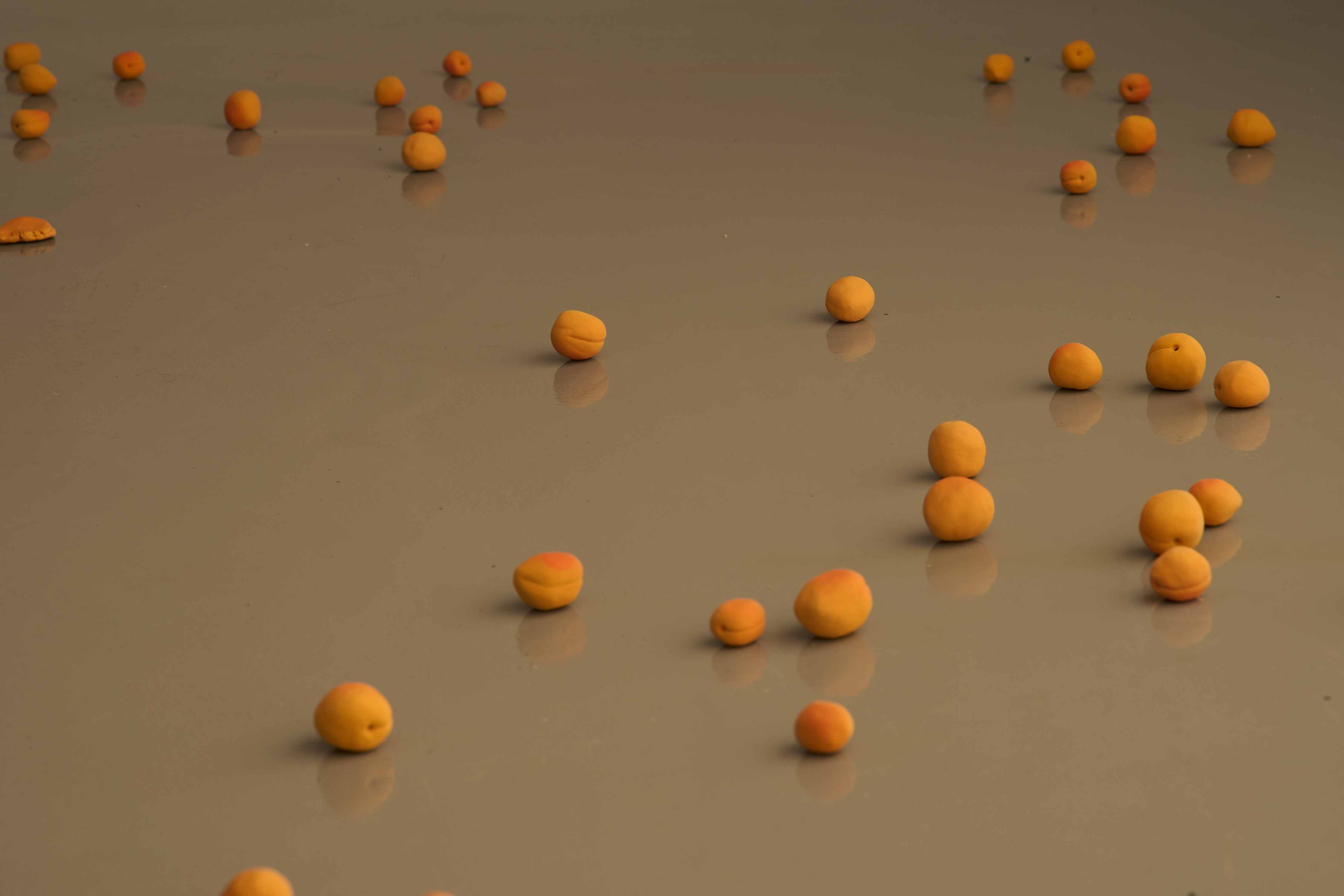
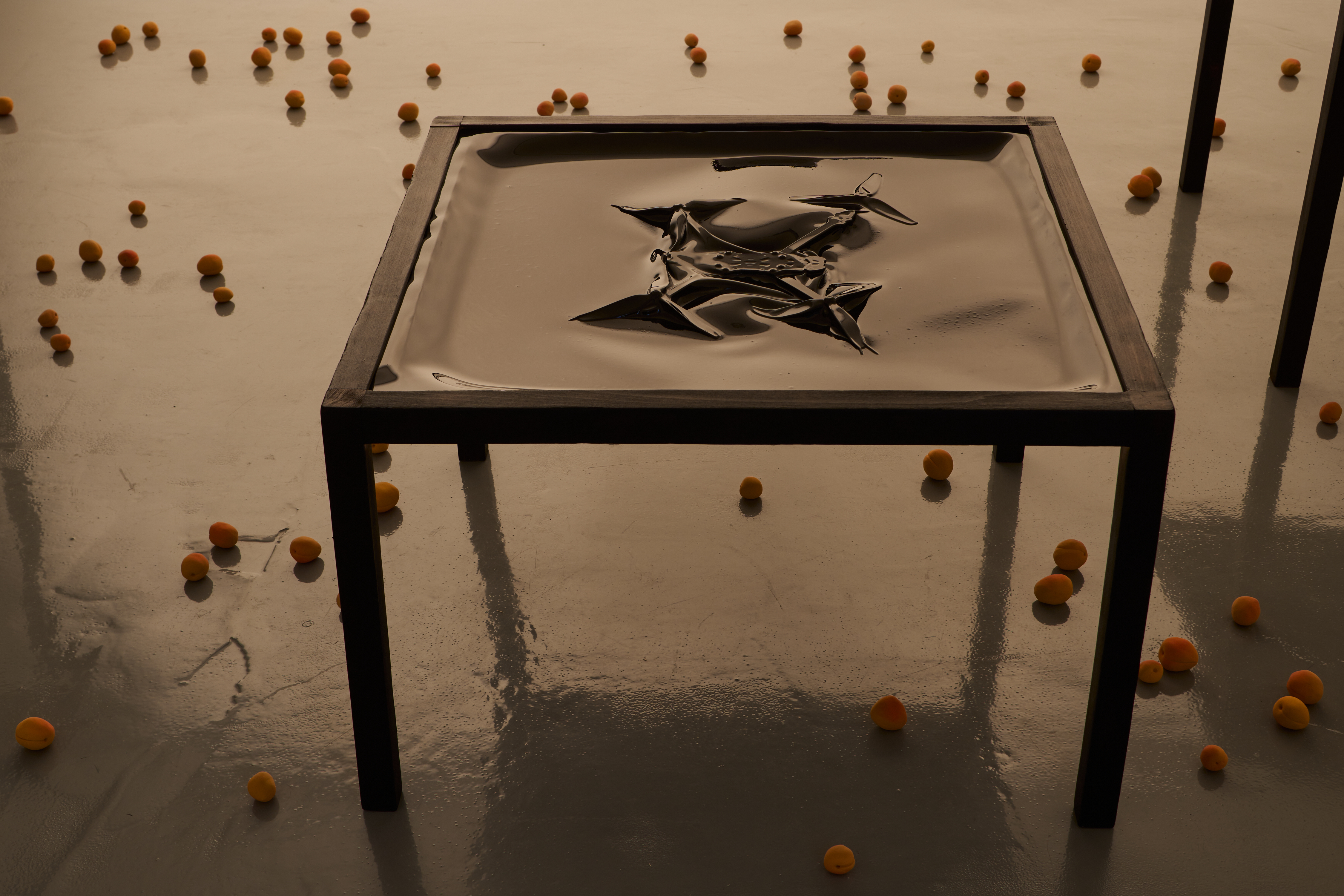

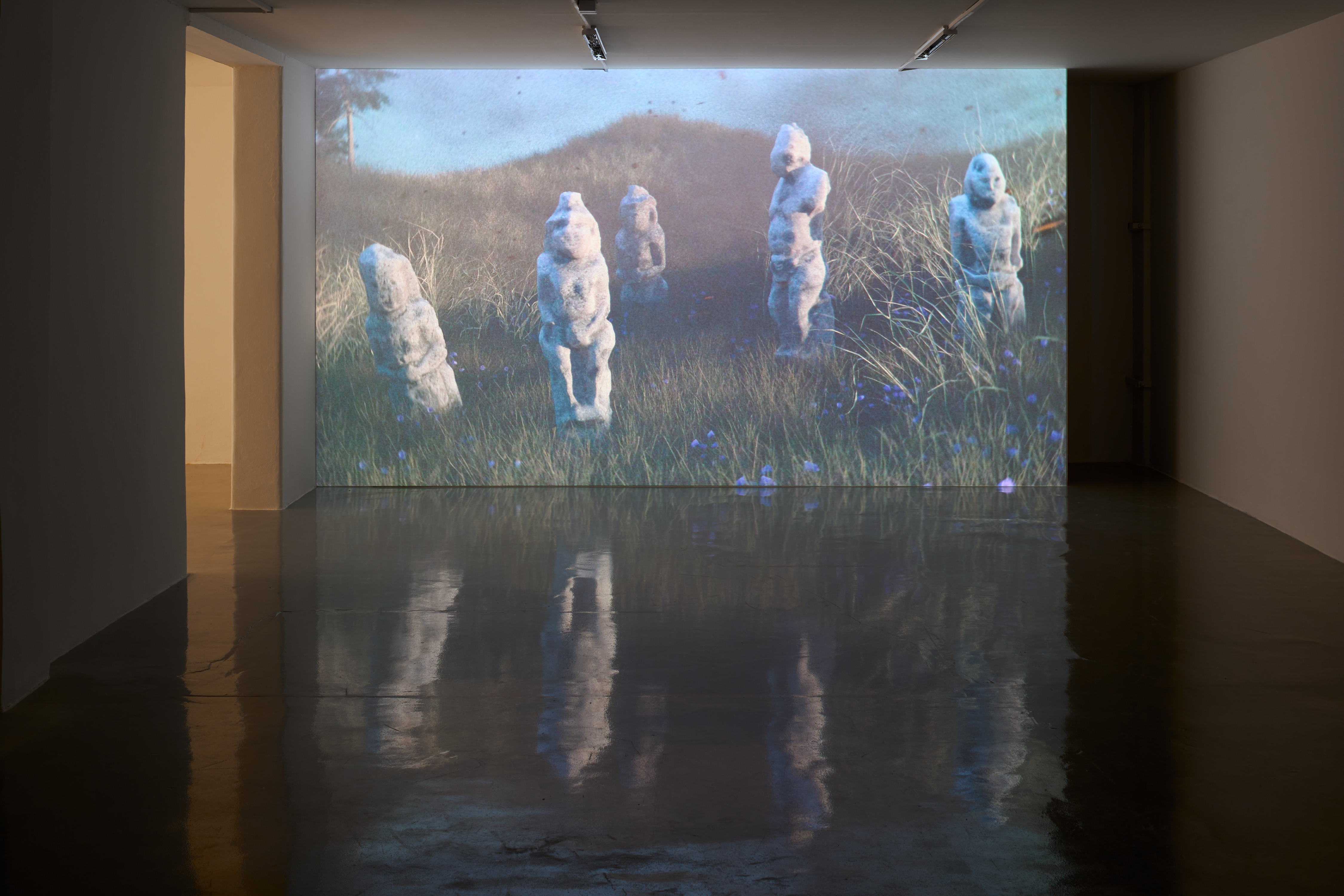
The form of the sculpture suggests the shape of a tear together with the salty taste. The salt can be felt just by breathing close to the object. Molecules of the stone salt from Soledar mines get to our tongue. Despite a total salt shortage in Ukraine caused by the Russian occupation of Soledar, the 35 kilos block of salt for the sculpture was purchased in the Czech online farmer store for quite a low price, about 35 EUR.
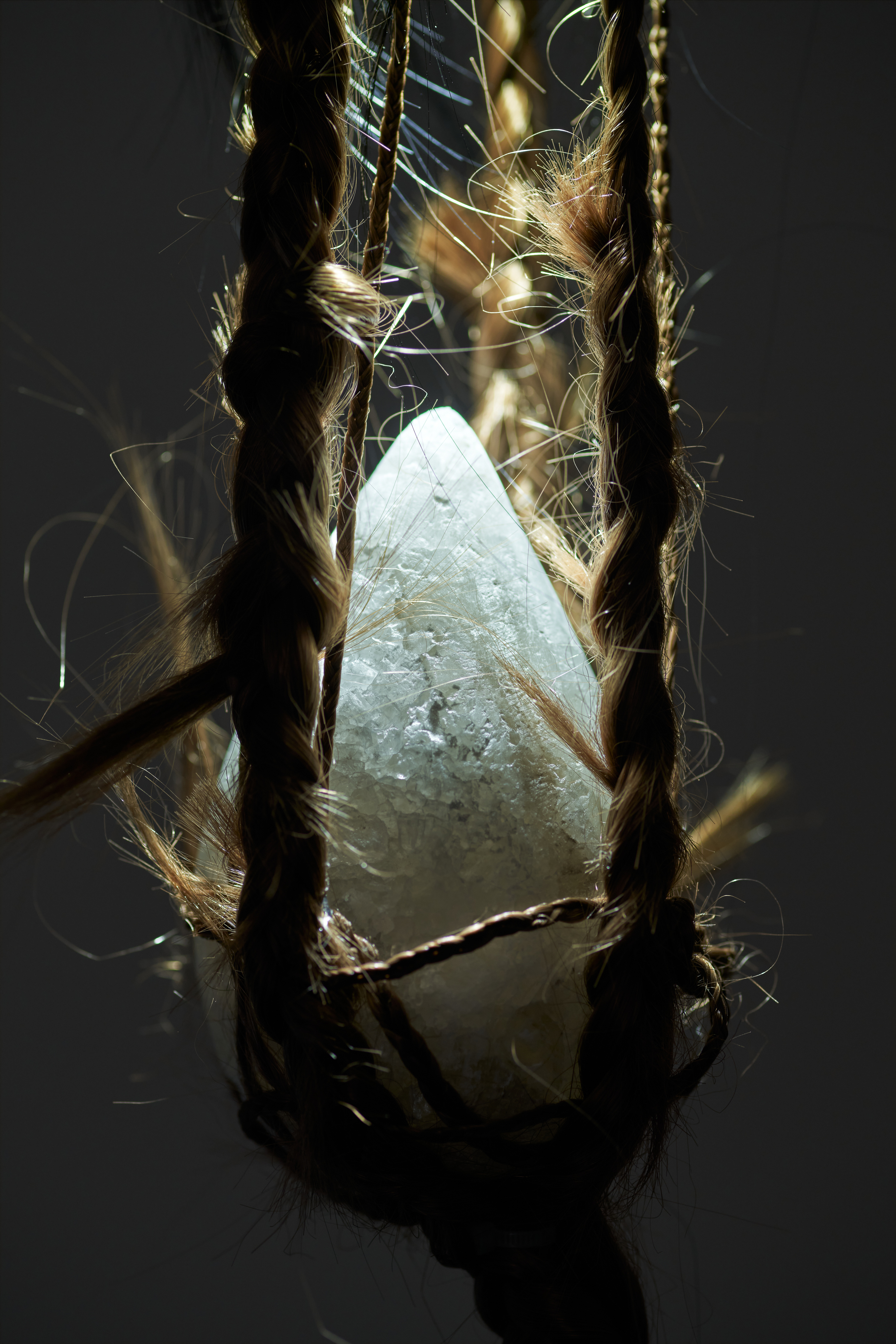
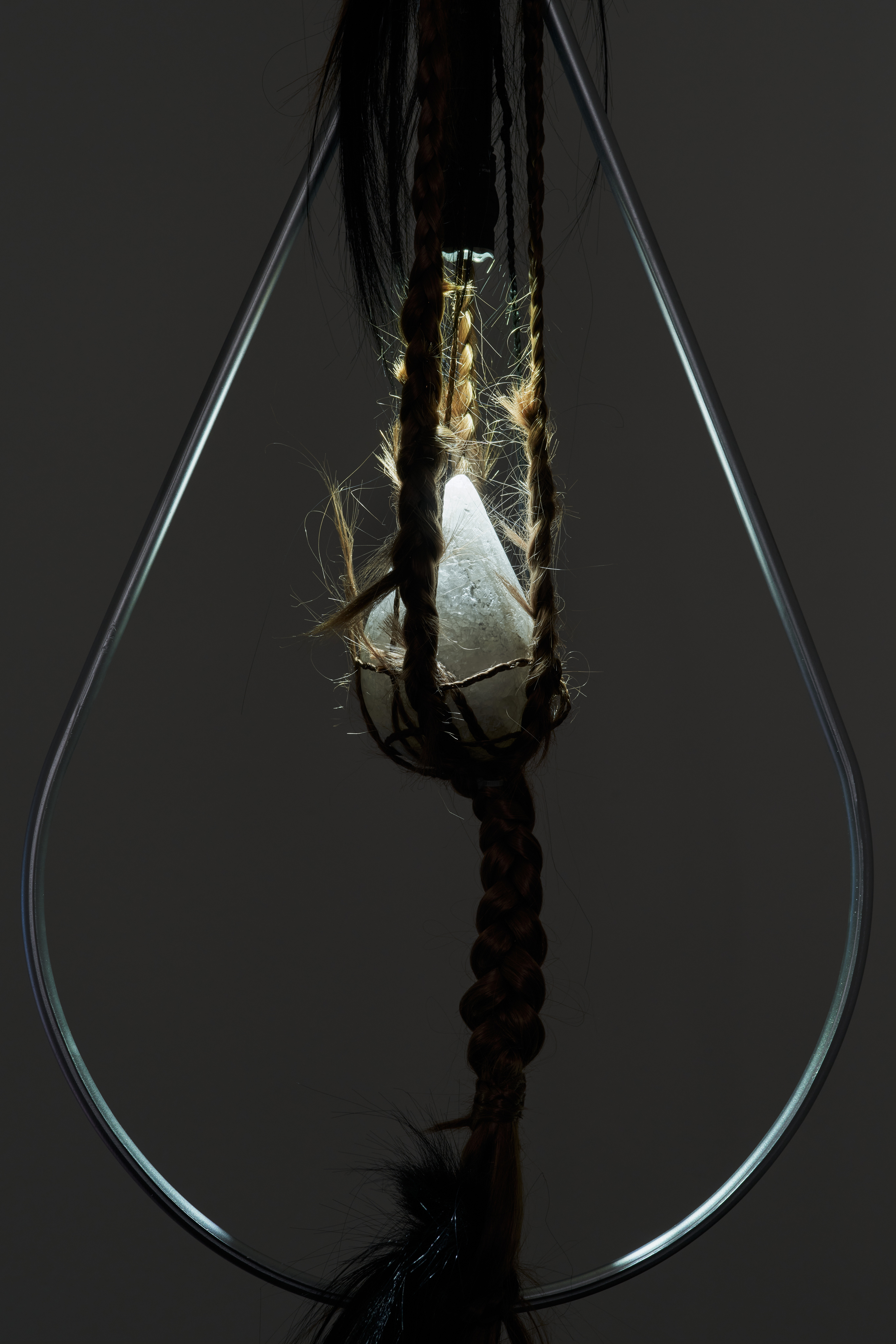
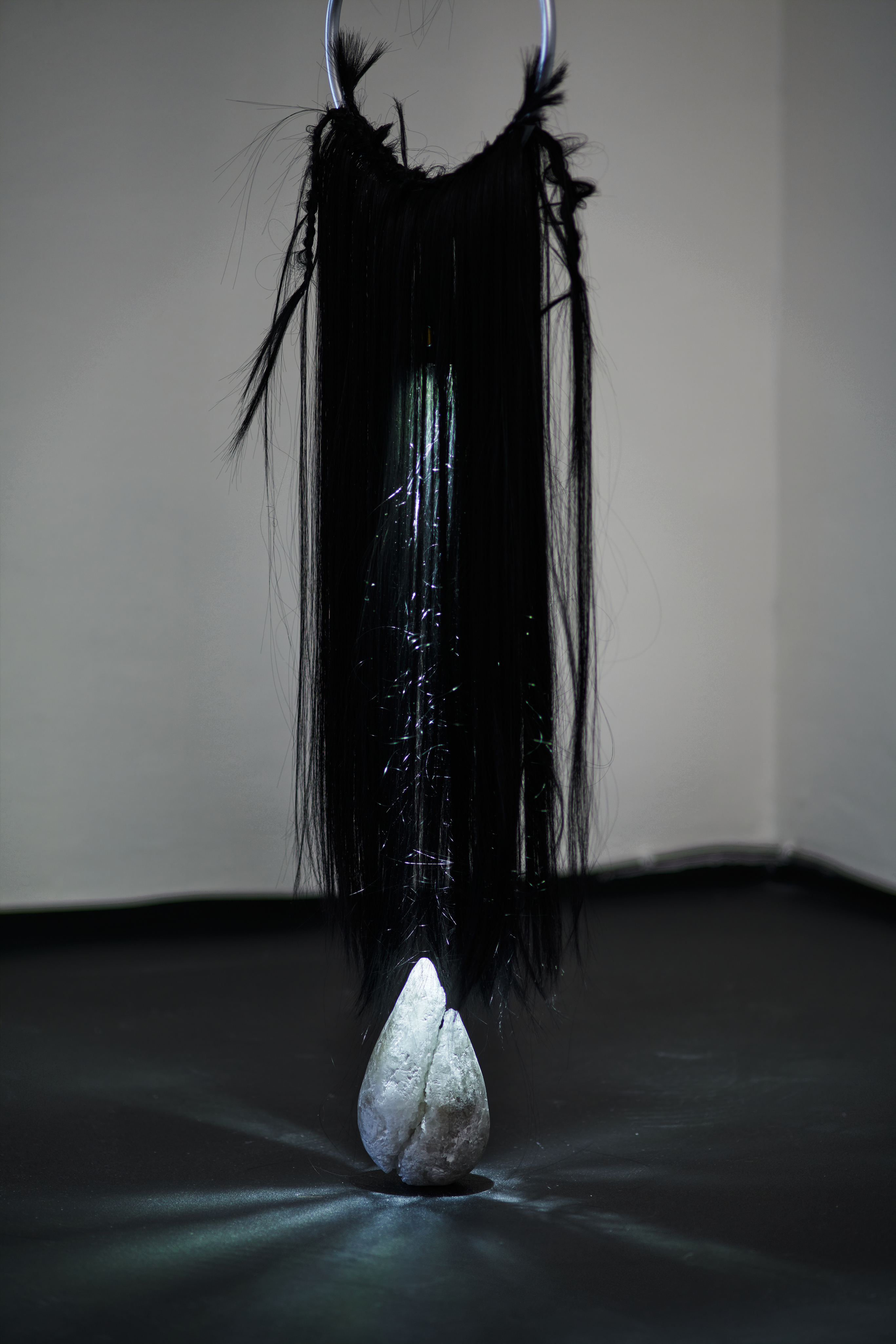

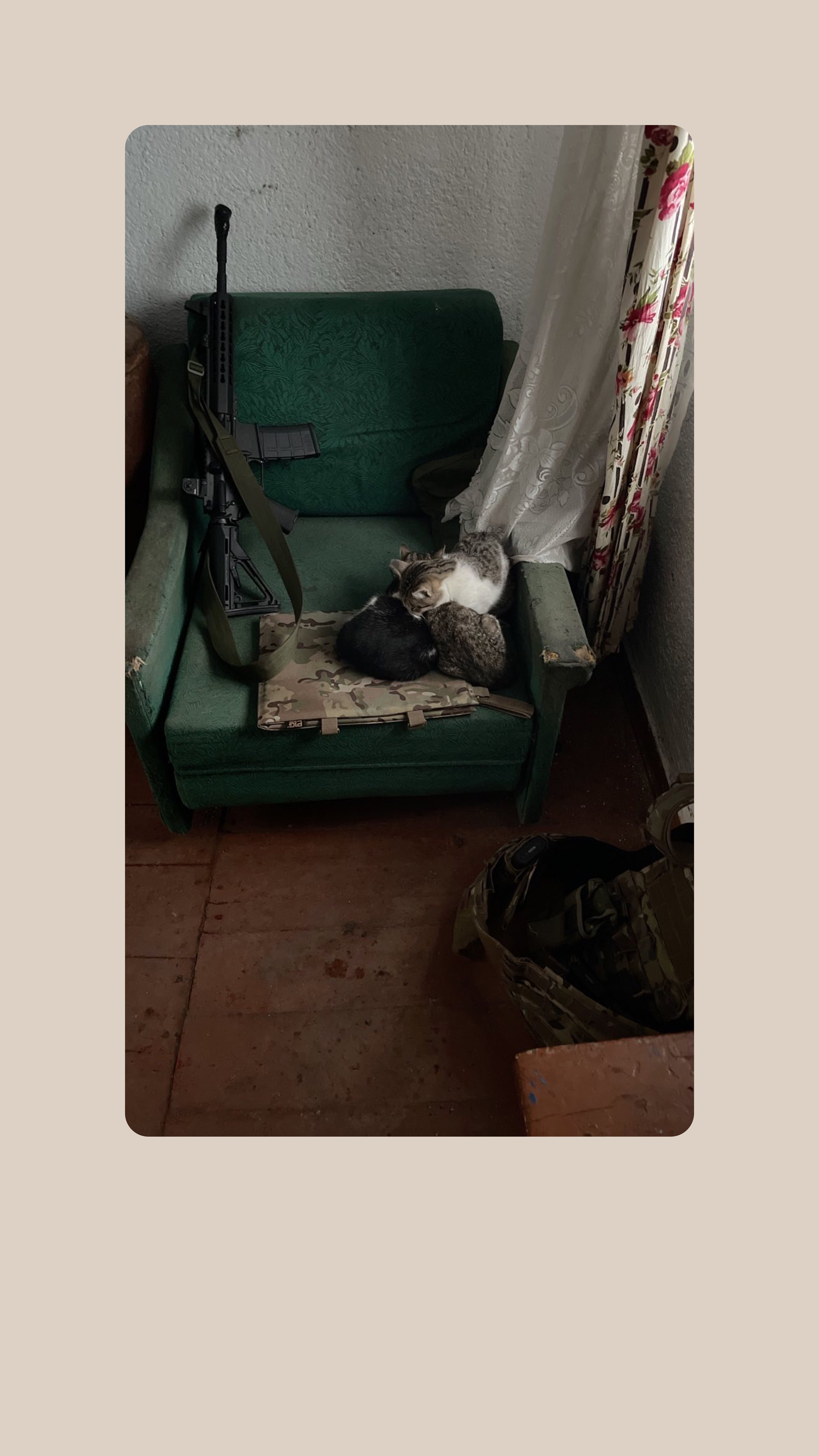
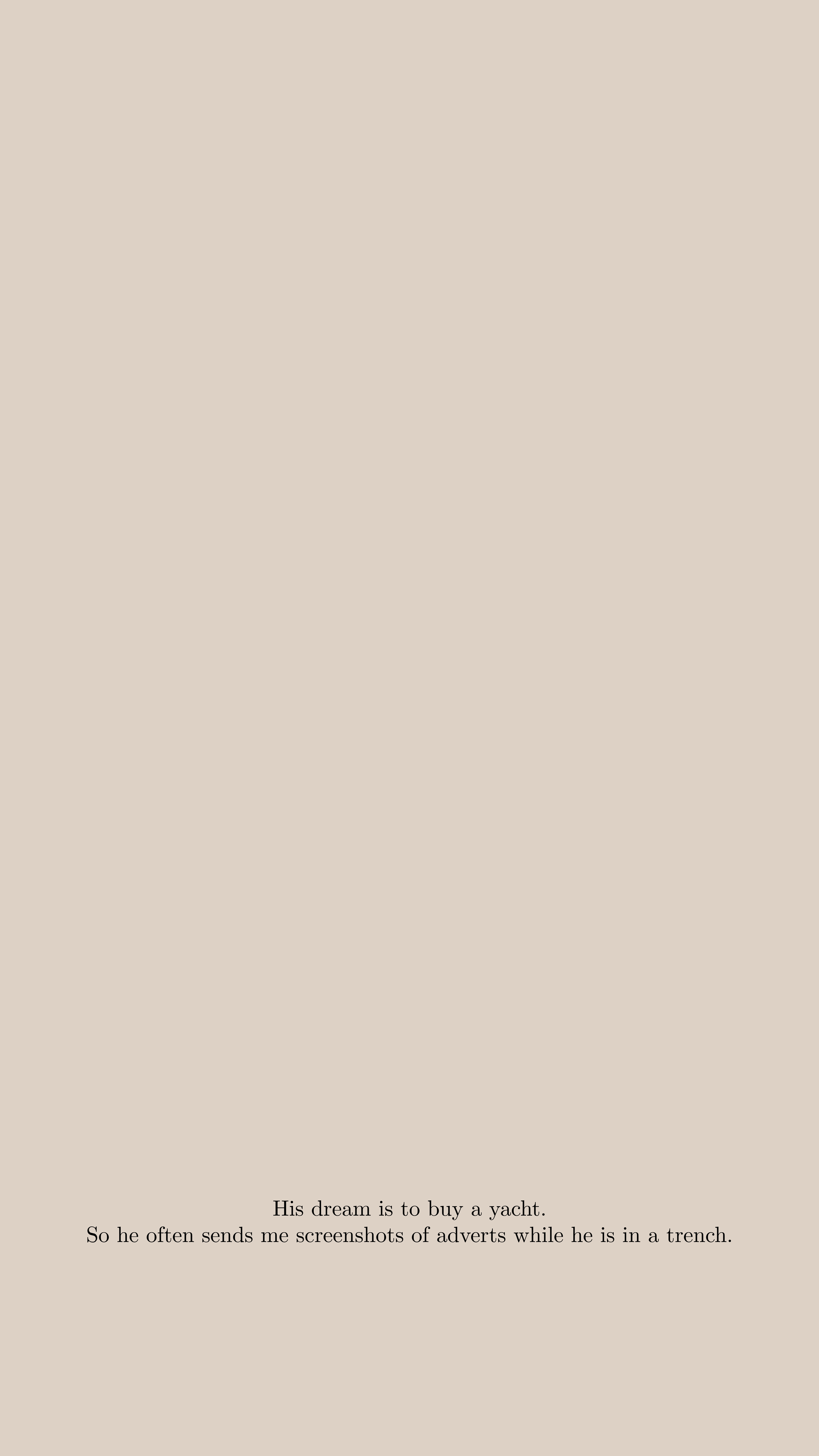
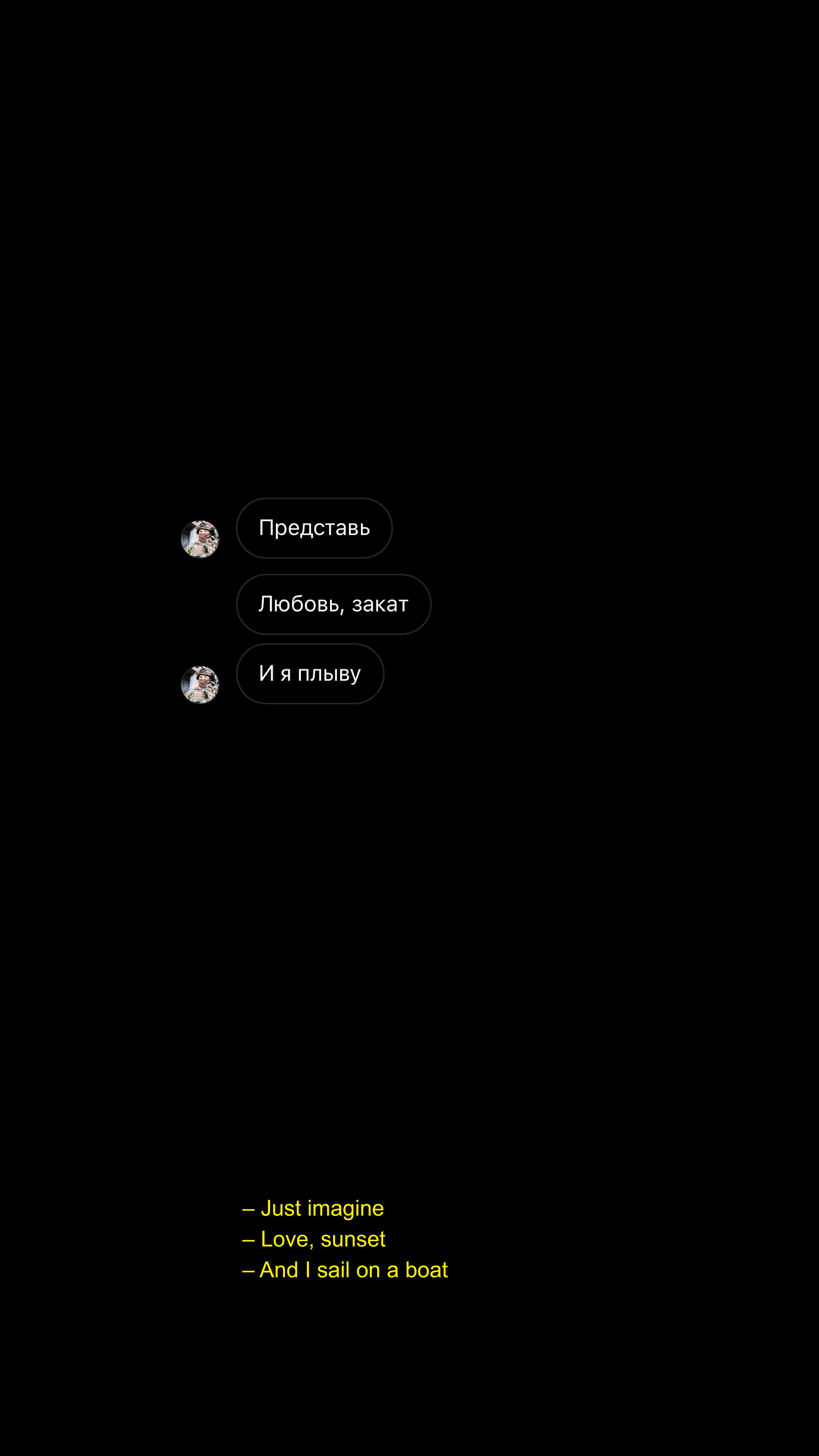
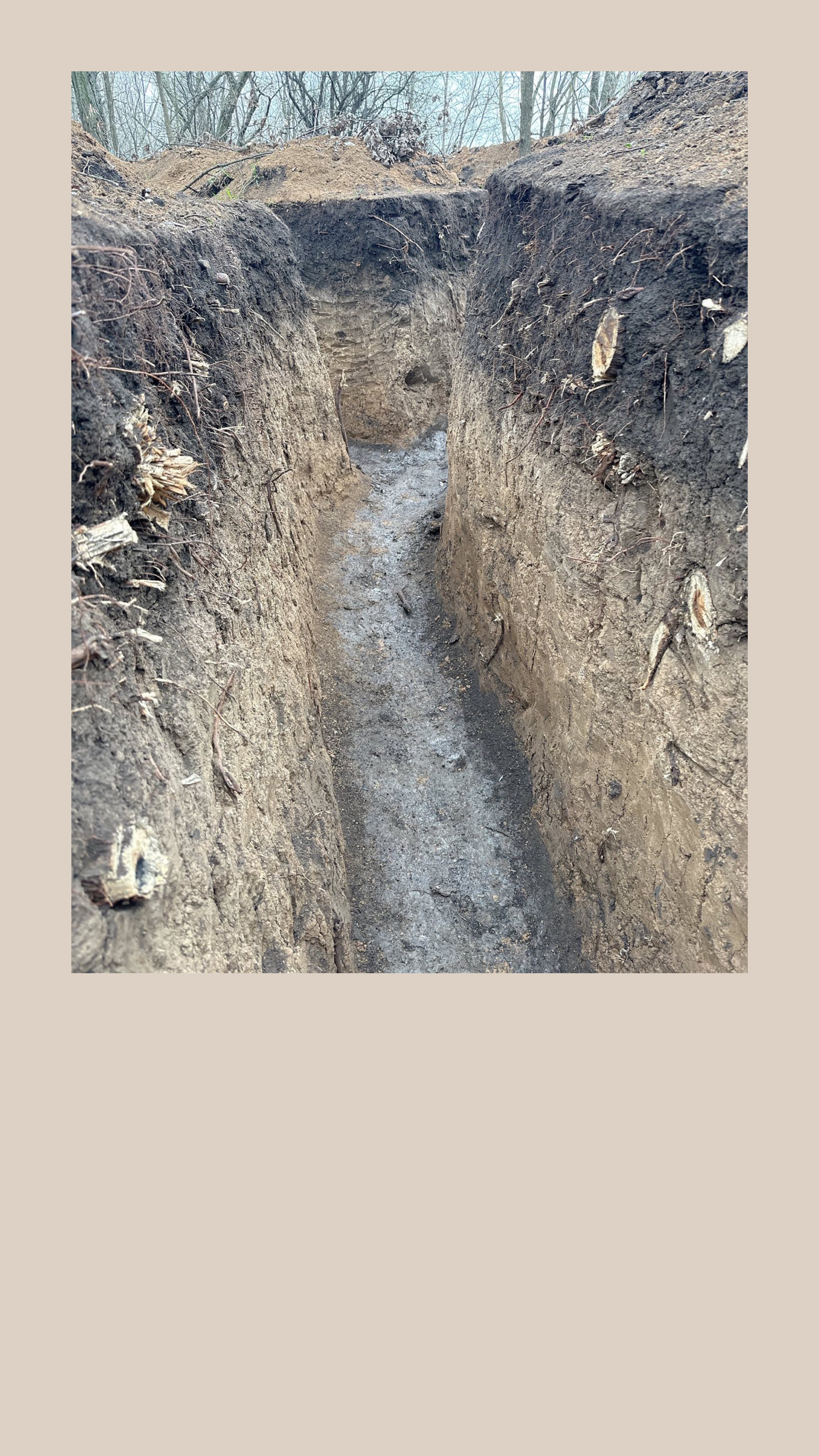

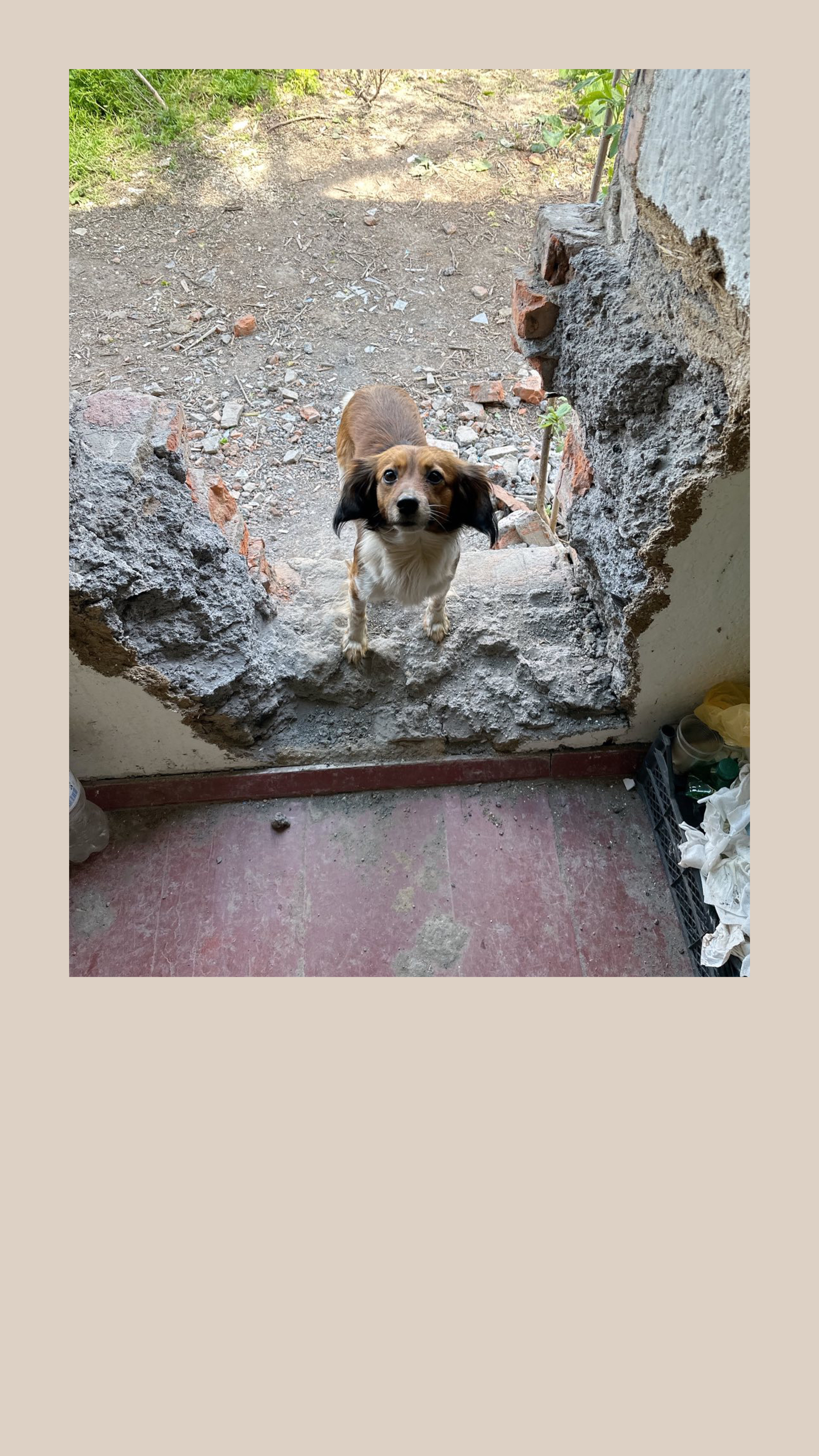
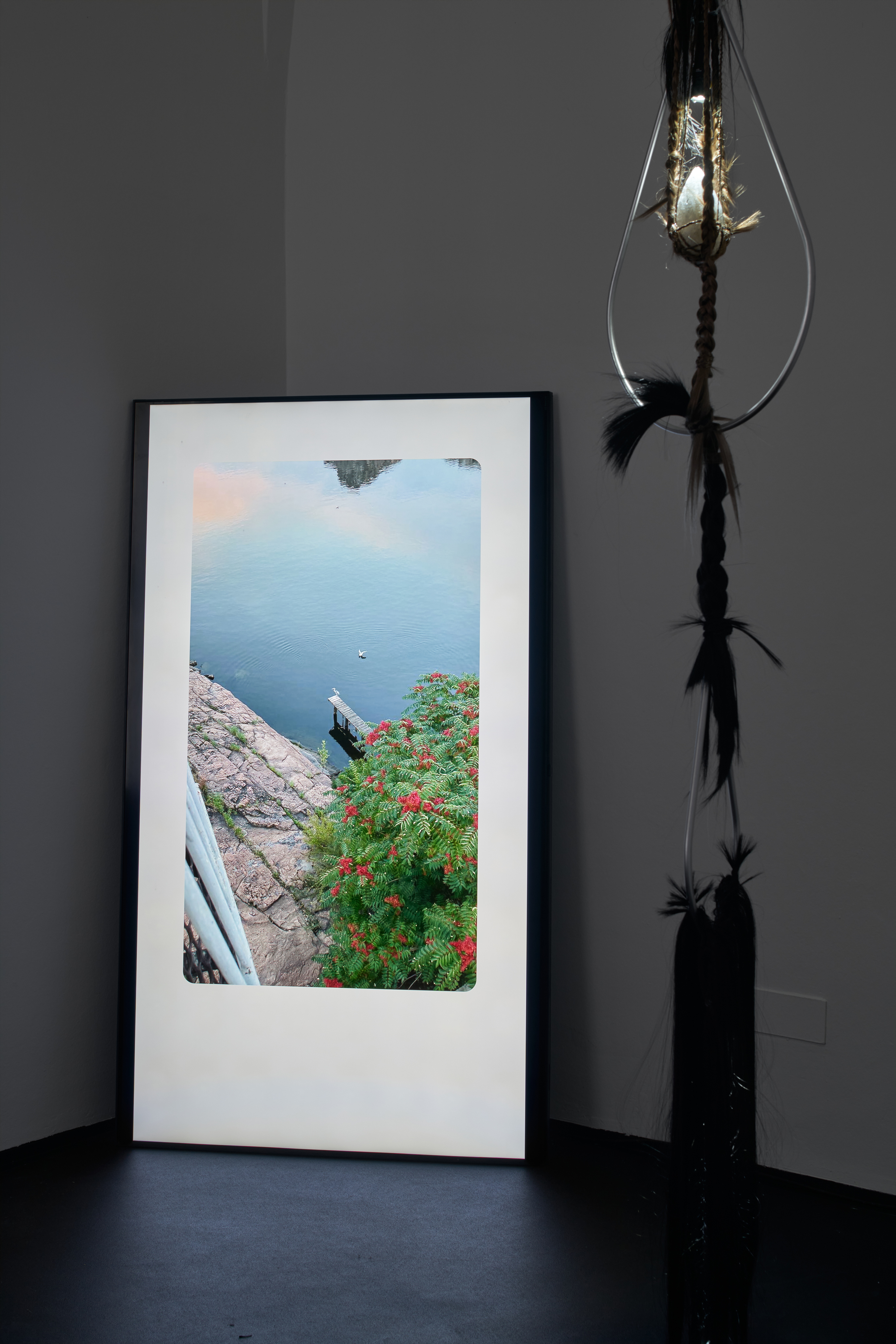
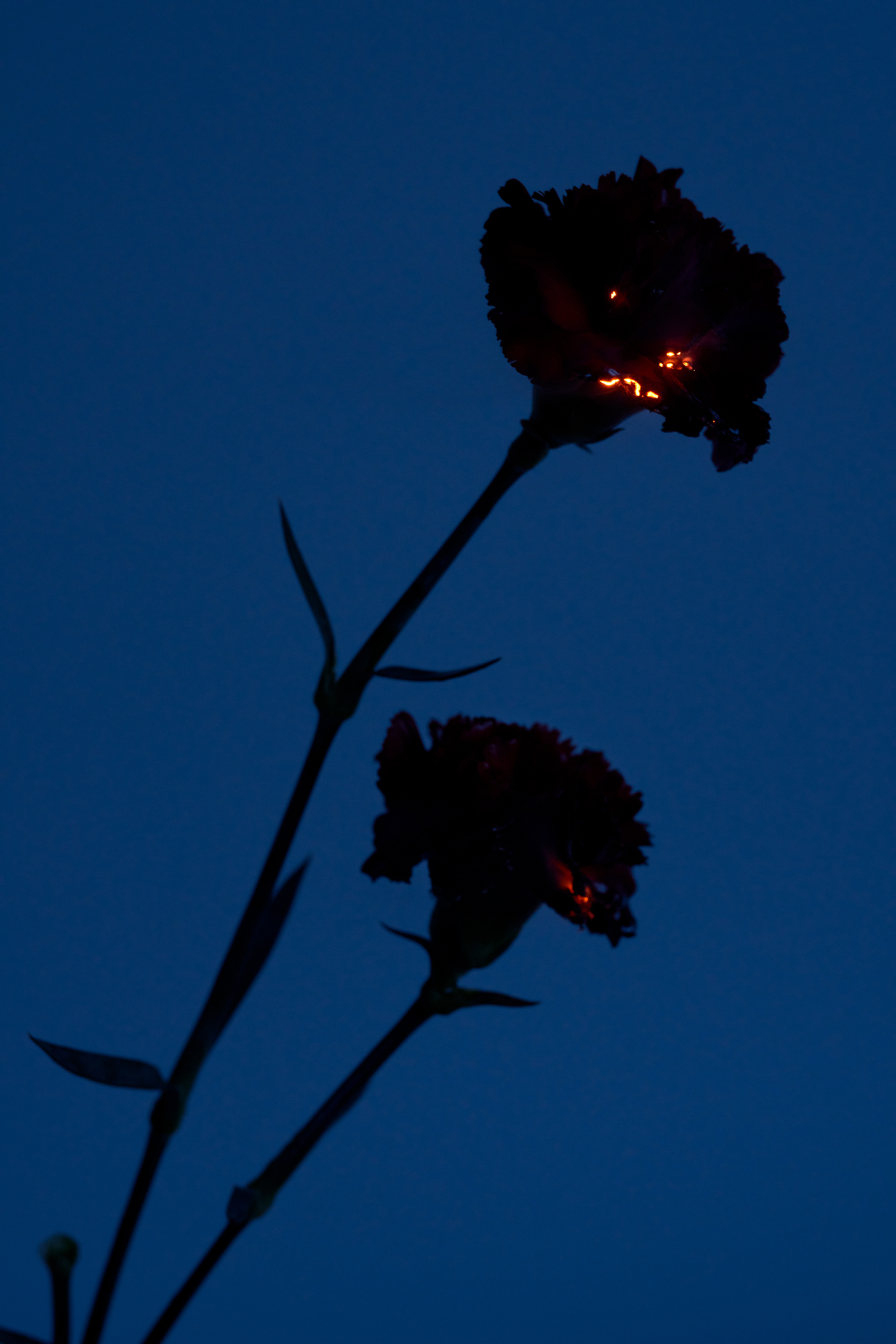
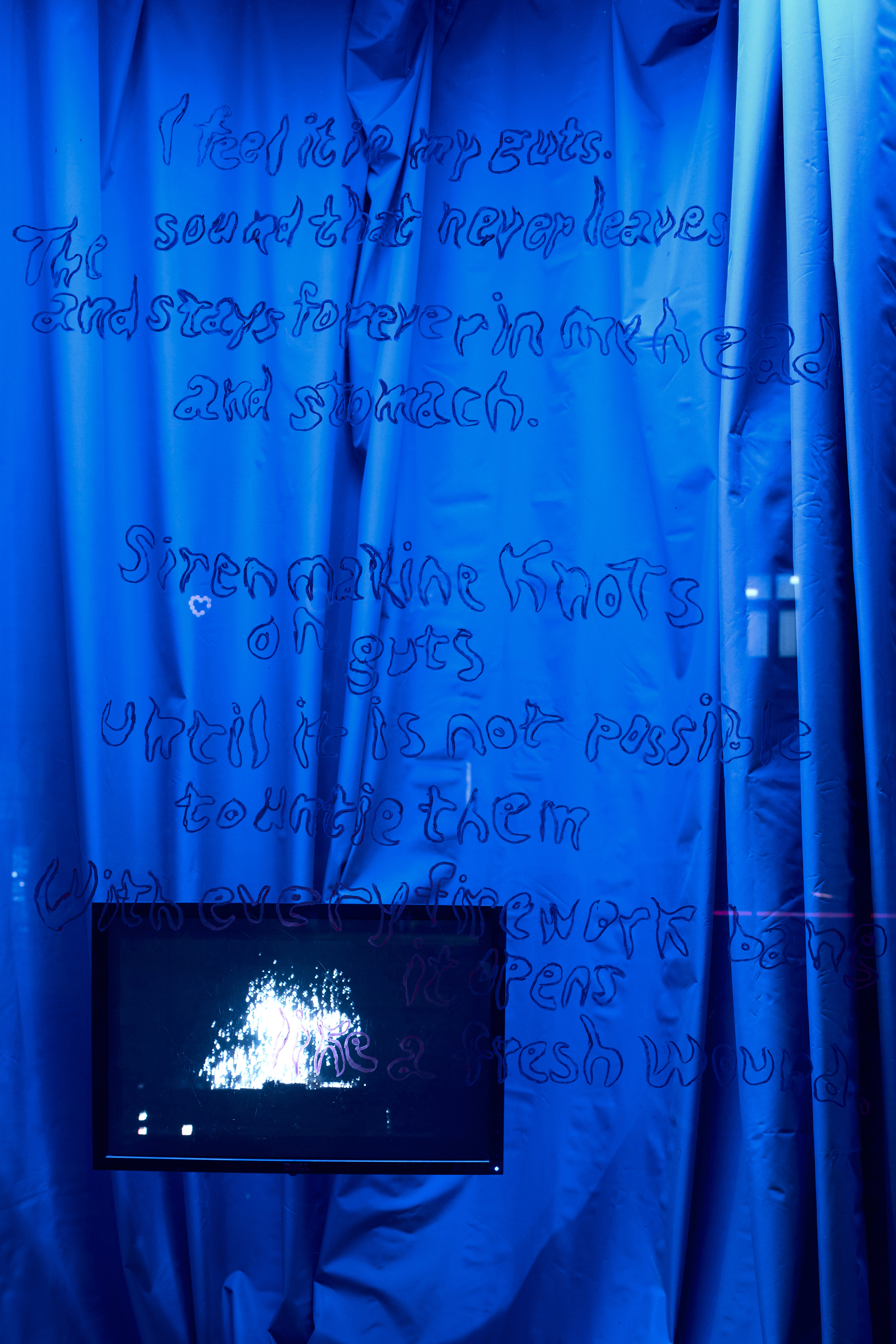
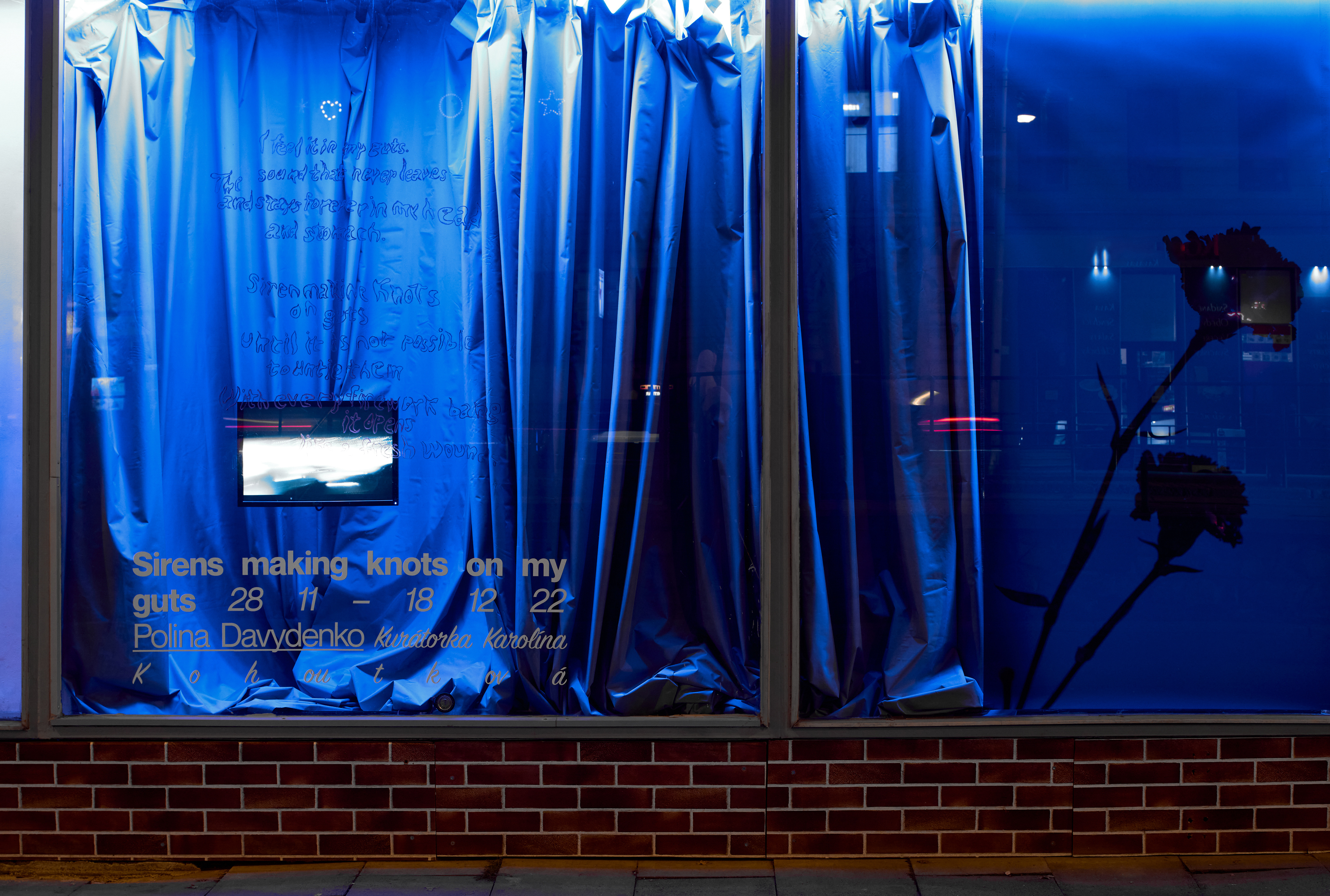
Polina Davydenko uses the anthropomorphized figure of the solitary wasp, Kutilka, classified as an invasive species, as a metaphor for a person who has been forced to leave his own home and now struggles with feelings of rejection, uprootedness, and unequal status in his new environment. The society in which she is trying to find a new home places higher demands on her simply because of her immigrant status. At the same time does not give any hope that this expected higher level of effort will ever be appreciated in any additional way. The film mixes elements of nature documentary, costume “TV” fable, and 3D animated passages.
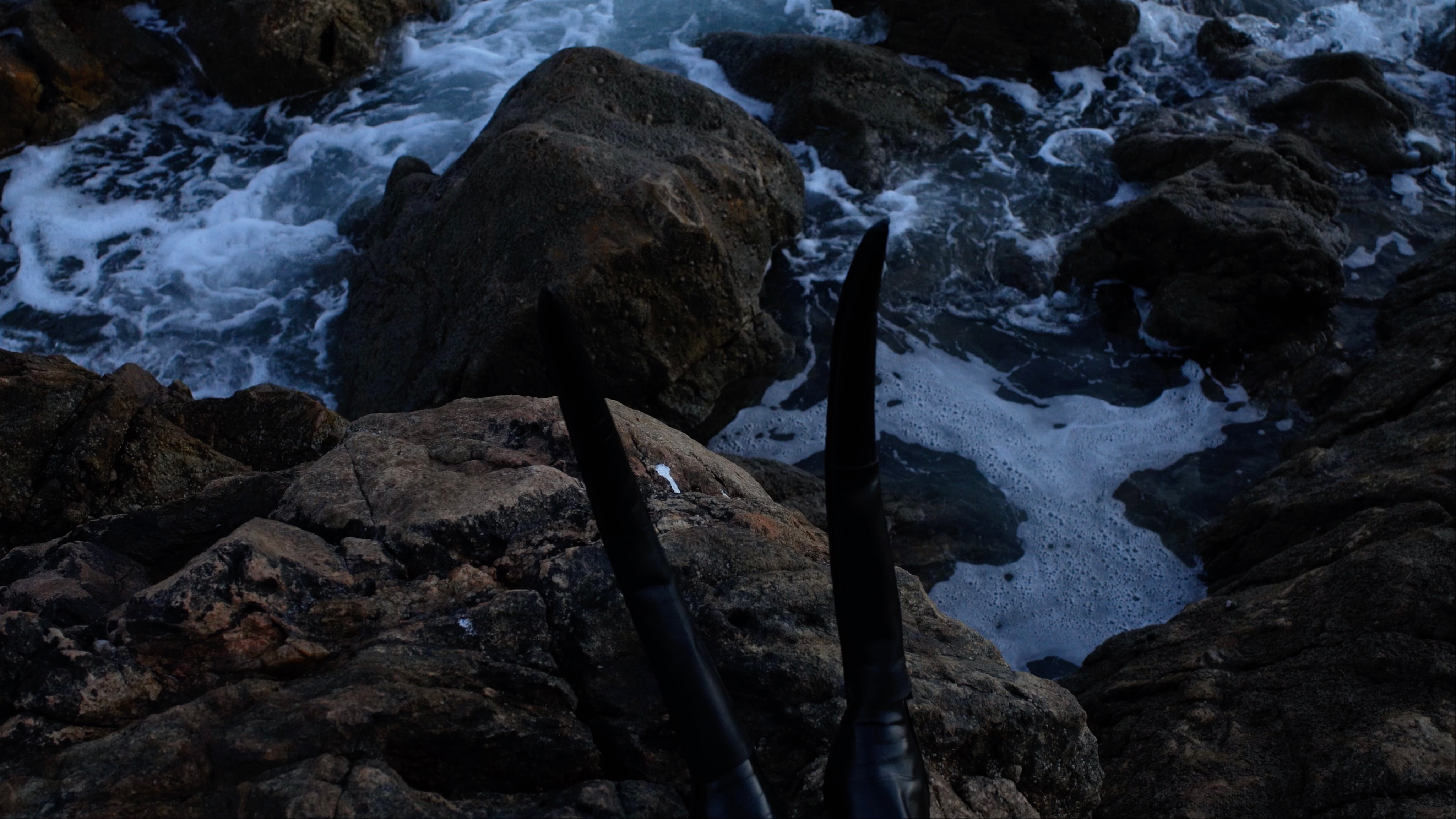
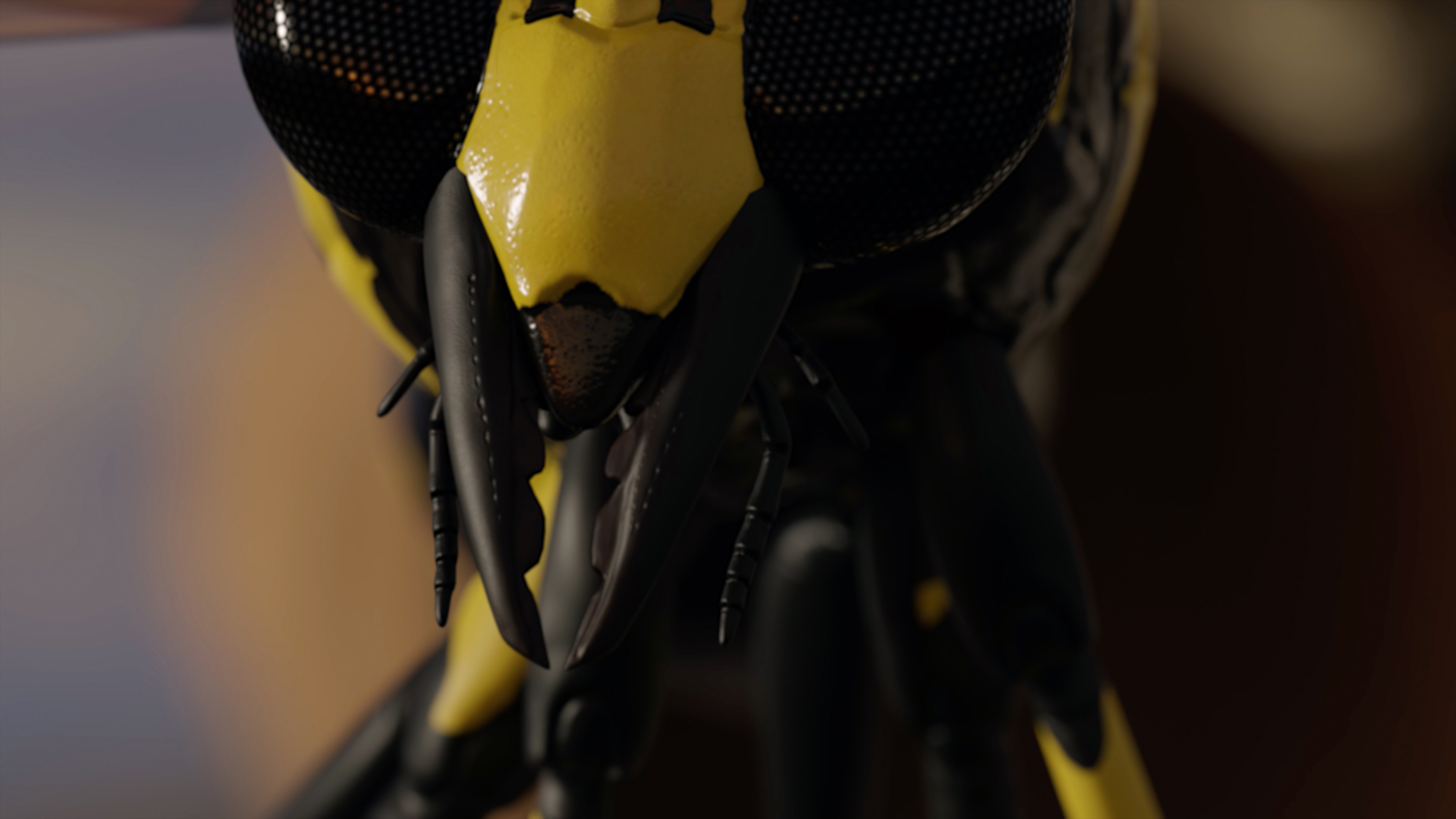
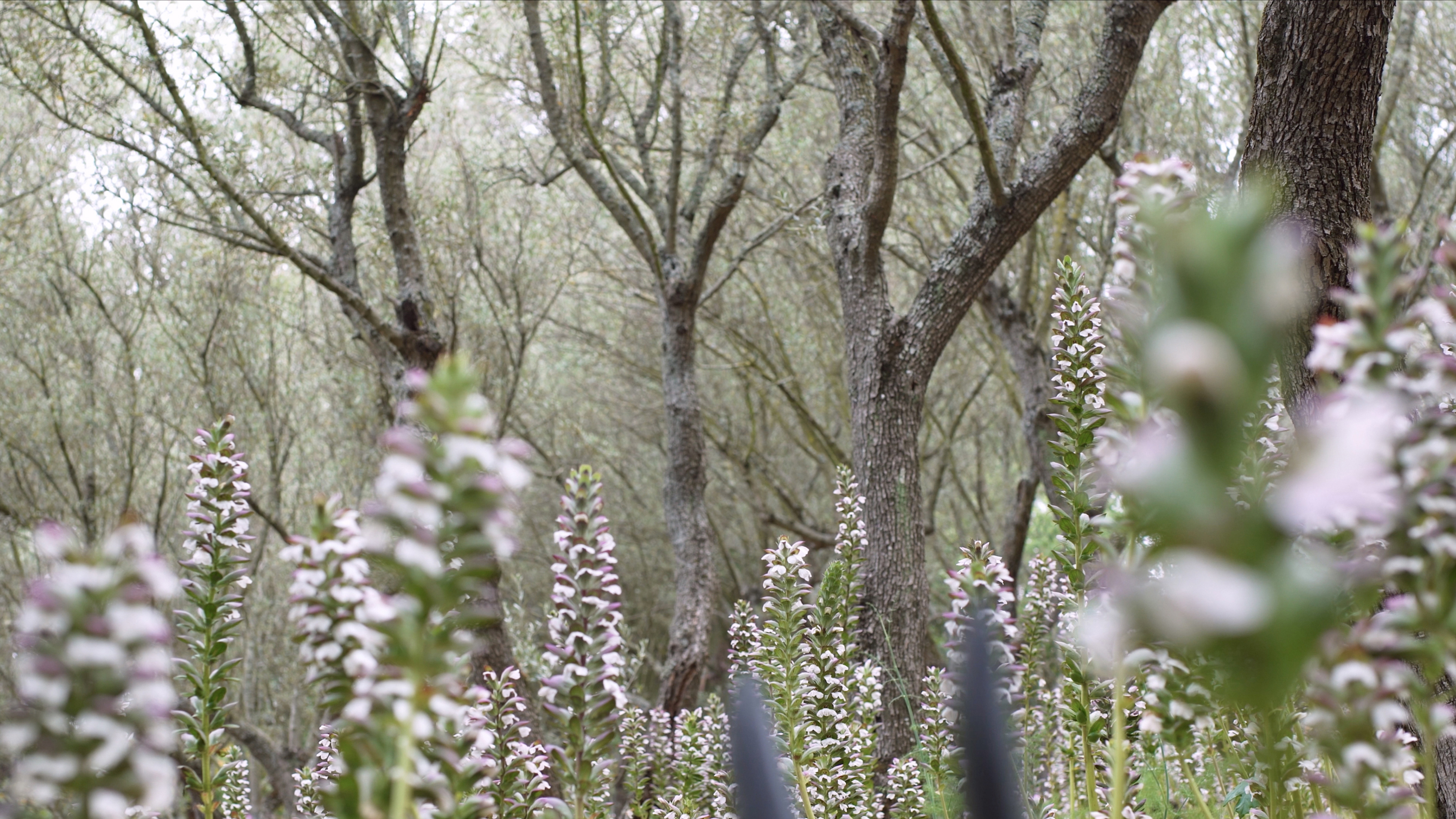
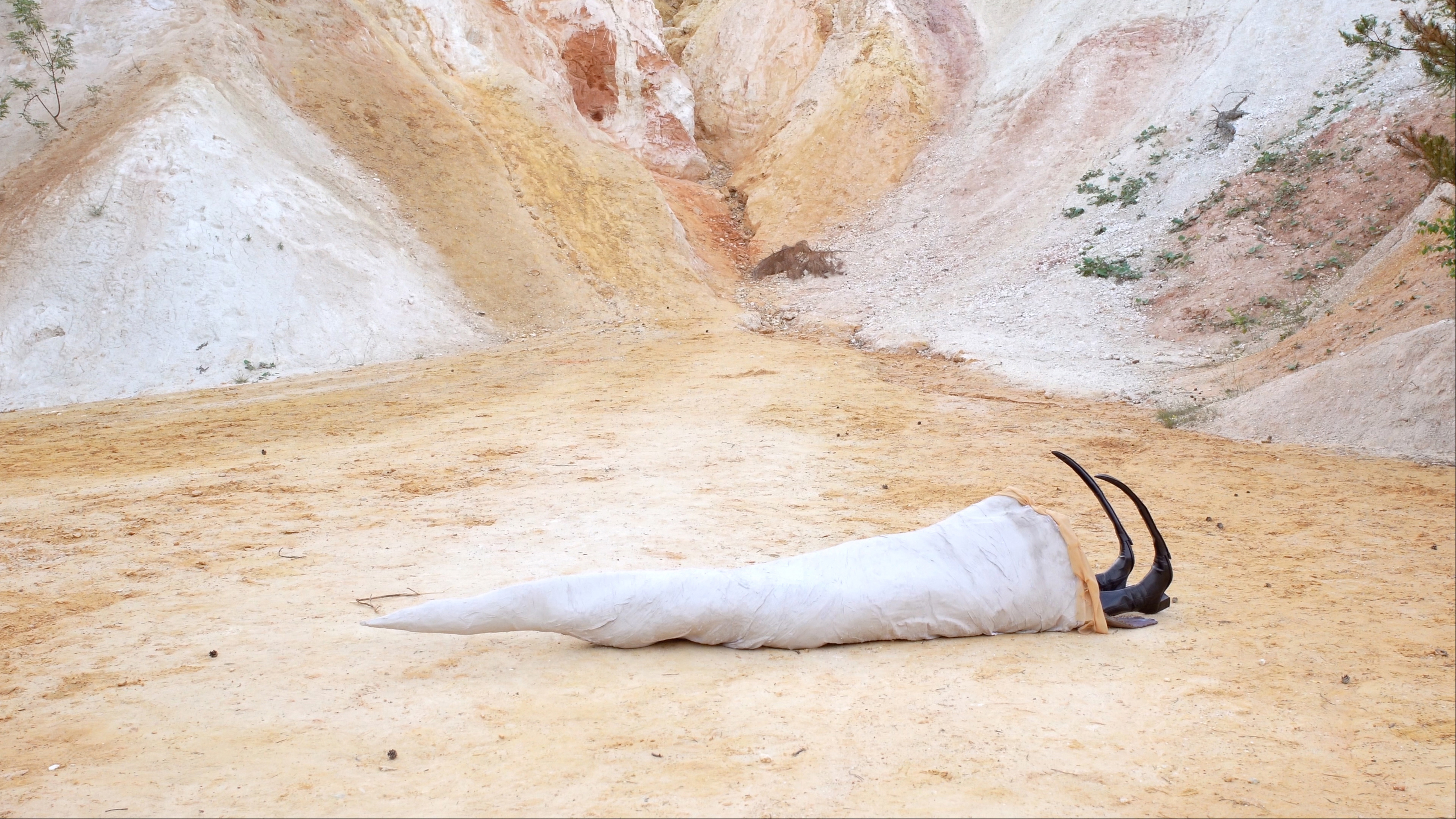
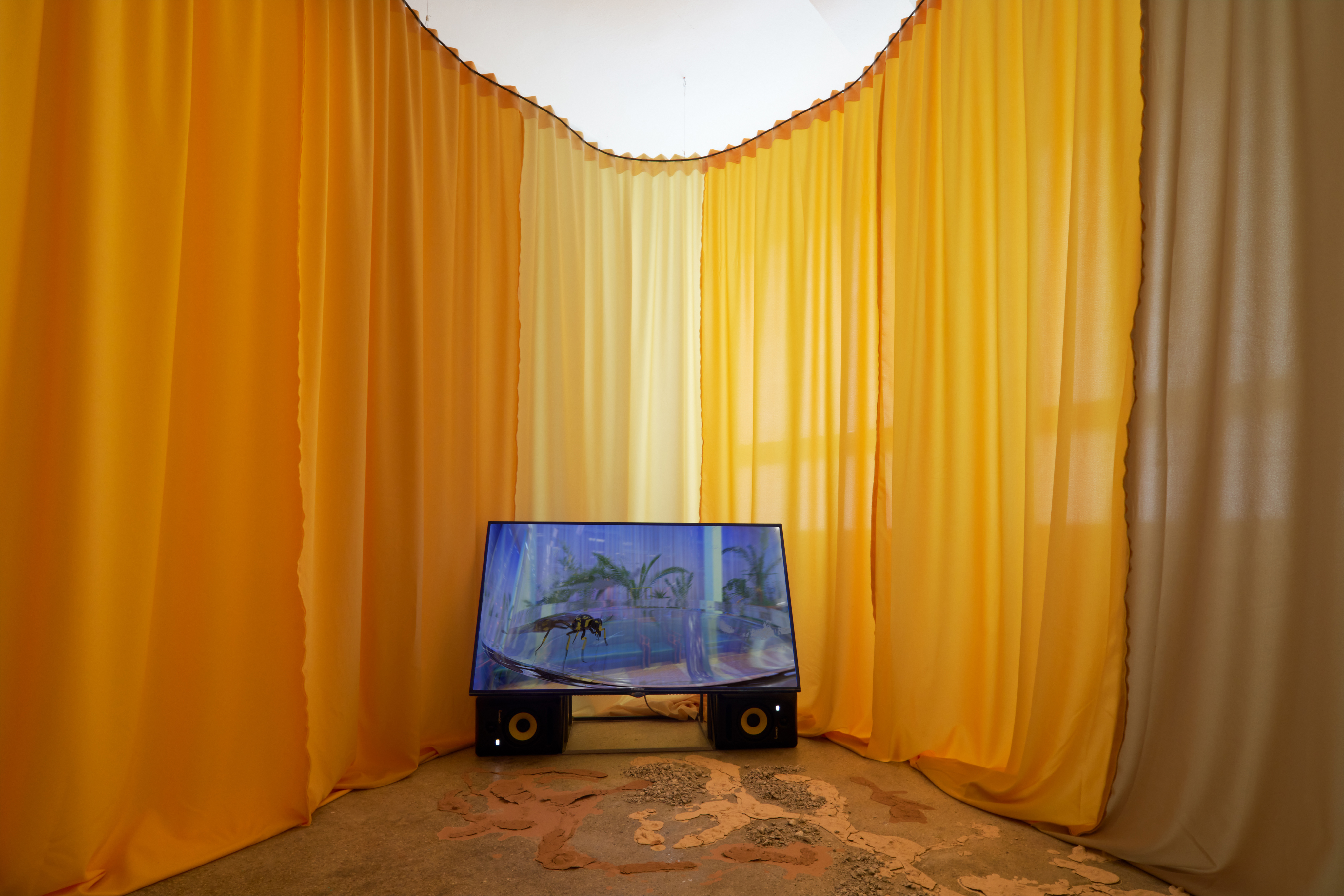

The main narrator is a piece of coal that sings a ballad about the city of Dobropolje and asks why some habits are so far beyond the boundaries. A fraction of coal compares the whole mechanism of a mining town to a beehive. Honey is taken from bees and replaced with sugar. Similarly, I perceive a mining town maintained only in exchange of coal for money and products. The ubiquitous coal mining that keeps the entire city alive can be heard and seen, but nobody pays attention to this. Like tinnitus, whistling in the ears disappears and appears depending on how much attention we pay.
